New Secretary begins at DVA
Ms Alison Frame began her fiveyear appointment as DVA Secretary on 23 January 2023. She has also become President of the Repatriation Commission and Chair of the Military Rehabilitation and Compensation Commission.

Ms Frame’s previous role was at the Department of the Prime Minister and Cabinet where she was Deputy Secretary, Social Policy. She has been a senior public servant for both the Australian and New South Wales governments in a range of complex service delivery and policy roles. Ms Frame brings significant experience working with stakeholders and leading staff to deliver positive outcomes for the community.
Prime Minister Anthony Albanese announced the appointment on 15 December.
‘I congratulate Alison and look forward to working with her in this new capacity,’ Mr Albanese said.
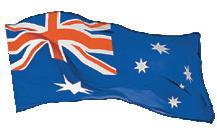
Secretary Frame outlined her priorities to staff soon after arriving.
‘My immediate priorities are to deepen my understanding of the work of DVA with a particular focus on implementation of the recommendations of the Interim Report of the Royal Commission, and engaging with the veteran community,’ Ms Frame said.


Read the Secretary’s first Vetaffairs column overleaf.
Veterans’ Legislation Reform Consultation Pathway takes shape
reform, which confirmed that there is support for simplification and harmonisation of veterans’ legislation.
The proposed pathway to simplify veterans' legislation opened for public consultation on 16 February 2023. Submissions close on 12 May 2023.
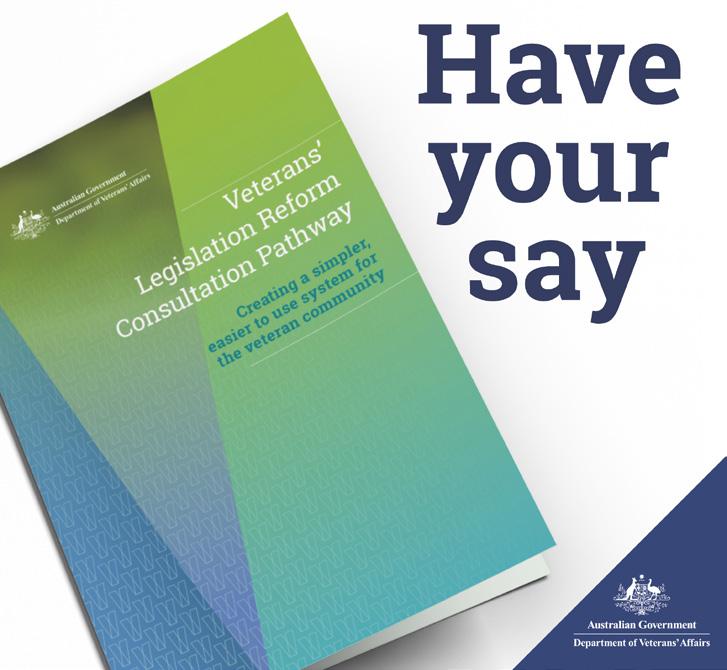
The proposed pathway seeks to reform more than a century of veterans’ entitlement legislation.
The consultation process will inform the way forward for the Government to simplify veterans’ legislation.
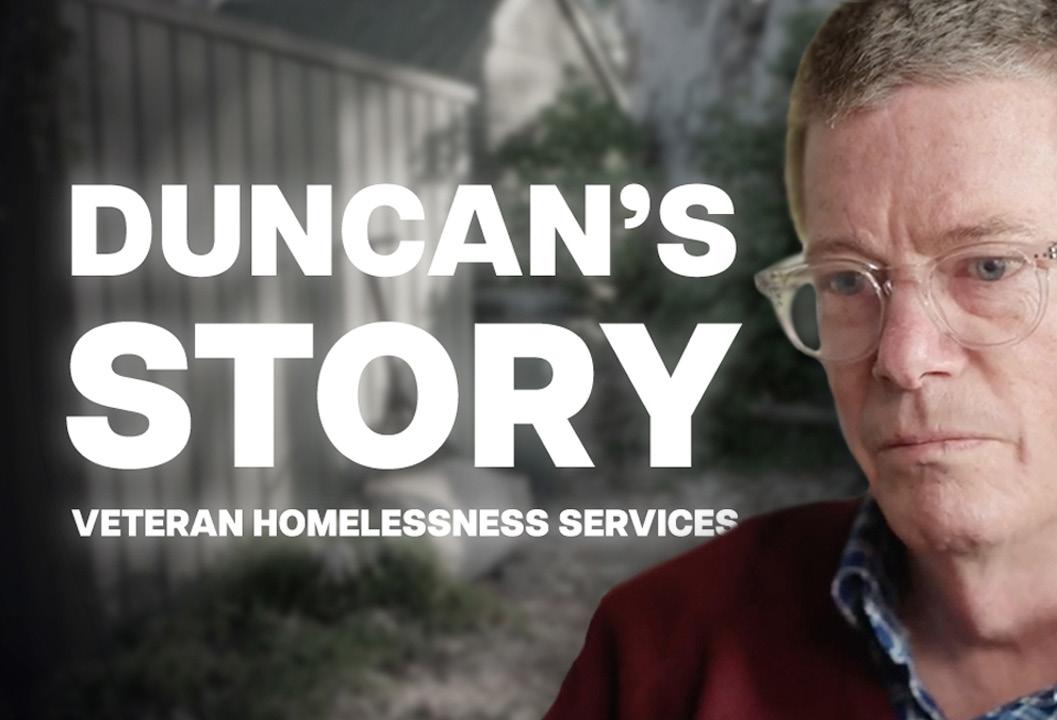
The Government announced in February that public consultation on a Legislation Reform Pathway to simplify veteran compensation and rehabilitation legislation is underway.
In September 2022, the Government accepted Recommendation 1 of the Interim Report from the Royal Commission into Defence and Veteran Suicide, agreeing there was a need to simplify the existing legislation.

Preliminary consultation was undertaken last year about recommendations made by the Productivity Commission and the Royal Commission in relation to legislative
The Pathway for consultation anticipates:
• New claims under existing schemes will cease after a transition period, from which point all new veteran claims will be dealt with under an improved Military Rehabilitation and Compensation Act 2004 (MRCA) as the sole ongoing Act. The MRCA currently services the majority of claims.
• All benefits under existing schemes will continue unaffected. New claims or claims relating to conditions which have worsened will instead be covered by the single ongoing Act. Current payment rates will be maintained and indexed normally.
Every member of the veteran community will have the chance to provide their views about the proposal. Ex-service organisations will have a chance to provide their views through ESORT and other consultative forums, including Deputy Commissioner Consultative Forums. DVA will also host webinars to answer questions and seek views on the proposal. Minister for Veterans’ Affairs Matt Keogh will be discussing the proposal with key members of the ex-service community across Australia.
Minister Keogh said the Government is committed to a thorough and considered process, which will deliver a better future for veterans and their families.
More information on the Pathway, and an opportunity to provide feedback can be found on the DVA website (dva.gov.au/ legislationconsultation2023).
ISSN 0819-8934 DVA’S FREE NEWSPAPER FOR AUSTRALIA'S VETERAN COMMUNITY VETAFFAIRS Vol. 39 No. 1 April 2023 CONTENTS Veterans’ and Families Hubs expansion 5 Support for homeless veterans 7 Operation Digger – archaeology and veteran wellbeing 20 NEWS .............................................. 2–7 HEALTH & WELLBEING ...................8–11 WIDOWS’ NEWS 12–13 ESO NEWS 14–16 TRANSITIONING WELL 17 FAMILIES........................................... 18 FEATURES .................................. 19–22 BOOKSHELF 23 COMMEMORATIONS 24–29 AUSTRALIAN WAR MEMORIAL........... 30 NOTICEBOARD............................. 31–32
50 years since end of Australia's involvement in the Vietnam War 26–27
The Department of Veterans’ Affairs respects and gives thanks to all who have served in our Defence Force, and the families who support them.
DVA Secretary Alison Frame
I took up my role as Secretary of the Department of Veterans’ Affairs on 23 January 2023. It is a huge honour and a great responsibility.
In my short time here, I have been struck by the passion of our staff. In every corner of DVA I have met dedicated, enthusiastic and compassionate people who are deeply committed to doing the best they can for the veteran community.
As the department’s Secretary, my job is to harness that commitment, to provide the support and services the veteran community deserves.
Military service is unique. Every time someone puts on an Australian Defence Force uniform it is an act of bravery and self-sacrifice. It carries considerable personal risk and burdens. Upon leaving service, there can be challenges to successfully re-enter civilian life. DVA’s purpose is to smooth that transition and provide support and wellbeing services when and where they are needed to veterans and their families.
This is why it is distressing to acknowledge we have failed some members of our veteran community. Evidence of this has emerged in the continuing Royal Commission into Defence and Veteran Suicide, and DVA is grappling with a backlog of compensation claims.
But the Royal Commission has provided an opportunity to improve our service delivery.
This work is already underway and I want to thank my predecessor, Liz Cosson, for the transformational changes she made to DVA. It is now my priority to build on these changes.
First and foremost, our priority is to eliminate the claims backlog. With that in mind, the Australian Government has invested more than $226 million for us to employ 500 additional staff. Right now, we are working to get them trained and ready to clear the claims, so our
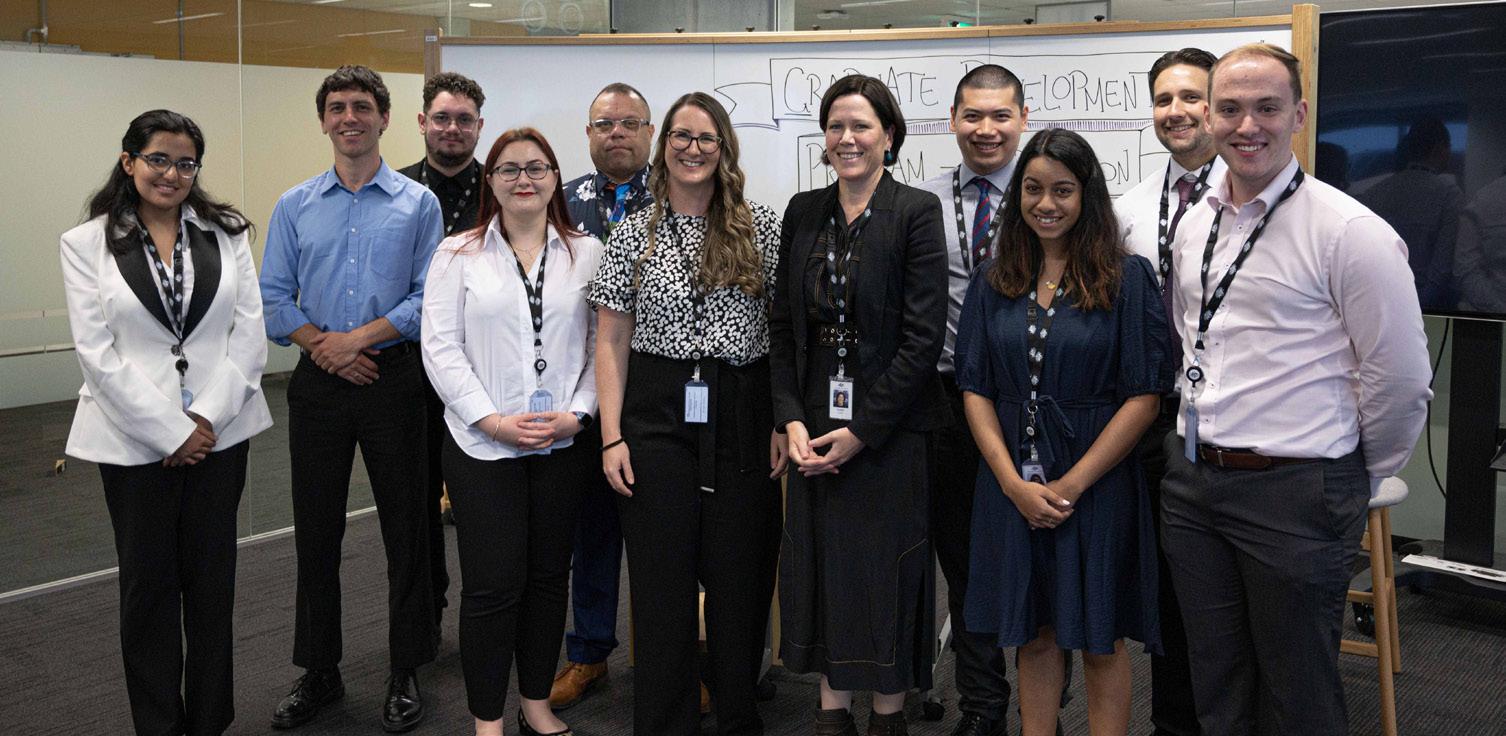
FROM THE DEPARTMENT
Alison Frame Secretary, Department of Veterans’ Affairs

services can reach the people who need them.
That is a practical first step, but we need to go beyond this. We need to consider what caused the backlog, and then make changes to ensure it cannot happen again. To that end, as we look to the future, there are three areas DVA will be improving.
First, it is clear that DVA’s legislative arrangements are not fit for purpose. Currently, there are three Acts under which a veteran or family member may be eligible to receive compensation, rehabilitation or other entitlements. A further 850 legislative instruments sit under these Acts, resulting in a complex web that needs to be navigated before a veteran can receive the support they need. This is unacceptable, and has contributed to the backlog.
If a veteran needs support they should receive it as soon as possible. The current arrangements hamper that goal. So DVA is working with the Government to streamline the framework, and a consultation process is already underway. This is a critical piece of work and I encourage you all to get involved in the consultation process.
First
Second, DVA needs to modernise our information communications technology. Right now, many of the department’s core functions are carried out on aging computer systems. When we update these systems it will increase our efficiency and allow us to process claims faster.
Third, DVA needs to get better at planning for the future. Among other things, this means further strengthening our relationship with the Department of Defence. We need to better understand what
is happening in the ADF. That means its size, the timing and nature of deployments, its shifting demographic profile, the nature of service and injury, as well as its various policy and operational settings.
Knowing what the ADF looks like today means we will know what our veteran community will look like tomorrow. We will be better placed to anticipate future demands on DVA’s services as the current ADF cohort transitions back to civilian life. This will allow us to forecast the future and plan accordingly. When DVA is able to draw on higher quality data, we will be better placed to avoid a repeat of the claims backlog.
This is an exciting time for DVA. Our future priorities for the year ahead are clear, we know what needs
to be done, and I am keen to get on with the work to deliver outcomes for the veteran community. When we get these settings right, DVA will be better able to achieve our core objective—to honour, support and empower veterans and families by all the means at our disposal.
Those who have served our nation are remarkable people. They made a commitment to defend Australia and to protect the values we all hold dear. I am determined that DVA uphold our promise to repay their commitment in kind. I know every member of the department takes that commitment seriously, and wants to see it fulfilled. I look forward to guiding us towards delivering the best support and services for those who have served Australia.

2 Vetaffairs April 2023 NEWS Vetaffairs is published by the Department of Veterans’ Affairs as a free newspaper for Australia’s veteran community. Editor: Conan Elphicke email: vetaffairs@dva.gov.au mail: GPO Box 9998 Brisbane, QLD 4001 Follow DVA on Facebook and Twitter: DVAAus Browse DVA on YouTube.com/DVATVaus If you have an enquiry for DVA phone: freecall 1800 VETERAN (1800 838 372) web: dva.gov.au
and foremost, our priority is to eliminate the claims backlog.
Attending the Last Post Ceremony at the Australian War Memorial with Repatriation Commissioner Don Spinks AM
With the latest cohort of graduates starting at the department
When an Australian signs up to our Defence Force, they make a solemn vow to defend Australia, to operate in support of our national interest.
That is why, as a Government and as a nation we have a solemn obligation to look after our Defence Force personnel, veterans and families. To ensure that for those who find themselves needing support – that it is readily available.
It is abundantly clear that one of the greatest problems facing veterans who are seeking support from DVA is the complex legislative system that results in the convoluted, difficult to navigate and slow veterans’ compensation system we see today.
It is fair to say that consecutive Governments have not always lived up to their end of the bargain.
The Royal Commission into Defence and Veteran Suicide made a number of recommendations targeted at improving service delivery and we continue to work to address those. One of those recommendations called on the Government to simplify and harmonise the veteran compensation and rehabilitation legislation.
In February, I announced the Albanese Government proposed a pathway forward to reform more than a century of legislation and amendments. Under our proposed pathway, all new claims will be dealt with under a single Act – an improved Military Rehabilitation and Compensation Act,
FROM THE MINISTER
The Hon Matt Keogh MP Minister for Veterans’ Affairs and Minister for Defence Personnel
with existing claimants being grandparented with their existing entitlements.
Right now, public consultations are underway, seeking feedback on this proposed pathway that seeks to reform more than a century of legislation.
I strongly encourage you to have your say. Submissions on the pathway remain open until 12 May. More information is on the front page of this edition of Vetaffairs , and I also refer you to the DVA website (dva.gov.au/ legislationconsultation2023), where you can download our Veterans Legislation Reform Consultation Pathway document, review frequently asked questions and case studies and make a submission.
In March, I met with veteran-focused companies at the Avalon 2023 Australian International Airshow. Veterans make an amazing contribution to all sectors of the civilian workforce, but it is clear they play a particularly important role in the defence industry – and I’d like to recognise you all for your continued contribution to sovereign capability.
It was a huge honour to be the first Minister in the Defence portfolio to join Defence personnel marching in Mardi Gras, as part of World Pride. Our people in Defence, our personnel, are our most important capability. And it's certainly the case historically, and even sometimes recently, that not everyone in Defence has felt as valued as they should have been. I want to make sure everyone in our Defence Force, in the Department of Defence and in our broader veteran community is valued for the contribution, skills and capability that they bring. Our diversity is a strength and enhances our capability.

One of the Government’s main priorities, and election commitments, is the roll-out of the Veterans’ & Families’ Hubs. I’ve been engaging with local communities around the country with the highest concentration of veterans on what they would like to see in the new Hubs, to meet their needs, rather than taking a cookie-cutter approach. Soon, I will make announcements about the exact locations of the new hubs, as well as the organisations selected to operate them – that selection process is now underway.
I want to thank the Defence personnel, veterans, families and ex-service organisations around the country that have been so generous with their time, contributing to consultation sessions with me, be they focused on our new Veterans’ & Families’ Hubs or our Veterans' Legislation Reform Consultation Pathway. I greatly value your feedback. I can't wait to see what we can achieve together for a better future for our veterans and families.
Finally, this will be my first Anzac Day as Minister for Veterans’ Affairs. It will be a sombre reminder of what members of Australia’s military have sacrificed over the last century and more. As we approach Anzac Day, I thank you and your families for your service and sacrifice. Lest we forget.

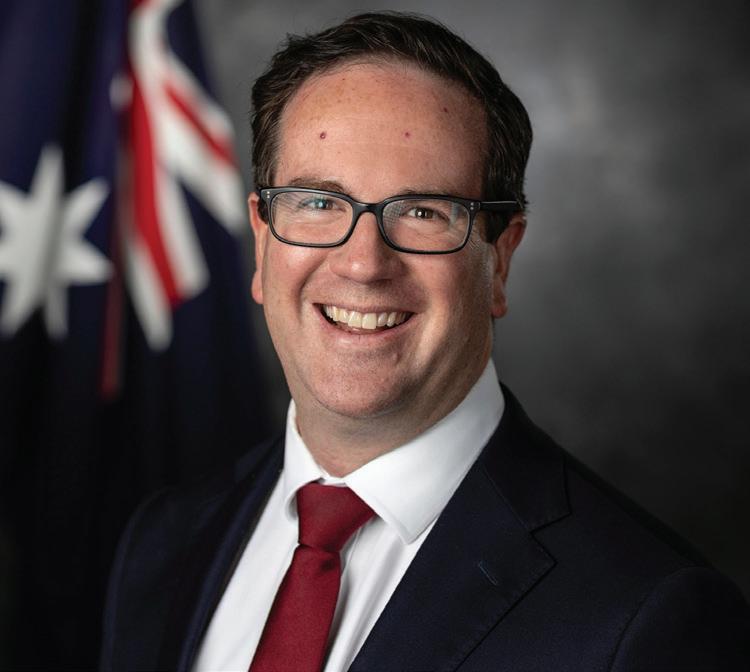
April 2023 Vetaffairs 3 NEWS
Prime Minister Anthony Albanese joins Minister Keogh and Assistant Minister Thistlethwaite to march with Defence personnel at Mardi Gras 2023.
Attending the Last Post Service at the commencement of the Parliamentary year
I want to thank the Defence personnel, veterans, families and ex-service organisations around the country that have been so generous with their time, contributing to consultation sessions with me.
FROM THE ASSISTANT MINISTER
The Hon Matt Thistlethwaite MP
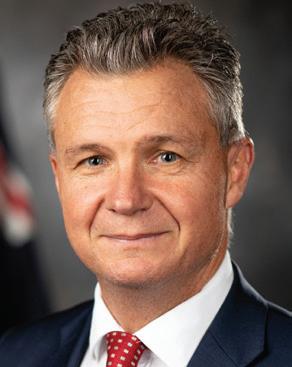 Assistant Minister for Defence and Assistant Minister for Veterans’ Affairs
Assistant Minister for Defence and Assistant Minister for Veterans’ Affairs
A central focus of my work over the last few months has been examining veteran homelessness and what can be done to address it. A recent survey found that only 39 per cent of veterans who reported experiencing homelessness accessed assistance from mainstream support services.
On 13 February, I launched a document called Working with Veterans: A toolkit for Community Housing Organisations , which DVA has developed jointly with the Community Housing Industry Association. This will better equip community housing providers to take into consideration the unique life experiences and challenges that veterans face.
I encourage you to read more about this on page 7. Veterans who are struggling with their living situation or are at risk of homelessness are encouraged to contact DVA on 1800 VETERAN (1800 838 372) or Open Arms – Veterans and Families Counselling on 1800 011 046, who will work with them to provide the most appropriate care.
On 25 February, I had the honour of joining Defence personnel in the Sydney Gay and Lesbian Mardi Gras Parade – an unforgettable experience. We have come so far that openly gay people can not only serve in the Australian Defence Force but march proudly in the Mardi Gras. It was an honour to walk with them.
On that note, I encourage you to visit
Letter to the editor
In the [December 2022] edition of Vetaffairs , you stated that Indigenous Australians were not able to take part as conscripts during the Vietnam War. This is misleading as I know of at least one Indigenous Australian who did in fact enlist. He was with me in the sixth intake. We did Kapooka recruitment and then Singleton Infantry School. He went to Vietnam and served with 2RAR from June 1967 until 1968.
So some did make it in that way.
Regards
George
Carver, Rosebery, NSW
Thanks for your email, Mr Carver. I’ve contacted Michael Bell, Indigenous Liaison Officer at the Australian War Memorial (AWM). He’s explained that while
Indigenous descent could provide an exemption to National Service, this exemption was applied arbitrarily, and the AWM has identified many National Servicemen conscripts who were Indigenous.
Michael says that sometimes First Nations men were allowed to be conscripted for a variety of reasons. First Nations men exempted from conscription could voluntarily enlist.
DVA extends our respect to all Aboriginal and Torres Strait Islander peoples, their cultures and to their elders past and present. We acknowledges the services of Aboriginal and Torres Strait Islander veterans who have served Australia.
 - The Editor
- The Editor
the Defending with Pride exhibition at the Shrine of Remembrance in Melbourne, the launch of which I had the honour of attending in December. It’s open until July.
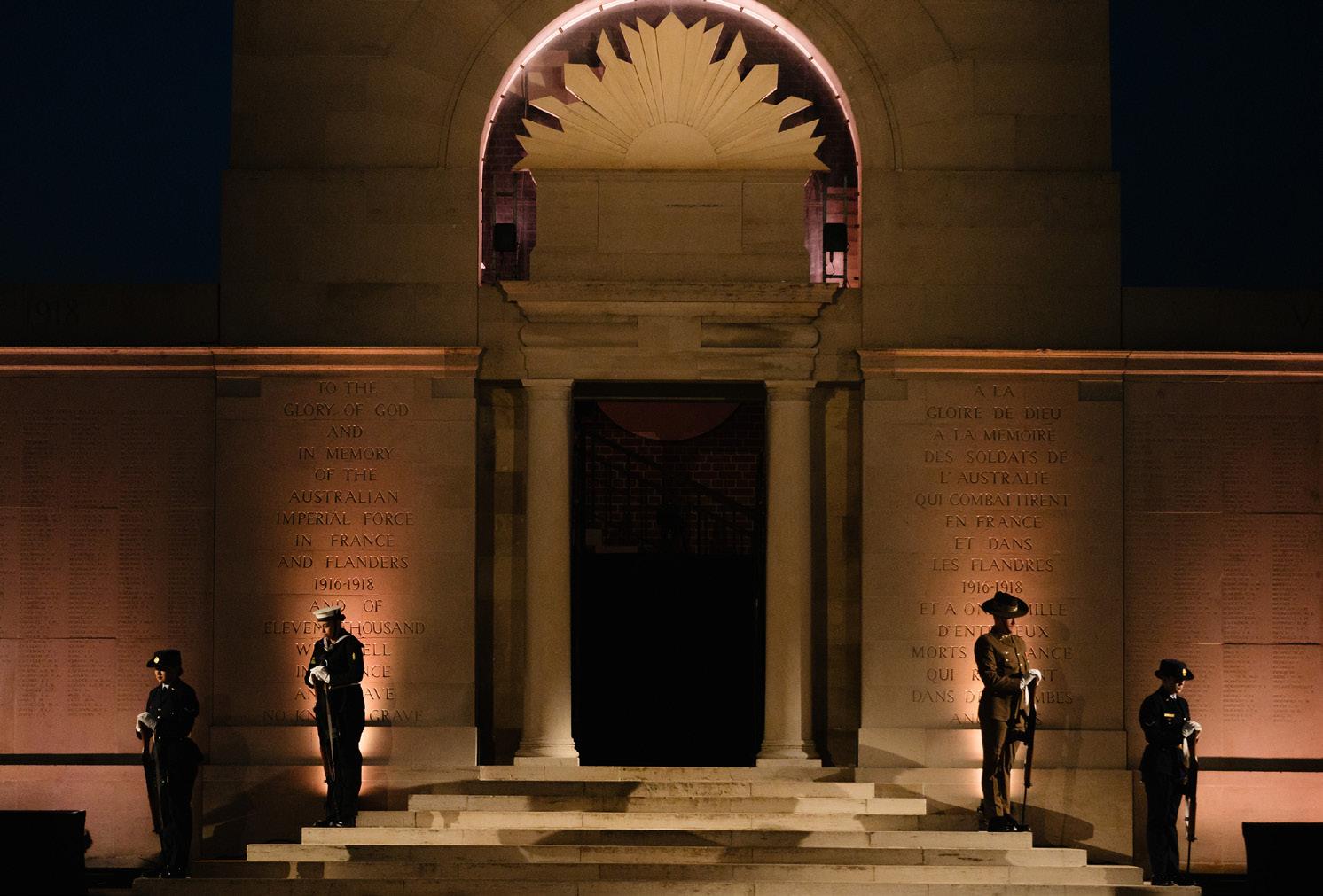
Earlier in February, I gave an address at the Bombing of Darwin Commemoration at the Adelaide River War Cemetery, about 100 kilometres south of Darwin. During the Second World War, Adelaide River was the headquarters of a large base, and the war cemetery was created especially for the burial of servicemen who died in this part of Australia. It contains 435 Commonwealth burials of the Second World War, many of them killed during the Bombing of Darwin. It was a solemn moment as everyone present remembered the
hundreds of Australian and Allied service personnel killed on that day 81 years ago, and in the 96 other Japanese raids on Australia soil.
This Anzac Day, I will take the opportunity to reflect on all those service men and women who have laid down their lives for Australia throughout our history. Wherever you are on the day, I wish you all the very best and I thank you for your service and sacrifice. I also acknowledge the support of your families. Anzac Day can be difficult day for some people, so if you need support please get in touch with Open Arms – Veterans & Families Counselling on 1800 011 046. Open Arms’ counselling phone line is open 24 hours a day, seven days a week.
Capitalising Anzac / ANZAC
Please note that it is Government/ DVA policy to spell the word ‘Anzac’ with only a capital A in most instances, as the initialism ANZAC has become a word, just as
QANTAS has become Qantas – so, ‘Anzac Day’, ‘Anzac biscuit’, ‘Anzac tradition’. However, we still refer to the corps itself as ANZAC. No disrespect is intended.

4 Vetaffairs April 2023 NEWS
Royal Commission update
The Royal Commission into Defence and Veteran Suicide continues its inquiry through a variety of means including public hearings roundtables and workshops. The next public hearings will be held in Perth from 15 May 2023, with further hearings expected to be held in Adelaide and Melbourne during the second half of 2023.
DVA continues to support veterans and families during the inquiry and understands it is a difficult time.
All veterans and families can contact Open Arms – Veterans & Families Counselling (openarms. gov.au) for free support and counselling (available 24/7 on 1800 011 046). Those who wish to remain anonymous can contact Safe Zone Support on 1800 142 072.
There is still time to contribute to the Royal Commission. Submissions will remain open until 13 October 2023. They can be made anonymously and the Royal Commission has indicated it is keen to learn about all aspects of military life. You can make a
submission online via the ‘Make a submission’ link on the home page of the Royal Commission’s website (defenceveteransuicide. royalcommission.gov.au), or by calling 1800 329 095 to request a mailed submission form.
The Defence & Veterans Legal Service provides free and independent information and legal support to assist Australian Defence Force (ADF) personnel and veterans, as well as their families, carers and supporters, to safely share their experiences with the Royal Commission. Further details about these services can also be found on the Service’s website (defenceveteranslegalservice. org.au).
How we release information
The Interim Report by the Royal Commission, which was handed down on 11 August 2022, contained a number of recommendations for immediate action. Recommendations 9 to 13 in the Interim Report apply to DVA and the Department of Defence. They focus on
improving the way information is released, and on the development of educational material and support available to ADF members, veterans and family members when they request access to information or records held by each department.
DVA and Defence have been working together to jointly implement a number of measures to respond to Recommendations 9 to 13. These measures are the result of consultations held last year. During the consultations, feedback was received from participants consisting of serving and ex-serving members, family members and representatives. Ways to enhance the experience of accessing information were co-designed, which has ensured that serving ADF members, veterans and families remain at the heart of the departments’ response.
DVA has introduced a number of improvements that were identified as important to participants through the co-design process. These include new and updated
material available on our departmental website, which clarifies the different ways of accessing information. Other improvements include the publication of guidelines on administrative release and redactions on our website. The guidelines outline the process for assessing administrative accessrelease requests and outline the reasons why some information may not be released.
Ultimately, with these measures in place, applicants will be better supported as they navigate the information-access process. We’d love to hear your thoughts on the information provided and any feedback on further enhancements we could make.
To learn more about accessing information through DVA or to provide feedback on these changes, visit dva.gov.au/accessing-information.
You can also contact DVA’s Information Access Unit by calling 1800 VETERAN (1800 838 372) or via email (information.access@dva.gov.au).
Veterans’ and Families’ Hubs expansion
and support to local needs and opportunities.
Veterans’ and Families’ Hubs deliver integrated support to veterans and families, drawing on government, business and community partnerships. Hubs provide a space for veteran service providers and other organisations to co-exist and offer veterans and families a facility where they can access a range of localised services such as support for transition, employment, health and wellbeing, housing and social connection.
the Tweed/North Coast region, Queanbeyan, Ipswich, Northern Adelaide, Southwest Perth and the Surf Coast/Geelong region. A grant of up to $5 million will be available for each location.
Minister Keogh (centre) announcing that Lives Lived Well is the lead organisation to develop the Southeast Queensland Veterans’ and Families’ Hub. Left: Darryl Shipp, Vietnam Veterans Association of Australia Qld Branch Secretary; right: Mitchell Giles, CEO Lives Lived Well
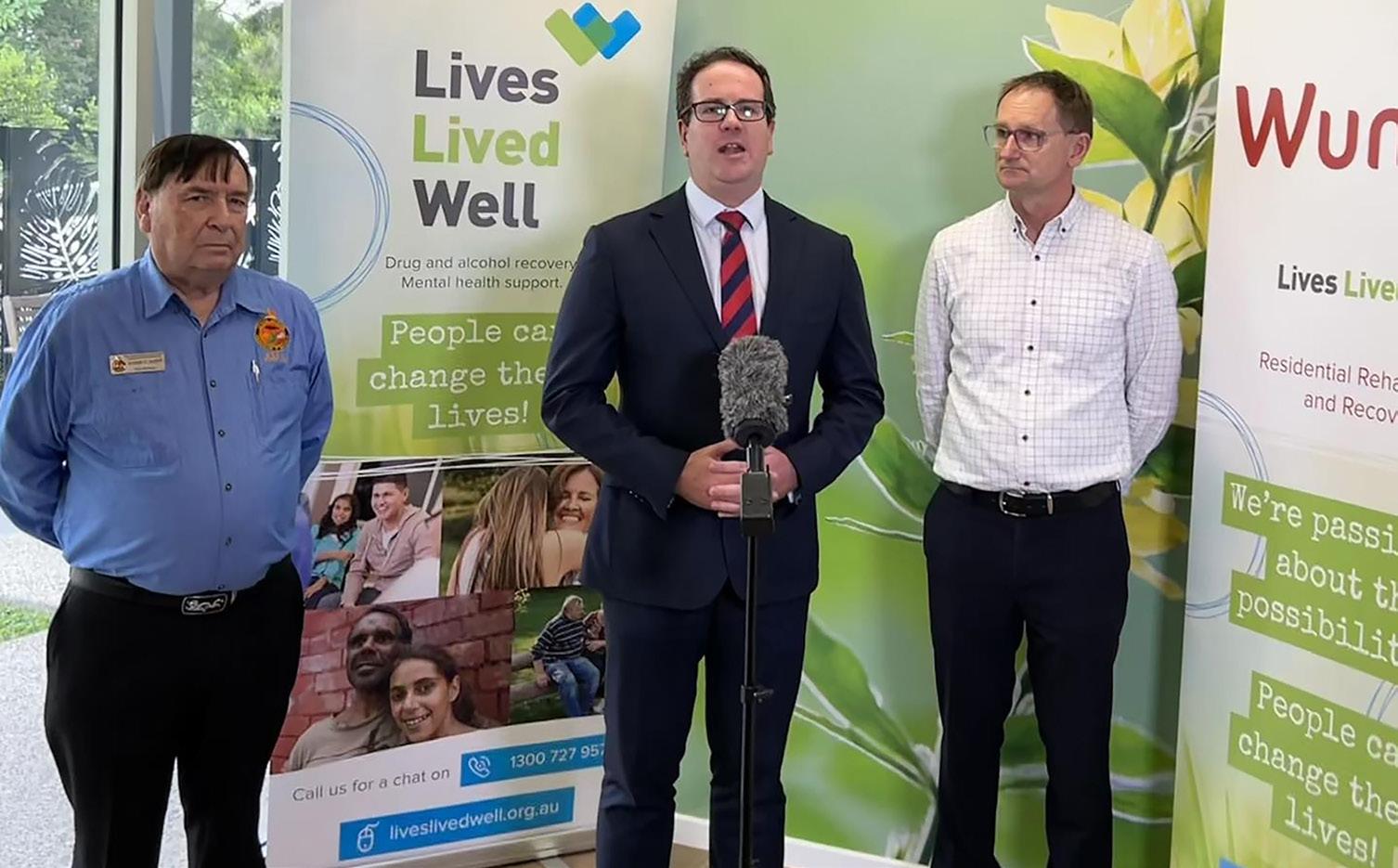
The establishment of Veterans’ and Families’ Hubs in Caboolture (South East Queensland) and Burnie (Tasmania) is another step closer with the Minister for Veterans’ Affairs Matt Keogh recently announcing the awarding of grants for the development of these hubs.
The North West Tasmanian Veteran Welfare Board has been awarded $2.2 million to lead the
establishment of the Burnie hub, and Lives Lived Well has been awarded $5 million to lead the establishment of a hub in Caboolture in South East Queensland.
Every community is different and the lead organisations will engage in ongoing consultation with veterans, families and the local community to match services
There are currently six hubs operating across Australia, located in Adelaide (SA), Perth (WA), Townsville (QLD), Nowra (NSW), Wodonga (VIC) and Darwin (NT).
As part of the October 2022–23 Budget, the Australian Government announced a further $46.7 million for the establishment of eight new Veterans’ and Families’ Hubs nationally, and committed to continuing the expansion and delivery of hubs in Southeast Queensland and Tasmania.
The eight new hubs are to be established in the Hawkesbury region, the Hunter region,
The implementation of the new hubs has already begun, with initial online consultation sessions held for each location in November and December 2022, followed by detailed online consultations conducted in February and March 2023. The grant application process will identify a single organisation or consortium in each location that will then be invited to develop a comprehensive business case for the establishment of a hub.
Completion of the new hubs is expected by mid-2026, with services to veterans and families likely to be provided before this time.
We look forward to seeing the new hubs provide better coordination of services and supports, to assist more veterans and families across the nation.
If you would like further information, please visit the Veterans’ and Families’ Hubs page on the DVA website (dva.gov.au/vfhubs).
April 2023 Vetaffairs 5 NEWS
Pensions and allowances rise
Veterans’ pensions were increased from 20 March 2023 following the latest round of indexation adjustments.
As pension rates are calculated on a daily basis, the pension paid on payday 23 March 2023 was paid partly at the old rate and partly at the new rate. The first full payment at the new rates of pension was payday 6 April 2023.
The maximum rate of single service pension has risen by $37.50 to $1,064.00 per fortnight and the maximum rate for couples has increased by $28.20 to $802.00 per fortnight (each).
The Special Rate of Disability Compensation Payment (T&PI payment) has increased by $59.04 to $1,676.20 per fortnight. The Extreme Disablement Adjustment (EDA) rate has increased by $31.90 to $904.60 per fortnight and the 100 per cent General Rate of Disability Compensation Payment has increased by $20.50 to $581.90 per fortnight.
The pension paid to war widow(er)s has increased by $38.20 to $1,082.50 per fortnight (including the energy supplement), while the ceiling rate of the income support supplement has risen to $321.10 per fortnight.
Payments have also increased for benefits under the Military Rehabilitation and Compensation Act 2004 (MRCA). The weekly MRCA wholly dependent partner payment has increased by $19.10 to $541.25. This is paid fortnightly ($1,082.50).

The indexation factor used to index pensions each March and September can be based on either the Consumer Price Index (CPI), the Pensioner and Beneficiary Living Cost Index (PBLCI) or Male Total Average Weekly Earnings (MTAWE). For 20 March 2023, the indexation was driven by CPI.
Phone us for more information on the new pension rates on 1800 VETERAN (1800 838 372). Current and historical pension rates are available on the CLIK website (clik.dva.gov.au).
New pension rates from 20 March 2023
These are the maximum rates of payment and include any Energy Supplement payable.


The first full payment at the new rates will be the payday 6 April 2023.
*Note that the MRCA payments in the bottom two rows are the fortnightly amounts, not the weekly amounts.
Reporting the death of a veteran or DVA client
Veterans occupy a special place in our community, and the passing of a veteran is a sad time, particularly for family and friends. For those dealing with the death of a veteran, or for veterans nearing end of life, there are a number of important steps to follow.
When a veteran dies, it is important that DVA is notified in a timely manner, if they are a DVA client.
This will ensure entitlements for the veteran, their surviving partner and dependants are processed quickly. This early notification also reduces the likelihood of incurring an overpayment of benefits.
For veterans nearing end of life, there are some steps to make it easier for family and loved ones. Getting personal affairs in order and
providing important personal information to family members can make it easier for loved ones to manage at a difficult time. DVA's Planning Ahead Kit may help you. You’ll find it on the DVA website (dva.gov.au and search for ‘planning ahead kit’).
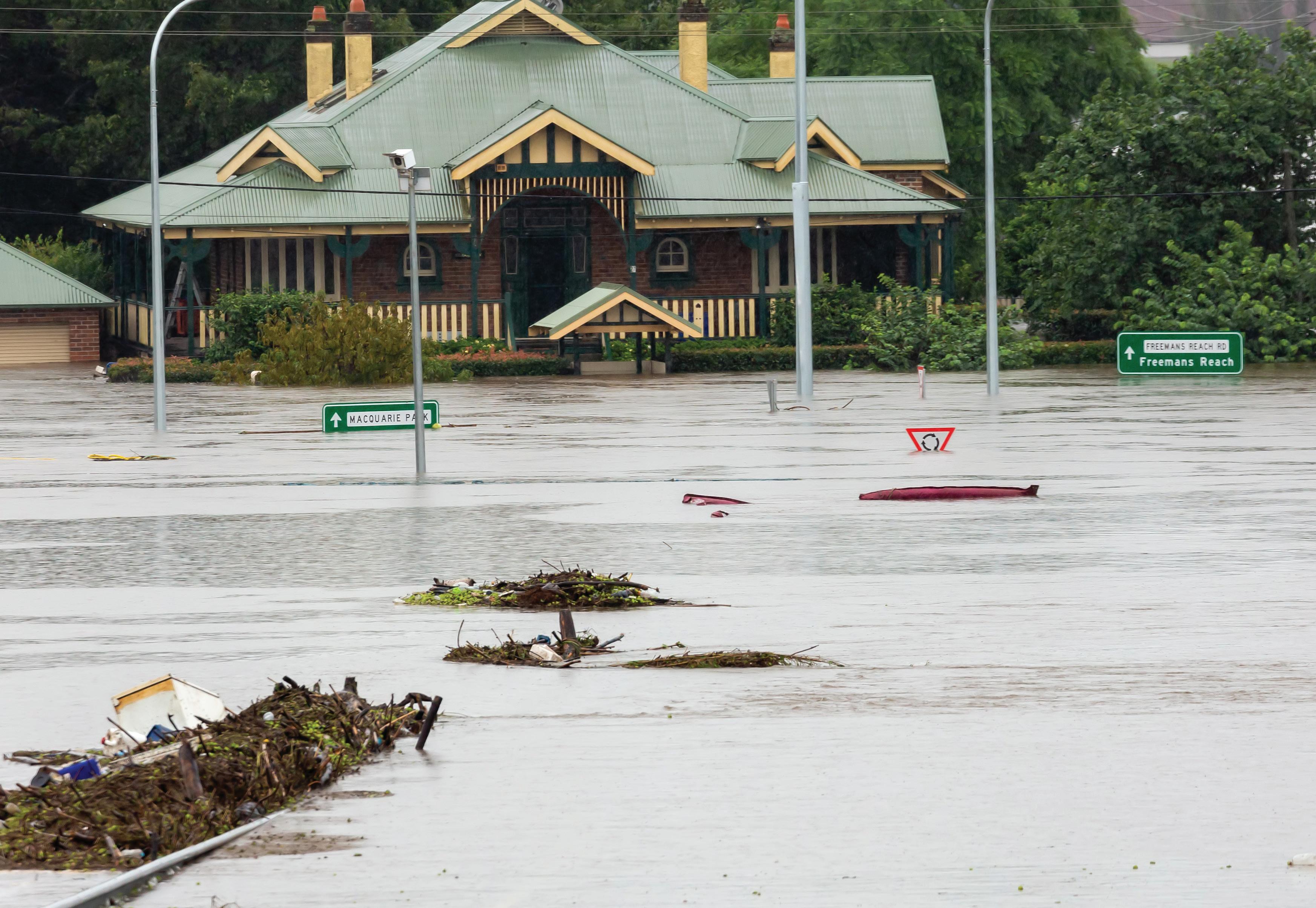
When a loved one dies, veteran families, executors or other responsible persons are asked to call
the Veterans Access Network on 1800 VETERAN (1800 838 372) or email Bereavement.SA@dva.gov.au.
For free mental health support and resources, Open Arms – Veterans & Families Counselling is available to veterans and their immediate families. Call them 24/7 on 1800 011 046 or visit the Open Arms website – openarms.gov.au.
The Australian Government is making it easier for veterans and partners who receive income support payments to sell and buy a new home.

Since 1 January 2023, new rules apply when you are selling your principal home and using the proceeds to buy a new one. For eligible veterans and war widows, the proceeds from the sale of their principal home will be exempt from assets-testing for up to 24 months, to give them more time to buy or build a new home. Also, the proceeds from the sale will be deemed to be earning income at the lower rate of 0.25 per cent.
These changes will make it easier for eligible veterans and their families to downsize their homes by reducing the impact of selling and buying on their income support payment rates.
For more information visit the Pensions page of the DVA website (dva. gov.au and search for ‘Summary of pension’).
6 Vetaffairs April 2023 NEWS
SERVICE PENSION Old rate (fortnightly) New rate (fortnightly) Increase (fortnightly) Single person $1,026.50 $1,064.00 $37.50 Couples (each) $773.80 $802.00 $28.20 Single person – transitional $856.40 $887.60 $31.20 Couples (each) – transitional $690.90 $716.10 $25.20 WAR WIDOWS War widow(er)’s pension $1,044.30 $1,082.50 $38.20 Income support supplement $309.60 $321.10 $11.50 DISABILITY PENSION T&PI (Special rate) $1,617.16 $1,676.20 $59.04 Intermediate rate $1,072.10 $1,111.30 $39.20 EDA $872.70 $904.60 $31.90 100% $561.40 $581.90 $20.50 10% $63.07 $65.12 $2.05 VETERAN PAYMENT Single Person $1,112.30 $1,153.50 $41.20 Couples (each) $867.20 $899.30 $32.10 MRCA* Wholly dependent partner payment $1,044.30 $1,082.50 $38.20 Special Rate Disability pension (SRDP) $1,617.16 $1,676.20 $59.04
Home building insurance exclusively for veterans and ADF members • No excess on claims (except for earthquake and some accidental damage) • Flexible payment options • Accidental damage (up to $5,000) • Automatic flood cover • Temporary accommodation should your home become unfit to live in • Storm damage to fences FLOODS ARE NOT JUST A SUMMER OCCURRENCE ANYMORE Please consider the relevant Product Disclosure Statements and the Supplementary Disclosure Statements before deciding if the insurance product is right for you. This material does not take into account your personal needs, objectives and financial circumstances. Contents, car, landlord, caravan, motorcycle and boat insurance issued by QBE Insurance (Australia) limited. Defence Service Homes Insurance Scheme ABN 97 191 187 638 (DSHI is an authorised representative (no. 269 008) of QBE Insurance (Australia) Limited ABN 78 003 191 035, AFSL 239545. Just one inch of floodwater can cause severe damage to your home. This can have a significant financial impact during an incredibly vulnerable time. Unlike other insurers, Defence Service Homes Insurance provides automatic flood cover at no additional cost, assisting the veteran and Defence community during their time of need. Range of other insurance services Get comprehensive building insurance quotes at online.dsh.gov.au Landlord Car Caravan Motorcycle Supporting veterans to downsize their homes
Where homeless veterans can find support
• provide you with personalised case management
• provide you with information on any support payments available to you
• provide you with information about Services Australia (Centrelink) payments and services
• connect you to a network of organisations that can assist you.
Open Arms
If you are at risk of homelessness, Open Arms can help put you in touch with crisis support services in your area.
In this new video from DVA TV, Duncan talks about how he lost his house, his job and his marriage all due to alcohol misuse.
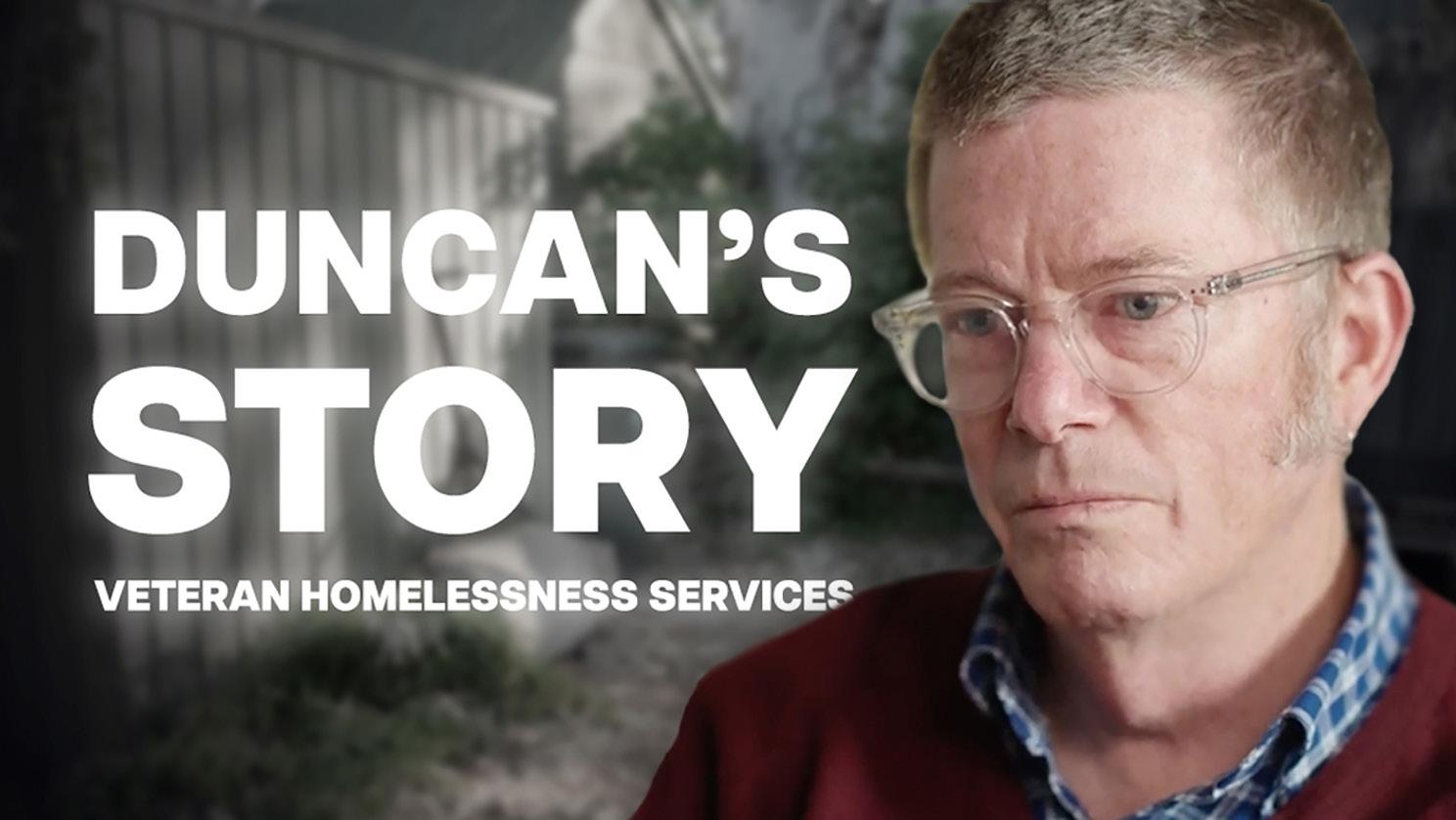
Fortunately, he was able to get back on his feet with the help of DVA, Open Arms – Veterans & Families Counselling as well as RSL Care SA (via Andrew Russell Veteran Living).
Watch the video on youtube.com/ dvatvaus.
DVA
There is support available for you and your family if you are homeless or at risk of becoming homeless. You can go to one of our Veterans’ Access Network offices (dva.gov.au/dva-location) to talk to someone about your situation. They can:
• refer you to support services in your local area
• connect you with our support services
Veteran Homelessness Toolkit
The Assistant Minister for Veterans’ Affairs Matt Thistlethwaite joined representatives from the community housing sector, government and ex-service organisations on 13 February 2023 to launch the Working with Veterans: A toolkit for Community Housing Organisations.
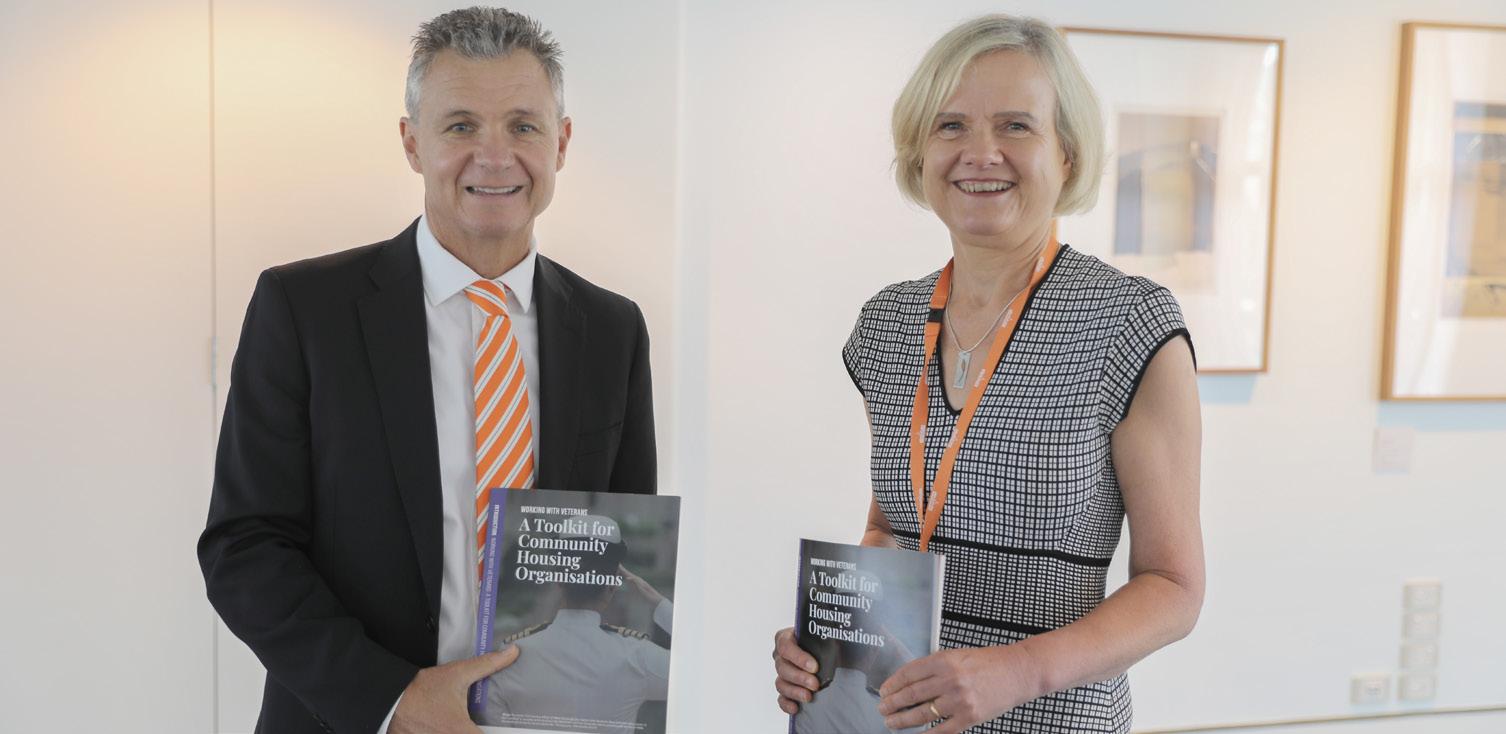
‘We are working hard to address the issue of homelessness – we need to ensure that there are stronger linkages between providers, services and veterans,’ Minister Thistlethwaite said.
‘There are many factors that can contribute to homelessness, such as relationship breakdown, unemployment, and experiences of mental ill-health. We are focused on developing the best practical ways to address these factors before veterans and families find themselves at risk.’
The launch was a culmination of a partnership between DVA and the Community Housing Industry Association (CHIA) to develop the toolkit. The resource provides an overview of the veteran experience of homelessness, including risk and protective factors for homelessness, service needs and available referral pathways, and how to tailor support for veterans and families.
A key component of the resources is a toolkit containing factsheets and training materials to better equip community housing providers to take into consideration the unique life experience and challenges that veterans face.
An industry standard of providing housing services to veterans has been introduced to the sector as part of the launch.
CHIA CEO, Wendy Hayhurst, said, ‘the toolkit introduces us [community
You may also be eligible for a one-off crisis payment that provides financial assistance to veterans and their partners in times of crisis, such as experiencing or escaping family and domestic violence and during relationship breakdowns.
If you need urgent help, please visit the 'Receive urgent help and support page' on our website (dva. gov.au and search for 'urgent help').
If life is in danger, call triple zero (000).
For more information, see the Homelessness Support Services page of the DVA website (dva.gov.au/ homelessness-support).
housing providers] to the veteran community; who a veteran is, what sort of experiences they might have, and what potential vulnerabilities they might have.
‘It also focuses on building relationships between providers and DVA, ex-service organisations and support services for veterans, and, additionally, the toolkit makes suggestions about how we can change our practice to make sure we are meeting the needs of veterans.’
If you wish to access the resources, a copy can be requested via the CHIA website (communityhousing.com. au).
For further information, contact CHIA via info@communityhousing. com.au.
As the peak industry body representing 170 not-for-profit community housing providers in Australia, CHIA’s knowledge and connection to providers across Australia will ensure that these resources remain relevant and linked with the industry.
Veterans who are struggling with their living situation, or are at risk of homelessness, are encouraged to contact DVA on 1800 VETERAN (1800 838 372) or Open Arms – Veterans & Families Counselling on 1800 011 046, who will work with them to access the most appropriate care.
For more information, visit the homelessness support page (dva.gov. au/homelessness-support) on the DVA website.
In crisis situations, Open Arms can also provide support for crisis accommodation. Its Crisis Accommodation Program allows someone to pause, be in a safe location, and creates a period of time to manage factors contributing to the crisis situation. Any person who is eligible for Open Arms services can access the program.
For more information about Open Arms, visit its website (openarms. gov.au) or phone 1800 011 046. Open Arms is a confidential service available 24 hours a day.
The RSL, RSL Care and RSL LifeCare
Different RSL support organisations operate in different parts of Australia. More information is available in the full, online version of this article (dva.gov.au/homelessness-video).
Do you provide care or support to a veteran?
Across Australia, there are more than 2.65 million unpaid carers. That’s one in nine people!
If you are a carer of a veteran, the Australian Government’s Carer Gateway can help.
The Carer Gateway was designed by carers for carers, and provides free services and support for unpaid carers supporting a family member or friend with a disability, medical condition or mental illness or who is frail due to age. Services available include tailored support packages, counselling, coaching, peer support, help with accessing emergency respite and online skills courses.
A carer might look after someone 24 hours a day and help with daily activities, or they might look after someone who only needs a little bit of help. Responsibility, care, compassion, and love are all reasons why someone will step forward to provide unpaid care. Most unpaid carers primarily help with tasks like shopping, housework, cooking, home maintenance and providing transportation.
For more information, call Carer Gateway on 1800 422 737 Monday to Friday, 8am to 5pm or go to the Carer Gateway website (carergateway. gov.au).
April 2023 Vetaffairs 7 NEWS
Assistant Minister for Veterans’ Affairs Matt Thistlethwaite and Community Housing Industry Association CEO Wendy Hayhurst
No changes to fully funded mental health treatment for veterans
Any veteran who has completed one day of full-time service in the Australian Defence Force (ADF) can access fully funded mental health treatment within Australia. Treatment can be accessed for as long as it is needed, at no cost to the veteran, under Non-Liability Health Care (mental health) (NLHC mental health). Reservists with border protection or disaster relief service or those involved in a serious, service-related training accident may also be eligible.
Recent reports have incorrectly claimed that restrictions have been introduced for exercise physiology and other allied health services under NLHC (mental health). DVA assures veterans, there have been no changes to treatment eligibility for White Card holders accessing care under NLHC (mental health).
DVA continues to provide fully funded mental health treatment to veterans under NLHC (mental health) arrangements. Accessing treatment early for mental health conditions can lead to improved
Activities pick up for Kookaburra Kids Defence Kids program
within a peer-based social and activity-based format.
The Kookaburra Kids team works with young people to build their resilience, life-long knowledge and abilities, while helping them learn how to make positive choices for their emotional health and wellbeing so that they reach their full potential.
Program sessions:
With 2023 well underway, the Kookaburra Kids Defence Kids program is picking up pace across Australia. The program aims to empower young people to thrive beyond the impacts of family mental illness, regardless of where they live. The program is intended specifically for those children whose parents have served or are serving in the Australian Defence Force.
Kookaburra Kids is engaging with local communities across Australia to run camps – full-day and half-day activities – at locations including NSW (South Coast/Illawarra), VIC (Wodonga), WA (Perth), QLD (Brisbane & Morton Bay) ACT and more.
The Australian Government committed $13.7 million to the Australian Kookaburra Kids Foundation to allow the program to expand to new regional areas around Australia and make it available to families in Tasmania for the first time.
The program supports children aged 8–18 years living in families affected by mental illness. It provides free evidence-based, age-appropriate prevention and early intervention mental health services, embedded
• improve the way young people manage their families’ mental health
• increase their sense of connectedness
• foster safe and positive help-seeking behaviours to access support for any mental health concerns.
Staff and volunteers design and run the sessions within a safe environment where young people can express themselves freely in a supportive setting, with peers of a similar age and family circumstance.
The popular online Kookaburra Kids’ CONNECT sessions continue to be available, which allow children the option of ongoing engagement with the program from their home.

If you know of a family or friend who may be interested in learning more about the program, please encourage them to check out the Kookaburra Kids website (kookaburrakids. org.au) or call 1300 566 525. The website also allows you to find a program location near you, and to sign up.
If you are an existing member, you can contact Kookaburra Kids directly by phone or by emailing: connect@kookaburrakids.org.au.
overall health. Conditions treated through NLHC (mental health) do not need to be related to military service, and a claim for compensation is not required to access treatment. However, a Veteran White Card is needed to pay for treatments provided under NLHC (mental health), so it is important to check with each provider that they will accept a White Card before making an appointment.
Watch the video on DVA TV (youtube.com/dvatvaus) to learn more about NLHC (mental health), including how to access it, how to
check if your White Card covers fully funded mental health treatment, or how to apply for a White Card if you don’t already have one.
DVA also offers free and confidential counselling services to veterans and families, available 24/7 through Open Arms – Veterans & Families Counselling. For more information or support call Open Arms on 1800 011 046 or visit openarms.gov.au
For more information about NLHC (mental health) call DVA on 1800 VETERAN (1800 838 372) or visit dva.gov.au/nlhc-mental-health
First-ever Australian Veterans’ Brain Bank announced in NSW
research. It will also improve the diagnosis and treatment of brain disease during life.
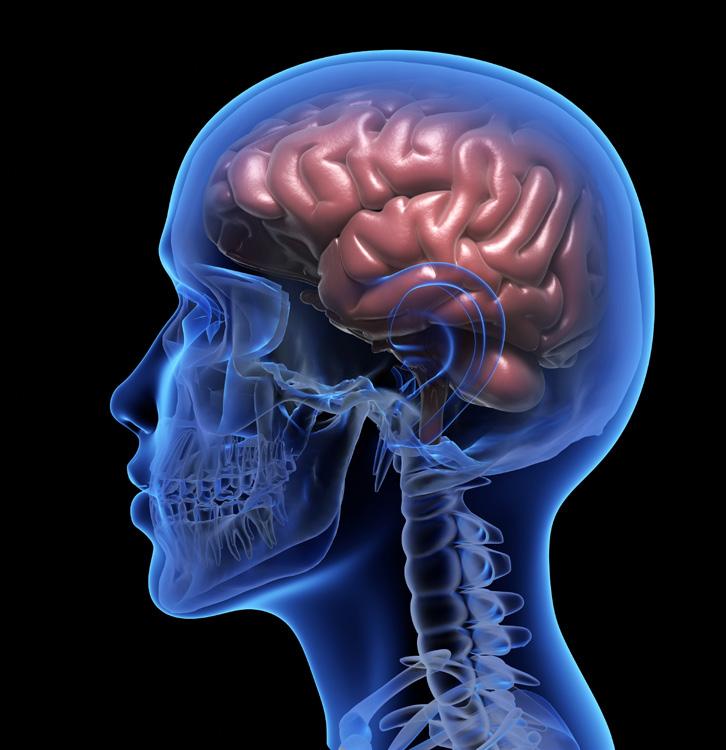
Learning about the impacts of brain trauma and injury will increase awareness of the potential impacts of blast injuries. It will also be invaluable for healthcare workers when supporting veterans in the future.
A research project launched in January will use the brains of deceased veterans to help with diagnosis and treatment of brain disease, in a first for Australia.
A NSW Government initiative, the Australian Veterans’ Brain Bank is a collaboration between Royal Prince Alfred Hospital’s Neuropathology Department and the National Centre for Veterans’ Healthcare based at Concord Hospital in Sydney.
It will focus on understanding the long-term effects on the brain for soldiers who have been exposed to multiple blast injuries and head knocks throughout their careers. This includes the impact of improvised explosive devices (IEDs) and artillery or rockets, together with other causes such as training and participation in sporting activities.
NSW Health Minister Brad Hazzard said the Brain Bank will provide more accurate diagnoses for loved ones of late veterans who have pledged their brains to
Damien Thomlinson is one of the first Australian veterans to pledge his brain to the Australian Veterans’ Brain Bank. He was severely wounded by an IED explosion in Afghanistan, after serving for eight years in the Australian Special Forces.
‘[I’m happy] to donate my brain so that we can see what the impact of being so close to a large explosion is,’ he said. ‘And hopefully we can connect the dots in the future and make sure that other people are prepared for the damage that may be caused, and we can also isolate ways to treat and prevent injury moving forward.’
Commissioner Gwen Cherne, Veteran Family Advocate praised the new initiative. ‘This is a welcome and much-awaited initiative for the Australian Defence Force, the broader veteran community and so many families who are looking for solutions to better support veterans living with seemingly invisible and little-understood scars,’ she said.
For more information or to register for brain donation, please visit the Veterans' Brain Bank website (veteransbrainbank.org.au).
8 Vetaffairs April 2023 HEALTH AND WELLBEING
Ask your GP to check you for aortic stenosis
DR TRISH BATCHELOR Deputy Chief Health Officer Department of Veterans’ Affairs
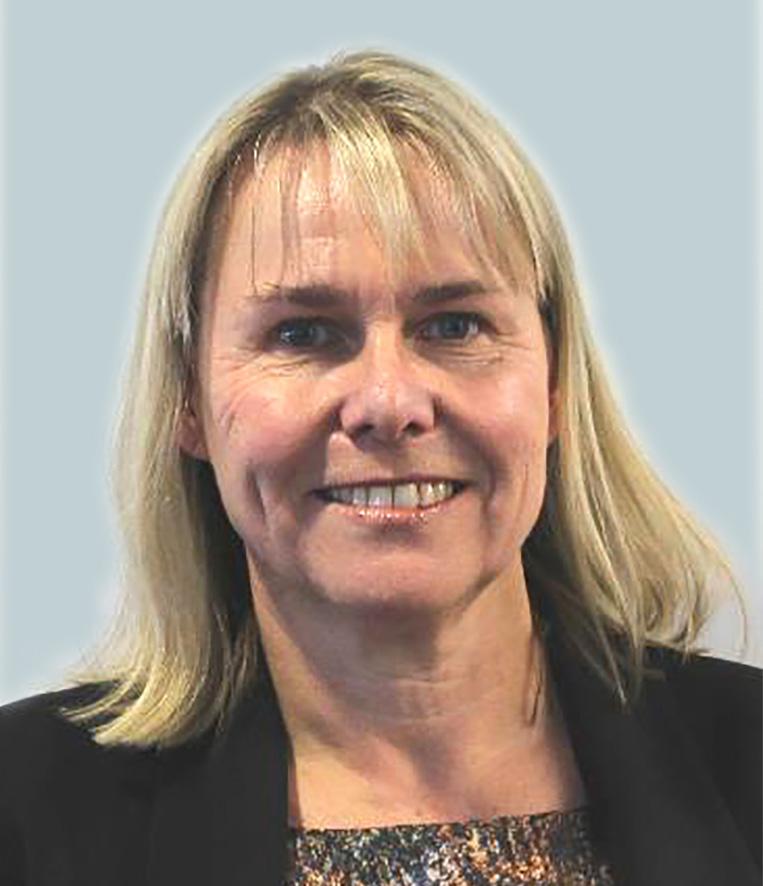
In my last column, I talked about the importance of heart checks when it comes to heart disease. Today I want to let you know about another simple heart test that can be done by your GP that could save your life.
GPs are being urged to listen to the heart sounds of all of their patients over the age of 65. Listening to heart sounds is one of the fundamental skills of being a doctor. When we put the stethoscope on the front of your chest and move it to a few positions, it is something we have done thousands of times. We know what sounds normal and what doesn’t. In particular we are listening for ‘murmurs’ – extra sounds that occur when the blood flowing through the valves in your heart is turbulent and makes noise. This might occur if the valve is too narrow (what we call stenosis) or floppy (what we call incompetent).
As we get older, it is quite common for the aortic valve (the main valve that allows blood to flow out of our heart and supply the rest of our body) to become narrowed. This is what is known as aortic stenosis (AS). One in eight Australians over the age of 75 have aortic stenosis and for many it is not recognised until very late.
AS is a severe condition, with 50% of those diagnosed after becoming symptomatic dying within two years if they are not treated. The risk factors for aortic stenosis include ageing, diabetes, smoking, chronic
kidney disease and ischemic heart disease.
It is now understood to be much more common than previously thought.
The common symptoms include palpitations (irregular heartbeat), fatigue, shortness of breath, chest pain, feeling faint on exertion, struggling with your usual physical activities, or even sudden collapse. As you can imagine, many of these symptoms could simply be put down to ‘getting older’. The symptoms of shortness of breath, chest pain or sudden collapse tend to come late.
If you're over 65, even if you feel completely well, next time you see your GP please ask them to have a listen to your chest and check your aortic valve.

There has been a huge revolution in the management of AS in the last few years, which makes it even more important to have it diagnosed. Treatment of more severe AS is with valve replacement.
Previously, this required openheart surgery. As you can imagine, for many people over 75 this is major and risky surgery requiring a stay in intensive care and then at least a week in hospital and a long recovery. Many older people are just not suitable for this.
Now there is a life-saving revolutionary procedure known as TAVI, which stands for Transcutaneous Aortic Valve Implantation. In this procedure, a new valve is placed into the aortic valve via a catheter inserted into the artery in your groin.
The procedure only takes 30 to 60 minutes and after a one-to-twoday period of observation you can go home. Remarkably, people can feel better almost immediately. Randomised controlled trials have shown TAVI to be safe, effective and with far fewer complications than open-heart surgery.
Because the valve used in TAVI is made of tissue rather than metal, it doesn’t last as long as a metal valve. For this reason younger patients (say under 55–60) are usually recommended open-heart surgery as they are better able to withstand the rigours.
My Dad was happy for me to share with you that he recently
had this procedure. It was remarkably straightforward and he has noticed dramatic improvements in his exercise tolerance. He is sleeping better and can manage longer drives without becoming tired.
TAVI is an expensive procedure and only a limited number are performed in the public system. The good news is that DVA will pay for this procedure in the private system if you are a Gold Card holder or have an accepted condition of AS.
If you're over 65, even if you feel completely well, next time you see your GP please ask them to have a listen to your chest and check your aortic valve. This takes us five seconds and could save your life. Interestingly, a recent survey of GPs showed that 25% had not heard of TAVI, but if they hear a murmur they should refer you to have further testing with a cardiologist.
A ‘heart team’ comprising cardiologists and a geriatrician assess suitability for TAVI.
By the time this column comes out I will have left DVA. It has been an absolute privilege working to support veterans and I leave with an even greater respect for you all. Thank you all for your service and stay well.
April 2023 Vetaffairs 9 HEALTH AND WELLBEING
Care coordination for veterans with chronic conditions
DVA’s Coordinated Veterans’ Care (CVC) Program uses a proactive approach to improve the health, wellbeing and quality of life of participating veterans. It also aims to reduce the risk of unplanned hospitalisations.
Taking part in the program helps veterans to be actively involved in managing their chronic conditions by working closely with their GP and care coordinator (typically a practice nurse).
Once enrolled in the program, the participant will work with their GP and care coordinator as a core care team to develop a
comprehensive care plan, tailored to the participant’s individual needs.
The care plan includes an individualised assessment of the medical conditions, health care needs and actions to manage and improve health outcomes. The care team will then deliver services outlined in the care plan, and the care coordinator will ensure regular contact, coordination of treatment with the wider care team, and provide support and education to actively manage the participant’s health.
Participants may have a larger care team to support
their unique goals, which can include other health professionals such as pharmacists, physiotherapists and mental health specialists, as well as ex-service organisations (ESOs), family and carers.
Eligibility
Veterans may be eligible for the program if they have:
• a Veteran Gold Card and one or more chronic conditions, or
• a Veteran White Card with a DVA-accepted mental health condition, and are at risk of unplanned hospitalisation.
Veterans interested in the program should talk to their
Veterans in Adelaide go around the buoy
In just under an hour, the swimmers completed the journey, exhausted but filled with the sense of achievement and success.
GP about whether it could be of benefit to them. Veterans or GPs who have questions about whether they are eligible for CVC are encouraged to contact DVA.
Social Assistance
CVC participants may be able to access up to 12 weeks of Social Assistance through the Veterans’ Home Care (VHC) Program. Social Assistance is a service designed to help reconnect socially isolated CVC participants with community life. This can be done through regular visits, activities or courses, assistance in making social contacts, or
connecting the participant with a community group or ESO. To access Social Assistance, participants will need a referral from their GP, and should call a VHC Assessment Agency on 1300 550 450.
More information
Speak to your GP or visit the CVC Program – Information for veterans and the CVC Social Assistance pages on the DVA website (dva.gov. au) and search for 'social assistance').
Information for GPs is available on the CVC Program pages and the CVC Toolbox of the DVA website.
Nathan Ross began his military career at the age of 20, serving as an Infantryman. Due to various injuries sustained throughout his career, he was discharged in 2016, but knew he wanted to use his experience to help others. Now a veteran and Community Peer Adviser with Open Arms – Veterans & Families Counselling, Nathan knows first-hand that getting active can have a positive impact on wellbeing.
With the easing of COVID restrictions in 2021, Nathan developed an initiative to get veterans together and get them active, establishing the Warrior Swim Project. Now known as the Henley Grange Swim Project, it provides an opportunity for veterans and family members to participate in Adelaide’s iconic Jetty to Jetty swim on 26 January.
The 2.2-kilometre swim in St Vincent Gulf is no easy task, and participants train over a number of months, combining sessions at local pools
with early morning ocean swims at Henley Beach.
‘The Swim Project came about because we wanted to re-engage with the veteran community,’ says Nathan. ‘We pitched a few different ideas and settled on the iconic sporting event. Ultimately, we wanted to have local veterans and family members come together and connect, and to locate other veterans that we didn’t know about.’
The Jetty to Jetty swim has been running for more than a hundred years and is raced from the Henley Jetty to Grange Jetty in Adelaide, attracting around 300 swimmers yearly. Setting off in age groups, competitors dive from the Grange Jetty and swim to the Henley Jetty, in often challenging conditions.
‘This year, the weather was great and the water temp close to perfect,’ says Nathan. ‘However, swimmers were faced with strong wind, creating a lot of chop in the water.’
The initiative has had a positive impact on Nathan too. ‘I’ve had to become more active and be disciplined with what I consume and how much I sleep. I’ve had to be an example of what recovery looks like and not just talk about it.’
The Henley Grange swim project is funded through DVA Community Grants, administered by the Henley Grange RSL and supported by the Royal Australian Regiment (RAR) Association. The project is a great example of organisations working with each other to support the wellbeing of veterans and their families.
‘The Henley Grange RSL Swim Project has been a real success and the project would not have happened without the support of Henley Grange RSL and DVA Adelaide,' says Nathan. 'We're always looking for more swimmers, and next year we’re hoping for more veterans and family members to sign up.’
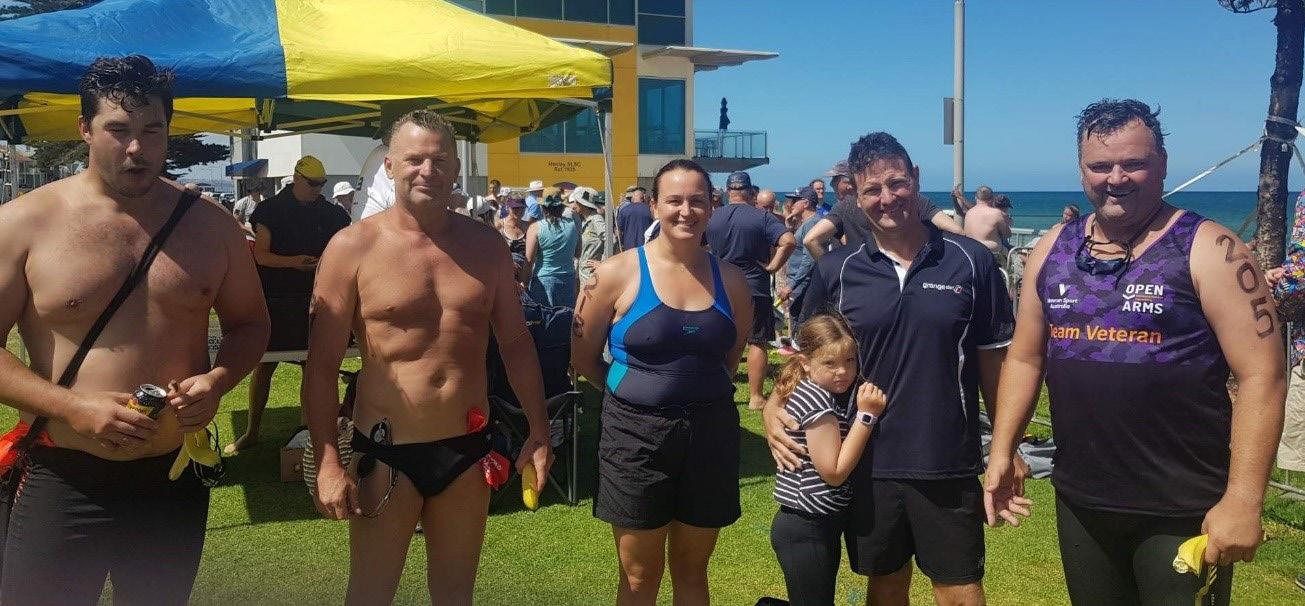
For ideas on how to get active in your community, head to the Open Arms website (openarms.gov.au and visit 'Living Well').
For Each a Road exhibition
An exhibition showcasing the artwork of seven veteran artists was recently launched at the City of Melbourne City Library Gallery. The For Each a Road exhibition highlights the diverse talents and experiences of artists working in a range of mediums, including photography, painting, collages and linocut prints.
The passion to showcase veteran art came from veteran and artist Sean Burton, who partnered with an ex-service organisation, Young Veterans (youngveterans. com.au), and secured funding from DVA’s Health and Wellbeing program to help organise the exhibition. Fifty guests attended the official opening and heard from the artists about their passion for art.
Feedback from the exhibition was heart-warming, including the story of a
younger veteran who was inspired to explore art as a means of healing. The exhibition also encouraged the veteran to talk to his family about his experiences in service for the first time.
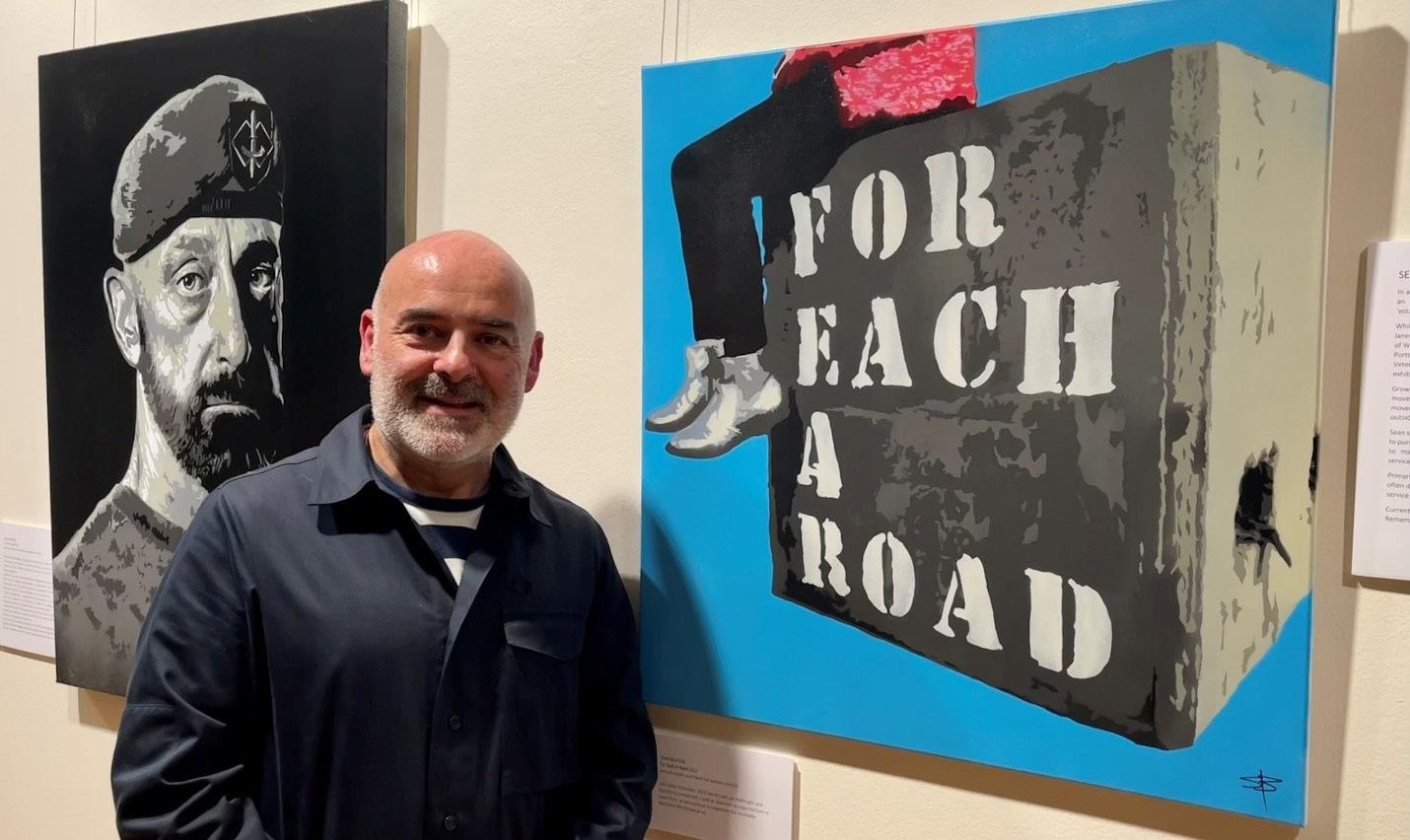
Sean suggested any veterans or families in Melbourne interested in art classes should contact the Australian National Veterans Art Museum (ANVAM – anvam. org.au) which offers art programs.
If any organisation would like to host the exhibition, the group would love the opportunity to showcase the artworks in other locations, so please contact Sean on Instagram @sb6six to discuss. If you have an idea for a health and wellbeing project, please contact DVA’s Victorian Community Support Adviser at CSA.VIC@dva.gov. au for further information.
10 Vetaffairs April 2023
WELLBEING
HEALTH AND
Exhibition organiser Sean Burton
DR LORETTA POERIO Senior Mental Health Adviser Department of Veterans’ Affairs

Want to improve your mental (and physical) health? Get enough sleep. It is one of the most powerful ways of enhancing and sustaining a healthy life, and contrary to popular belief, sleep is not just the absence of wakefulness. The brain is active during sleep, with a number of functions to perform. When these tasks are disrupted, our ability to learn, remember, problem-solve and maintain emotional equilibrium, among other things, is reduced. Even though the importance of sleep has been acknowledged for decades, we have not given this area of health the attention it needs and deserves.
Sleep is intimately linked to mental health / ill health and is a common presentation across clients I see. It is estimated that four in every ten Australians are not getting the sleep they need, and this has significant impacts on many aspects of our day-to-day life.
The sleep we need depends on many factors, including our age, our health and our sex. At any point in time, our experience of sleep can be impacted by a range of variables, including quality, timing, and duration. Our sleep experience has consequences for our ability to function effectively when awake. The Australasian Epidemiological Association states that ‘…poor
habitual sleep increases the risk for the development of chronic health conditions by 20 to 40 per cent’.
Sleep is closely connected to the quality of our mental and emotional health and has been linked to depression, anxiety, and bipolar disorder. There is a two-way street in relation to sleep and mental health. Being mentally unwell makes it difficult to sleep and inadequate sleep can affect your mental health.
Even though we may feel that we sleep in one long stretch, our sleep is actually broken up into stages of about 90–120 minutes duration, with each stage made up of a deep, restorative period as well as a phase of Rapid Eye Movements (REM sleep). The fascinating thing is that researchers have found that different stages of sleep activate different parts of the brain, with REM sleep, for example, related to the processing of emotional memories. Restorative sleep codes memories for long-term storage, and disruption of this phase of sleep reduces our ability to take on new information.
Generally, there are four areas of sleep difficulty, and we can experience one or more of these:
• trouble falling or remaining asleep
• difficulty staying awake during the day
• imbalances in the body’s circadian rhythm that interfere with a healthy sleep schedule
• being prone to unusual behaviours that disrupt sleep. Insomnia is one common manifestation of sleep difficulty. It is associated with trouble falling asleep, staying asleep and/or early morning wakening, where sleep is inadequate to feel well-rested. These symptoms are present despite the time spent in bed. Many people experience insomnia at some point in their lives, with one in three people experiencing some symptoms at any given time. Chronic insomnia is defined when sleep difficulties are present for at least one month and occurring three or more times a week. Symptoms
include irritability, daytime tiredness, difficulty paying attention, depression and anxiety. If these disruptions do not resolve after a few weeks, talking with your GP may be an option.
dynamics that maintain insomnia. CBT-I has been recommended as a first-line treatment by the Royal Australian College of General Practitioners. Recommendations include:
• going to bed and getting up at the same time most days no matter how disrupted the sleep
• establishing rituals for bed time to provide a quiet buffer between daily activities and sleep
• keeping the room cool, dark and free of distractions such as a TV
• establishing a regular exercising/ stretching routine.
One of the less helpful ways of dealing with sleep difficulties is the use of alcohol. Alcohol is seductive as a central nervous system depressant, as it has sedative effects that can bring feelings of relaxation and sleepiness. Unfortunately, the use of alcohol, especially in high levels, has been linked to poor sleep quality and duration. Those with alcohol-use disorders often experience symptoms of insomnia. Alcohol use can also exacerbate the symptoms of sleep apnoea. High levels of alcohol use is defined as more than two drinks for men and more than one drink for women per night, with research indicating that sleep quality can be reduced by 39%. This can result in shorter sleep duration and more sleep disruptions.
Since alcohol can reduce REM sleep and cause sleep disruptions, people who drink before bed often experience insomnia symptoms and feel excessively tired the following day. This can lead to a cycle of drinking and waking – self-medicating with alcohol to fall asleep, using caffeine and other stimulants during the day to stay awake, and then using alcohol to help counteract the impact of the stimulants to bring on sleep.
A more helpful approach to managing sleep difficulties is cognitive behavioural therapy for insomnia (CBT-I). This is an evidence-based, structured approach to treating insomnia that has been shown to improve insomnia symptoms. It addresses underlying psychological, behavioural, and physiological
There are a number of programs and resources on the Head to Health website (headtohealth.gov.au/ meaningful-life/physical-health/ sleep) and the Open Arms website (openarms.gov.au and search for ‘treatment programs’) that may be useful.
Establishing good sleep habits is essential and the foundation of achieving the quality sleep we all need. Sometimes that can mean unlearning poor sleep habits of a lifetime, and this can take a little time, so be patient. Finally, remember changing habits and learning new skills requires time and effort, but your mind, and body will thank you.
References:
• Bedtime Reading Inquiry into Sleep Health Awareness in Australia , House of Representatives Standing Committee on Health, Aged Care and Sport, Parliament of the Commonwealth of Australia, April 2019, Canberra
• Sleep Disorders – Common Types, Symptoms, Treatments | Sleep Foundation (sleepfoundation.org/ sleep-disorders)
• Alcohol and Sleep | Sleep Foundation (sleepfoundation.org/ nutrition/alcohol-and-sleep)
• Mental Health and Sleep | Sleep Foundation (sleepfoundation.org/ mental-health)
• Cognitive Behavioural Therapy for Insomnia (CBT-I) (sleephealthfoundation.org.au and search for ‘CBT-I’)
• i Australian Researchers to Conduct World-First Sleep Disorder Diagnosis Evaluation Trial — Sleeptite (sleeptite.com.au)
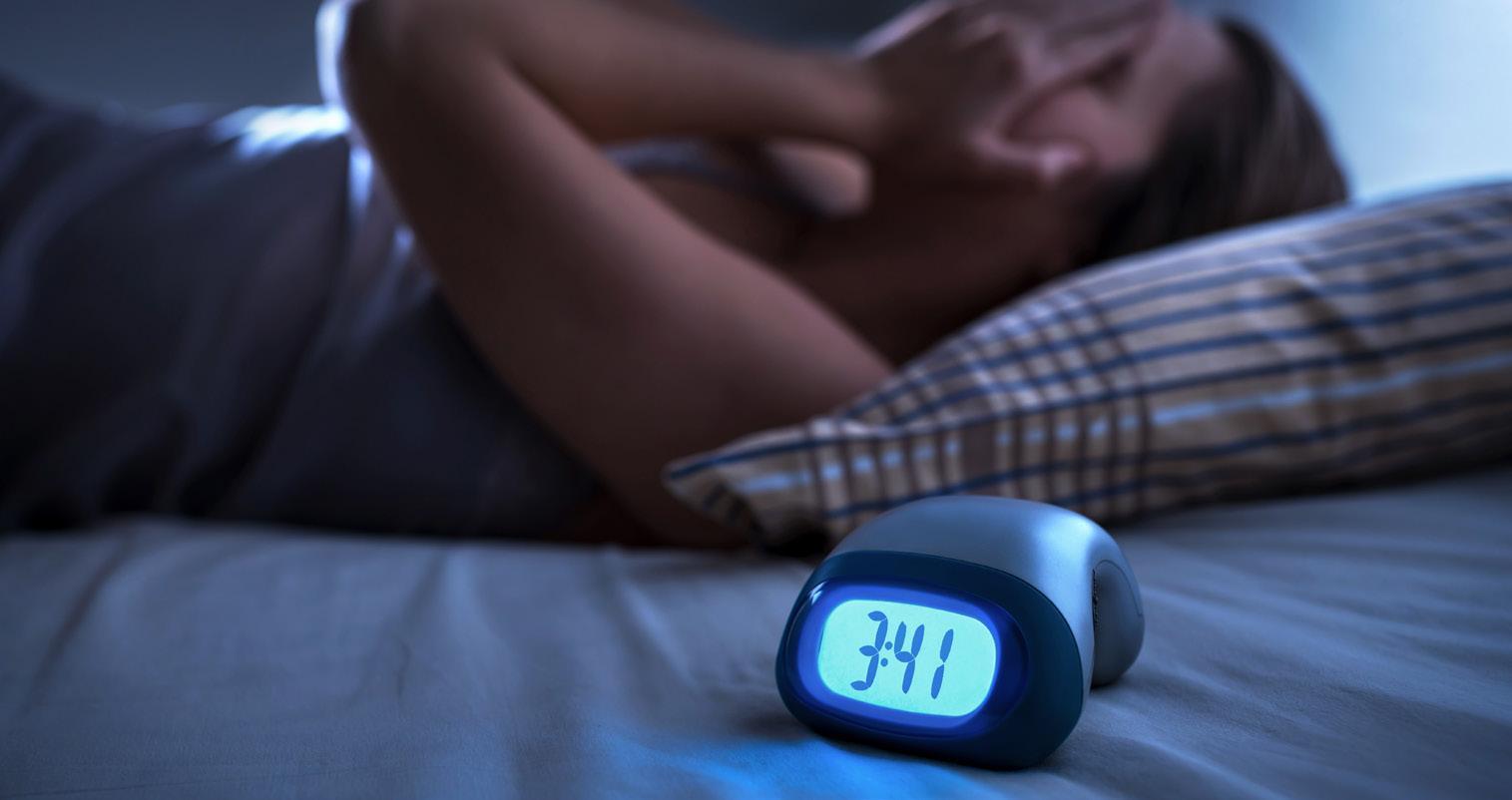
April 2023 Vetaffairs 11 HEALTH AND WELLBEING
Sleep is closely connected to the quality of our mental and emotional health and has been linked to depression, anxiety, and bipolar disorder.
Sleep – we can’t function without it:
Yet one in 10 Australians suffer from a sleep disorder
Anzac Field of Remembrance –the symbol of self-sacrifice
A message from Australian War Widows NSW
for their own commemorative service. A service which is theirs. One that allows them to remember their loved ones, one that allows all in attendance to be involved. This is of course the story of the Anzac Field of Remembrance.
The Anzac Field of Remembrance was first held in Sydney in 1952 at the instigation of another war widow, C J (Lesley) Pope, after she found a brochure about the UK Field of Remembrance in her mother’s memorabilia. Ever since, it has been the most solemn and important event for war widows. A very personal way for families to commemorate, in person or online, those they loved and lost.
Our founder, Jessie Vasey, fought hard for war widows to be recognised at commemorative events. This April, we wanted to tell you a story about one of the most moving commemorative services you will see. It is a story about love, tradition and legacy.
On 20 April every year, War Widows gather at St Andrew’s Cathedral in the centre of Sydney

The service is centred around widows and the families of our veterans who continue to carry the burdens of service. It involves the planting of crosses as widows and their children come forward, one by one, to lay their personal tributes to their husbands and fathers gone too soon. For those watching on, it is impossible not to be moved.
Prior to COVID, the ceremony was followed by the planting of crosses in Hyde Park. We are looking forward to bringing this tradition back next year. Following Anzac Day, the crosses were traditionally collected, burnt and their ashes spread in Rookwood Cemetery in Sydney. While the service has changed over the last 70 years, one thing has not: its incredible ability to touch our hearts and help us understand a
AWWQ’s Maureen Rush awarded Order of Australia Medal
A humble, community stalwart, Maureen was recognised for her ‘service to veterans and their families’.
Maureen has helped war veterans and widows in the Gympie and wider area for 10 years as a member of multiple committees. In particular, as President of the Gympie Sub-Branch, the Vietnam Veterans Association Gympie and the Legacy Laurel Club.
Appointment of new State President
At the AWWQ Annual General meeting in November 2022, Jenny Gregory was farewelled as State President after serving the maximum term of six years in the position.
little more about the sacrifices of the families of our veterans.
So this year, we invite you all to join the service, in person or online. For those who cannot live-stream on the day, the recording of the ceremony will be available on our YouTube Channel.
Find and subscribe to our channel here:
A message from Australian War Widows Queensland (AWWQ)
Maureen Rush, AWWQ Board Director and President of the Gympie Sub-Branch, was awarded the Medal of the Order of Australia (OAM) in the General Division of the Order of Australia in the Australia Day 2023 Honours List.
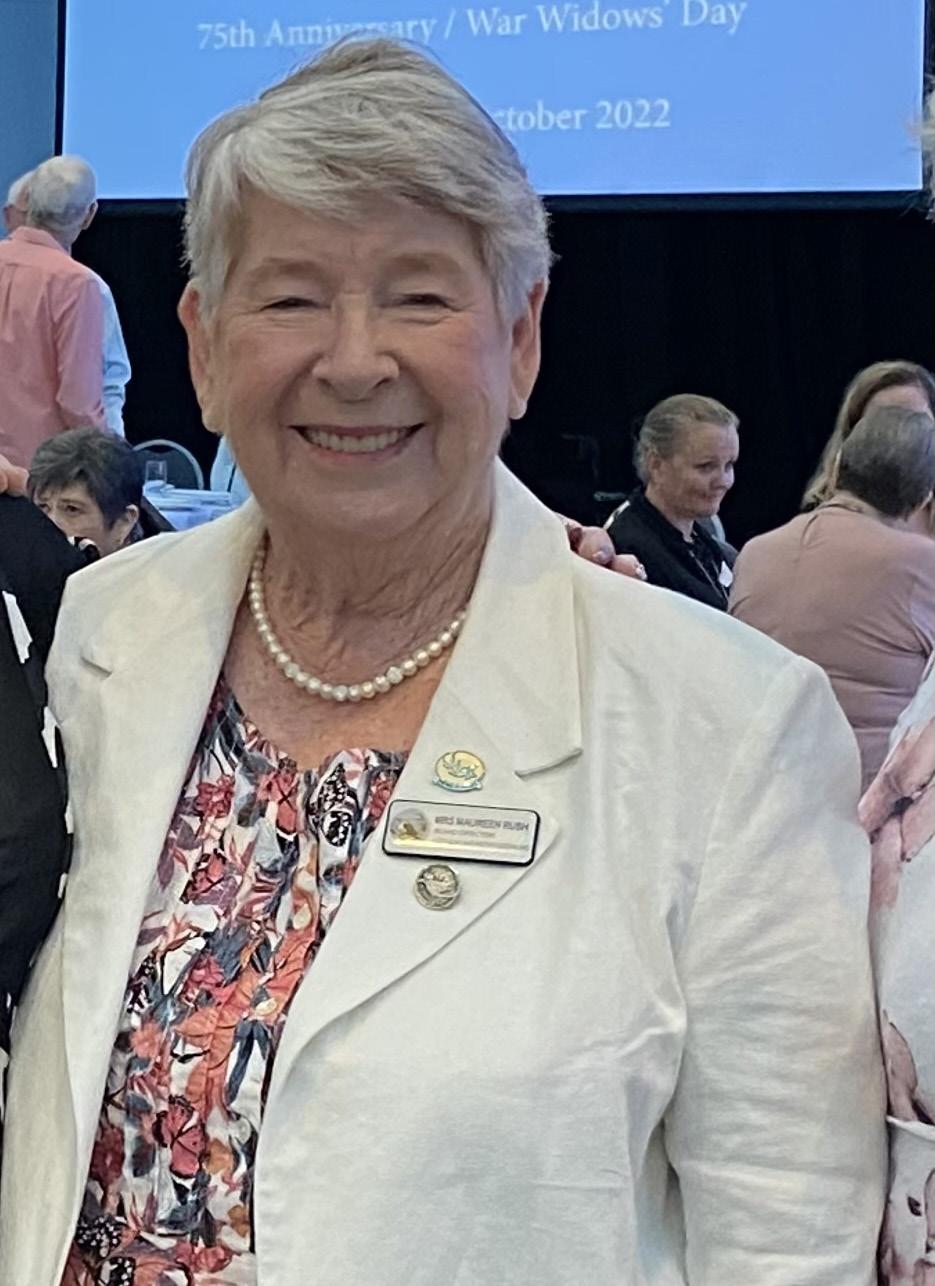
Maureen also works closely with Quilts of Valour, the Rats of Tobruk Association and knits poppies for RSLs and others for Remembrance Day, St Patrick’s Parish Council and the Gympie Probus Club. She also knits garments for neonatal infants at Queensland Children’s Hospital Brisbane.
Maureen says the OAM came as a surprise to her, as she never thought about awards during her years of veteran work.
‘I’ll keep doing what I’ve been doing as long as I can,’ she said.
Thank you, Maureen. Your work is greatly appreciated.
Jenny has been replaced by Judy Smith, a war widow of 12 years. Judy’s background is nursing, which opened doors to opportunities and experiences during many years in Papua New Guinea and the Northern Territory.

Judy’s husband was a Second World War RAAF veteran based at Marrangaroo, Lithgow in NSW where dangerous chemical weapons from 1914 to 1945 were stored and destroyed. Scores of these men survived the war but lived with the effects of their service at Marrangaroo and had to fight for any benefits.
After her husband’s death, Judy joined the AWWQ Maroochydore SubBranch, later becoming president and AWWQ Board director in 2019.
Judy brings to the role extensive experience and is committed to working with the Board to ensure that the work to support war widows Jessie Vasey OBE CBE begun 75 years ago continues.
To find out more about Australian War Widows Qld or how they can help you, please get in touch. Visit the website or phone 07 3846 7706.
12 Vetaffairs April 2023 WIDOWS’ NEWS
‘…we are the chief mourners. We must never allow this country to forget the debt owed to its war dead. Not only do we remember, we must be seen to be remembering.’
– Jessie Vasey OBE CBE
The Anzac Field of Remembrance is held at St Andrew's Cathedral, Sydney
Judy Smith
Maureen Rush OAM
A message from Australian War Widows Inc (AWW)
It was with great pleasure that we introduced members to our new AWW Council late last year.
Congratulations to new National President, Jenny Gregory and new National Treasurer (and WA State President) Emily Cook. See profiles at right.
We also welcomed new NSW State President Queen Dunbar, Qld State President Judy Smith, SA State President Diane Carr and welcomed back ACT State President Robynne Mitchell to the Council.
WIDOWS’
small grants and private philanthropy. It is especially difficult for national bodies to obtain funding and it is our intention to attract donors and corporate sponsorship.
To meet the challenges facing all ex-service organisations (ESOs) today, hard questions need to be asked about leadership, vision and the direction in which we intend to take our organisation. We know we can never be sure we have all the answers.
However, our strategic plan has been formalised and sets out our vision for the future.
As President, Jenny is responsible for helping shape government policies that affect war/service widows and their families. She is keen to stay in touch with the veteran family community as much as possible, by making speeches, meeting and greeting, and generally being visible in and to that community.
Jenny Gregory
Jenny joined Australian War Widows Queensland shortly after her husband’s death in 2013 and became State President in 2016. She holds a Bachelor of Applied Science in Nursing Science and a Graduate Diploma in Health Services Management. Jenny has worked for many years in aged care and understands many of the issues that face our widows as they prepare for residential care and the sometimes, complicated process of obtaining home care.
Rhondda Vanzella OAM
We farewelled Rhondda Vanzella OAM, the outgoing National President, and thanked her for her contribution to AWW over the past two years. Rhondda will remain as an observer and mentor on the Council.
Rhondda was NSW State President from 2016 until 2022. She is also a member of the Australian War Memorial Council, a member of the Remembrance Driveway Committee, an Ambassador on the NSW Government Centenary of ANZAC Council, member of the RSL Ladies Auxiliary, an affiliate member of RSL Bundanoon sub-branch and President of the RSL Rural Commemorative Youth Choir. Previously, Rhondda was Vice President of the Kangaroo Re-enactment March from Wagga Wagga to Sydney and spent 15 years as Electorate Chief of Staff and confidant to Dr Brendan Nelson AO. This newly elected National Council is 100% focused on matters affecting all war/Defence widows and families in Australia. Not-for-profit organisations, by nature, have extremely low profit margins, if any at all, and rely on
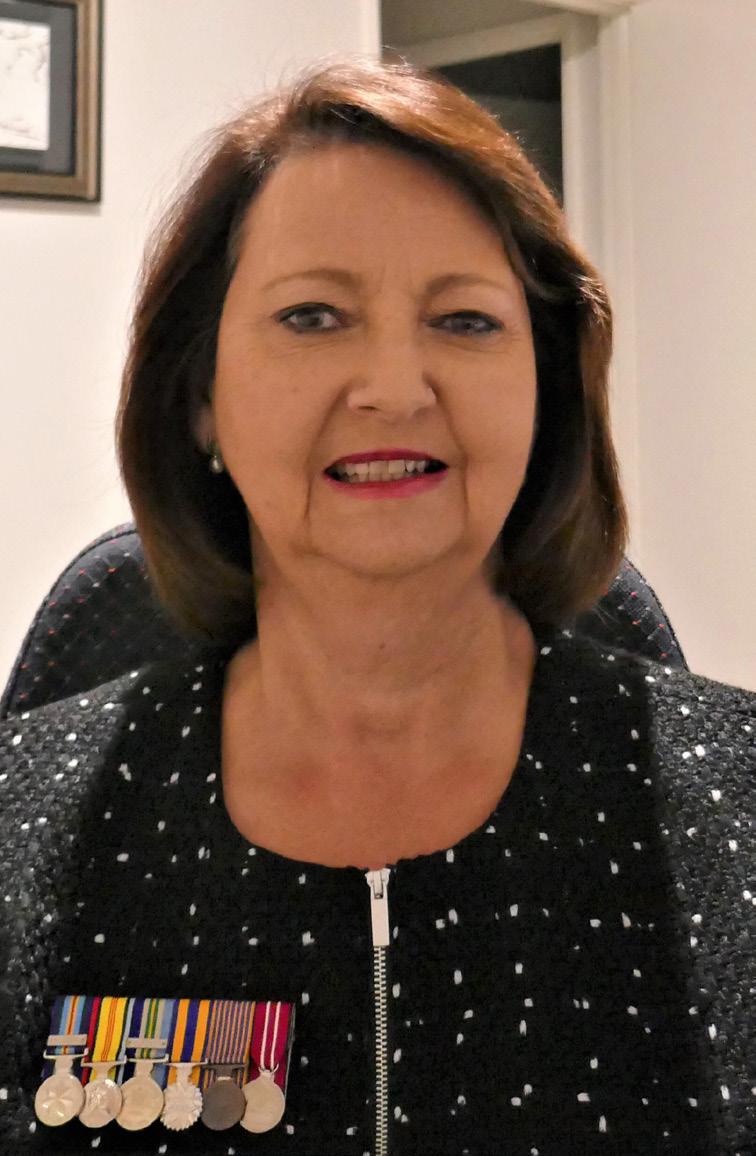
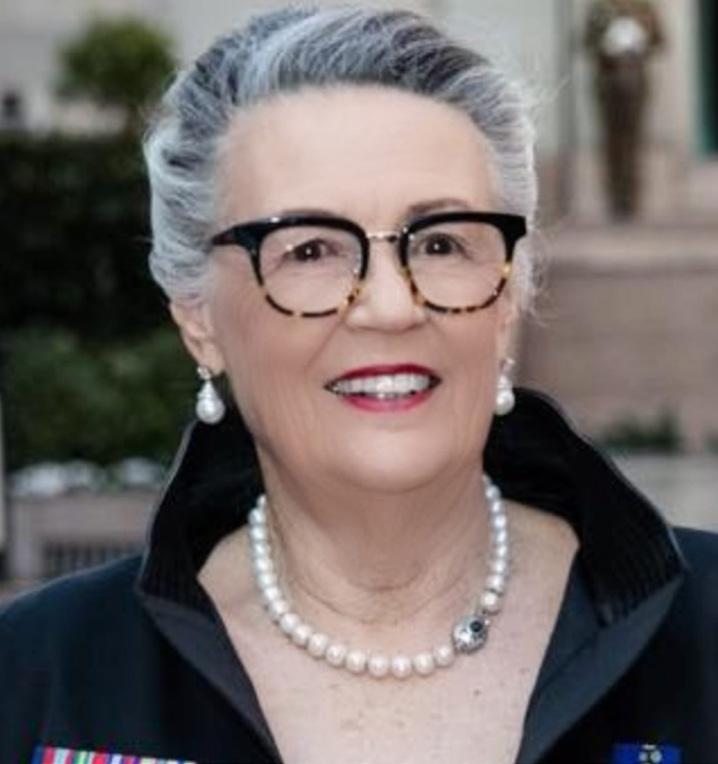
One of the biggest priorities for 2023 is to continue the momentum initiated by AWWQ and AWW NSW to celebrate War Widows Day on 19 October and work towards having a National War Widows Day on this date each year.
This date is the birthday of Mrs Jessie Vasey OBE CBE, the Founder of AWW in 1945.
AWW’s motto is:
‘We all belong to each other. We all need each other. It is in serving each other and in sacrificing for our common good that we are finding our true life.’
AWW advocates for all war/service widows in Australia and invites any widow who does not belong to an ESO and who needs support to contact AWW. We can provide you with more information about the services and benefits you are entitled to.
Phone 0411 512 310 or 0427 735 871
Email: wwidowsnat@bigpond.com
Website: warwidows.org.au
Jenny’s passion in the aged-care space was working with people with dementia and she became the inaugural President of Alzheimer’s Australia ACT (now known as Dementia Australia). At the tail end of her nursing career, she was a nurse educator in the field of dementia care.
Jenny’s husband was a veteran who served in the Army in Malaya, Vietnam and Singapore. When he transitioned to civilian life, he had a very successful private investigation business. They travelled the world together as he worked with many international colleagues on some very interesting cases. It was a very full life.
Jenny is passionate about her role as National President and working with the National Council to advocate for, and support, all Defence and war widows.
Emily Cook
Emily became WA State President in June 2020. After completing a Diploma in Secretarial Studies, Emily worked at the Royal Perth Hospital as a shorthand typist. Emily continued her career at Royal Perth Hospital for 46 years.
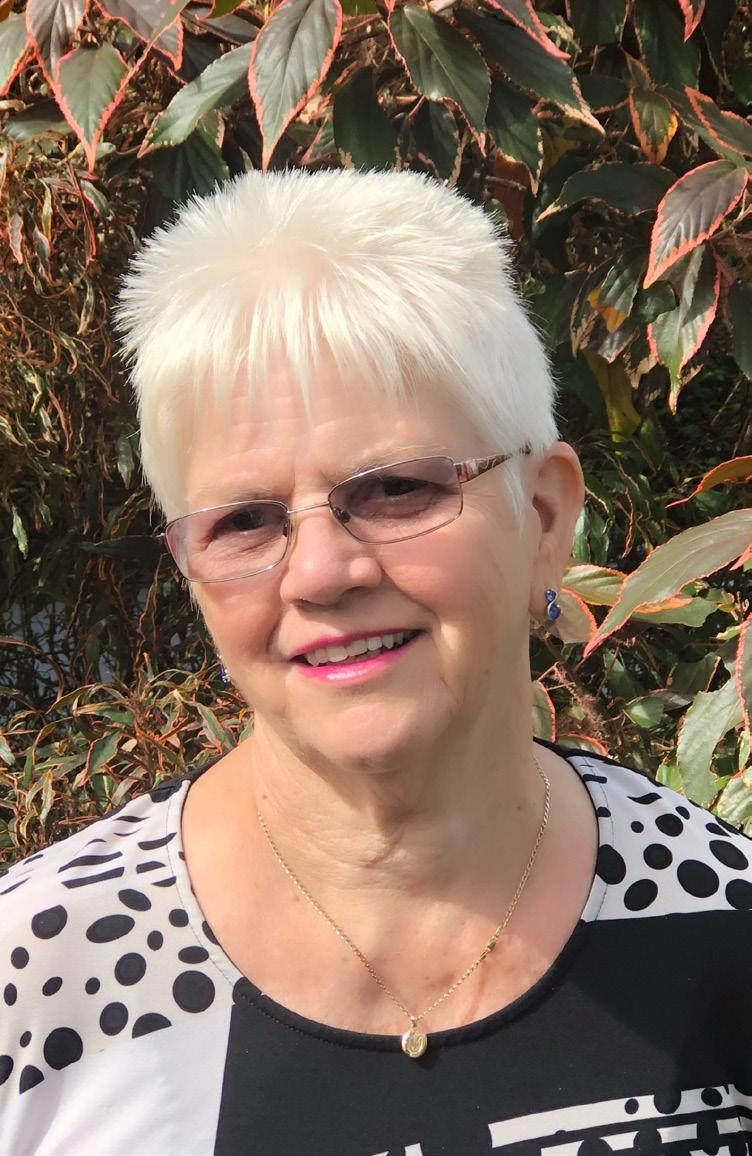
It was while working at the hospital that Emily met the love of her life – Warren. Warren had served in the Royal Australian Navy for 21 years. After retiring from the hospital, Warren became an advocate for the Vietnam Logistic Support Veterans Association WA, working out of an office at RAAFA Bull Creek. He continued to do this until his passing in 2017.
Emily greatly admired Warren’s tireless effort and dedication, and that of the other advocates at Bull Creek, assisting fellow veterans. By joining AWW, Emily hopes she will be able to contribute to the veteran community by advocating for the needs of widows and veteran families.
April 2023 Vetaffairs 13
Changes at the helm of Australian War Widows Inc NEWS
RSL Australia’s limited edition Anzac biscuit tins at a store near you

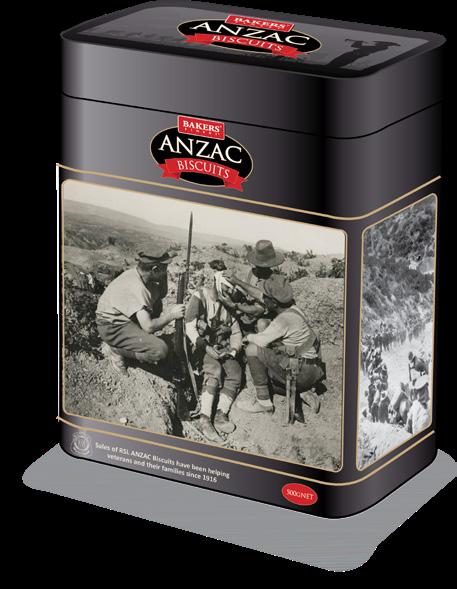
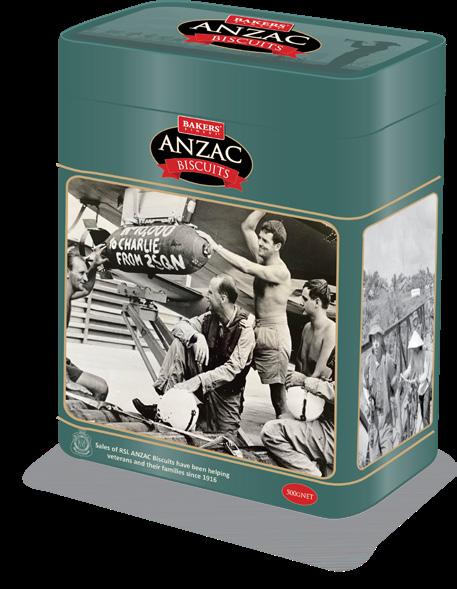

A message from RSL Australia
The humble Anzac biscuit has become an iconic pantry item in the homes of Australians and New Zealanders for well over 100 years and is an iconic feature of our Anzac Day commemorations. A simple recipe characterised today by oats, desiccated coconut, flour, sugar, butter and golden syrup, it originated as a hardy biscuit that could be sent in care packages to troops on the front line in the First World War.
Soldiers often ate them as a substitute for bread or crumbled them to form a porridge. When supplemented with condensed milk, ‘Anzac porridge’ was a prized delicacy.
Every year the RSL partners with Bakers Finest to produce Anzac biscuit collector tins. A portion of the proceeds goes back to the RSL to support its charitable work providing welfare services and advocacy support to our veteran community and their families.
This year’s range of limited-edition tins is available in Coles,
Woolworths and Aldi as well as some independent stores. Each of the five designs commemorates a significant anniversary or key period in our military history.
The 2023 Anzac biscuit tin themes are:
• The War in Afghanistan: Represents our youngest community of veterans, who were deployed between 2001 and 2021 to support Coalition efforts to contain the threat of international terrorism and to support the Afghan Government. Available in Aldi supermarkets.
• AHS Centaur: 80th anniversary of the sinking of Australian Hospital Ship (AHS) Centaur, which was sunk by a Japanese submarine off the coast of Queensland. Available in Aldi supermarkets.

• The Korean War 1950–1953: 70th anniversary of the end of the Korean War, in which Australia joined a United Nations force to defend South Korea from a communist insurgency and the North Korean Army. Available in independent outlets.
• The Vietnam War 1962–1973: 50 th anniversary of the end of Australia’s involvement in the Vietnam War, during which Australia deployed some 60,000 personnel to defend South Vietnam from the North’s Communist regime. Available in Coles, Woolworths and some independent supermarkets.
• The First World War: Anzac Day marks the landing of the Australian and New Zealand Army Corps (ANZAC) at Gallipoli, on 25 April 1915 Today we commemorate the service of all Australian service personnel, over a century
of wars, conflicts and peace operations. The war was the catalyst for the establishment of the RSL, to support soldiers returning home. Available in Coles and Woolworths supermarkets. Anzac Day is on Tuesday, 25 April 2023. Across Australia, the RSL is involved in commemorative services, events, sporting fixtures and fundraisers, each paying tribute to the contributions and sacrifices made by our Defence and veteran community. Find out more about what’s on and how you can participate: rslaustralia.org/anzac-day
VESPA parabiathlon – helping veterans find purpose through sport
A message from Prince’s Trust Australia
After more than 30 years of service in the British Armed Forces and the Australian Defence Force (ADF), Gary ‘Curtis’ Steiger has taken the discipline and attention to detail he acquired in the Navy and used it to launch VESPA Parabiathalon (vespaparabiathlon.com).
VESPA supports medically discharged ADF and emergency services personnel to compete in the biathlon – a rigorous Winter Olympic sport combining cross-country skiing with rifle marksmanship.
The competition challenges VESPA athletes physically and mentally but provides muchneeded support to rebuild their identity, sense of purpose, and community after service.
‘Biathlon is so challenging technically, physically and mentally that it’s the perfect sport to promote wellbeing among veterans who’ve been discharged medically,’ says Curtis, a former ADF Biathlete himself. ‘They’ve lost the

comradery of the military, had their craft and profession taken from them.’
Taryn Dickens exemplifies VESPA’s mission. Taryn was diagnosed with cone-rod dystrophy in May 2019, and works with Gigi, a Defence Community Dog, to help her navigate her vision impairment.
According to Curtis, ‘Taryn was struggling to get out of bed for the last eight months and then she went cross-country skiing for the first time, and it’s given her purpose.
Retraining from Track Cycling to Nordic Skiing less than a year ago, Taryn has already been invited to take part in entry-level World Nordic Skiing events this year, putting her on track to fulfil her ambition of competing at the Winter Paralympics in 2026.
Curtis launched VESPA with the help of Prince’s Trust Australia’s free Enterprise program, which is sponsored in part by DVA. The Enterprise program supports veterans and military partners to
launch and grow small businesses and charities across Australia.
Prince’s Trust Australia (princes-trust. org.au) is a national charity that helps young people prepare for the rapidly
changing world of work, inspires veterans and families into entrepreneurship and self-employment, and champions resilient sustainable communities.
14 Vetaffairs April 2023
ESO NEWS
Victoria Police veterans honoured for their service as Nashos
A message from the Community Advocacy Alliance (CAA)
On 18 February, the Chief Commissioner of Victoria Police Shane Patton APM together with Head of Corps of the Royal Australian Corps of Military Police Colonel Ruth Weir CSC unveiled an Honour Board recording the names of 134 former Victoria Police officers called up for National Service. Of those, 52 served in Vietnam, Borneo or Malaya, while 82 served wholly within Australia.
The dedication of the Honour Board and the parallel ceremony was a formal acknowledgment by the Chief Commissioner of those National Service Police veterans who served their country during the Vietnam War era. This was an acknowledgement not previously recognised.
The event took place at the Victoria Police Academy chapel in Glen Waverley, Melbourne, and attracted about 500 people, of whom about 55 were former Nashos, along with 20 widows. Also present was Australian War Memorial Director Matt Anderson PSM, Victorian Police Minister Anthony Carbines, Shadow Minister Brad Battin, and members of both the Vietnam Veterans Association of Australia – Victoria Branch and the Retired
Police Association of Victoria, which jointly funded the Honour Board.
All 134 who were called up returned to Victoria Police duties after their two-year National Service obligation. Of these, 52 served in Vietnam in various units including Military Police, Infantry, Signals, Artillery, Service, Medical and other Corps.

‘It was a fantastic event,’ Colonel Weir said. ‘It was very well coordinated. It was heartfelt and well attended by veterans and their families. Speaking to the veterans afterwards, it was clear that they felt
Land Rover charity expedition
By Steve Marshall, Navy veteran and the expedition’s organiser
The 30th of April this year will be the 75th anniversary of the first Land Rover being unveiled at a motoring show in Geneva. To mark the milestone, I have organised a group of 10 Land Rovers to travel across Australia from Cape Byron in the east to Steep Point in the west.
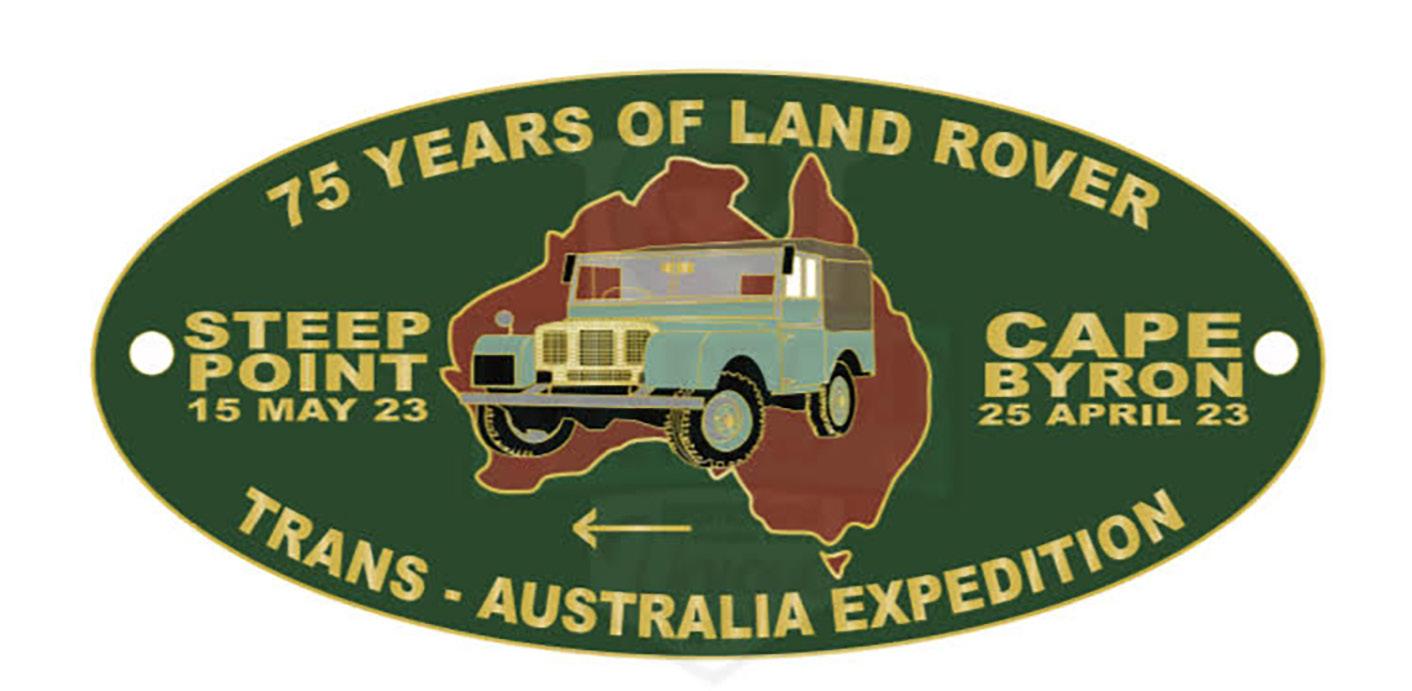
We will be driving 6,000 kilometres on rough tracks and minor roads over 23 days. We will cross more than 1,100 sand dunes in the Simpson Desert and travel along the famous Gunbarrel Highway in the Gibson Desert in WA.
We are departing from the Byron Bay Services Club on Anzac Day 2023. We will be escorted into Steep Point WA on 15 May by the Pilbara Regiment who will meet us at the Western Australian border and travel with us to the coast.
Most of the Land Rovers are ex-Army, mainly around 30 years old.
The purpose of the Trans-Australia Expedition is to salute these trusty post-War vehicles and their users such as the Australian Army, Len Beadell – the great Australian surveyor – the Leyland Brothers plus peacekeeping and disaster relief services. It is also an opportunity to help others by raising awareness of mental health for veterans and others in remote areas. I have lived experience in that regard.
It is also my aim to raise awareness of the charity: Mates4mates, which was started by the Brisbane RSL.
I have been passionate about science, learning and Land Rovers for many years. I first crossed Australia in an old Land Rover in 1982. I also met up with the late Len Beadell in
a great deal of pride in their service both as National Servicemen and as police officers.’
‘I think we can all agree it was an overdue event,’ Chief Commissioner Patton said. ‘It was the largest number of police ever called up for military service and for the longest detachments. Thankfully all our members returned home safely but what is even more extraordinary is that they all resumed their policing career afterwards. This is testament to their character and sense of duty and I am very proud that they went on to make such significant
contributions to policing and the wider community.’
‘During the conscription years, members of Victoria Police were not exempt from National Service,’ said CAA’s Gordon Beach whose brainchild the Honour Board was. ‘Until now, these police officers had not been acknowledged or recognised for their service. No records had been kept of those who served. As Churchill said, “Those who fail to learn from history are condemned to repeat it”.’
Read the full article at dva.gov.au/ vetaffairs.
South Australia. I am the author of Unlock Your Land Rover Genius, Intel from 50 Years x 14 Land Rover x 2 million Km (Global Publishing 2017).
I hope it benefits others and inspires Australians to get out and see this wonderful country, especially after all the COVID lockdown dramas. Outback and remote communities need recognition and support as do many small Australian businesses. I hope this endeavour will aid others if only in small ways.
There is a lot of interest worldwide in the trip. I have thousands of followers on Facebook (facebook. com and search for ‘steve marshall’) and have been talking about it for a year now.
You can go to the Mates4Mates website (mates4mates.org) and donate to them, or you can sponsor one of the Land Rovers.
And if you’d like to take part or help with filming it, see us en route.
You are welcome to contact me: Steve@landrovergenius.com.
April 2023 Vetaffairs 15 ESO NEWS
Brothers in arms
A message from Freemasonry’s Service Lodges
Late last year, current and retired servicemen undertook a number of charitable and commemorative activities as members of one of Freemasonry’s Service Lodges spread across Australia.
We sent Christmas parcels directly to troops based overseas, as we have done for some years. On one occasion, the point of contact returned to his office in Afghanistan to find it stacked high with parcels for distribution. While the parcels contain lollies, savoury biscuits, an individual Christmas pudding and a magazine, they also include a letter from the members and a personal card – but most importantly, they include a pack of Tim Tams!
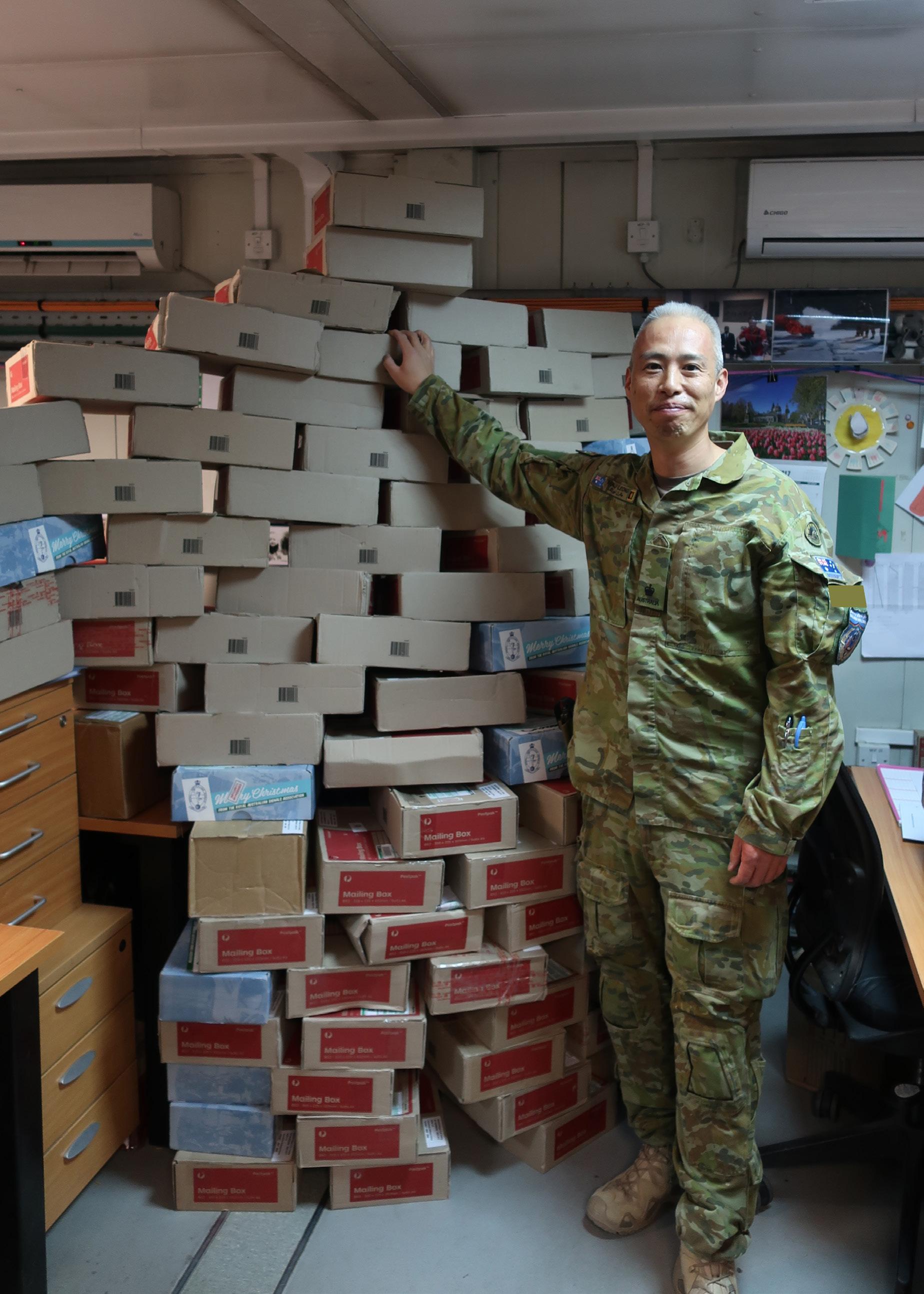
It is always nice to receive a response from the recipients who say how much it means to them to be remembered. Other charitable work included a $1,000 donation to Quilts of Valour. (quiltsofvalour.com.au). Their mission is to present handmade quilts to service members and veterans in recognition of their sacrifice for Australia while deployed on combat operations. Recognition also extends to the families of Australian Defence Force personnel who have made the ultimate sacrifice. These are ‘warmly’ received, including by some members of Service Lodges. Money is also regularly raised for Legacy and the Good Friday Appeal.
Very importantly, we hold commemorations each year for Anzac Day, Remembrance Day and the Battle of Long Tan. The Long Tan ceremony is typically conducted by Vietnam veterans. The central feature is a replica of the Long Tan Cross surrounded by the flags of the participating nations and a candle for each of the fallen. There is much ceremony involved. The keynote speaker at the most recent event was a combat medic in the Ready Reaction Force on the day of the battle who went through the battlefield the following morning.
Freemasonry has at its core the three principles of Brotherhood, Charity and a belief in a Supreme Being. Service Lodges are formed based on the common military background of its members, and while rank is acknowledged, every member is treated equally – much as occurs on the sports field. The Army Lodge is one of these and is based in Melbourne but there are others in every state and territory. If you would like to know more about Service Lodges and Freemasonry, visit the Army Lodge website (thearmylodge. org) or contact the Thearmylodge478@gmail.com.
The Maryborough Military and Colonial museum
A message from the Maryborough Military and Colonial museum
For those who have not yet visited the incredible Maryborough Military and Colonial museum (MMCM) north of Brisbane, there awaits an astounding and world class collection of items that will interest veterans and civilians alike.

The most recent acquisition is Sgt James (Paddy) Todds’ medals and accoutrements (pictured). Paddy was wounded by a mortar landing
between his feet during the battle of Long Tan in Vietnam. Due to the ground being sodden and muddy his heels bore the brunt of the explosion.
Paddy was crawling back into the perimeter the next morning when he was very nearly shot by a fellow Australian soldier on piquet.
As Paddy had no family, the MMCM was given Paddy’s initial set of medals by 6th Battalion, Royal Australian Regiment. The then managing director of the museum, the late John Meyers applied to the Honours and Awards section of the Department of Defence and obtained all of Paddy’s other original medals. The medals are now on display with many other military treasures.

The MMCM also boasts the largest collection of Gallipoli officer gallantry awards in the world. This huge and priceless collection is held in a special viewing room in the museum and is a must for historians, writers and collectors to see.
112 volunteer veterans run the museum, which has won the best Fraser Coast tourism award for three years in a row and is now in the tourism Fraser Coast Hall of Fame.
We would like to invite all veterans and families or friends to visit our museum if they pass through Maryborough on their travels.
For more information, see the MMCM website (maryboroughmuseum.org)
16 Vetaffairs April 2023 ESO NEWS
Major Andrew Leong, Kabul Garrison Command, with recently arrived parcels for the troops ready for distribution, November 2017
The Maryborough Military and Colonial museum
Continuing to Serve – APS Veteran Employment Pathway pilot completed
On 8 December 2022, the department acknowledged the success of 13 men and women who completed the very first Veteran Employment Pathway (VetPaths) Program – a pathway to ongoing employment in the Australian Public Service (APS). The program is a collaboration between DVA, the Department of Defence and the Australian Public Service Commission.
In February 2022, we reported the 13 veterans had been placed in
various positions within DVA and Defence that best matched their qualifications and skills.
The program aimed to help veterans gain ongoing jobs in the APS. A key focus was on development, to provide targeted support for participants as they transition from a military background.
The pathway was designed to ensure long-term success and was supported by the APS Academy, which equips people and teams
with the skills, tools and knowledge to shape and deliver excellent outcomes for Government and the Australian community.
The program had four pillars:
• an APS Academy-led learning and development program
• a formal mentoring program to help set initial APS career goals
• a buddy program, accessing an internal veteran employee as a buddy
• family inclusion activities.
Support for Employment program continues to help veterans with careers
Launched on 29 March 2021, the Support for Employment (SFE) Program recently celebrated its second anniversary. The program provides eligible veterans with up to 10 hours of one-on-one support across a range of pre-employment and post-employment services.

The program continues to support veterans by building their job-seeking skills and helping them adjust to employment in the civilian workforce.
SFE is part of the Prime Minister’s National Veterans’ Employment Program and is available to eligible veterans who transitioned from the permanent Australian Defence Force (ADF) between one and five years ago. This complements the support provided through the ADF's Defence Force Transition Program, which is available prior to, and after, separation.
Veterans can access services including help with interview skills, personal branding and marketing, mapping of transferrable skills and experience to civilian roles, developing career goals and assistance adjusting to, and understanding, the civilian workplace. This one-on-one targeted support means outcomes are personalised and directly relevant to the veteran and their needs.
Each veteran who participates in SFE is allocated a professionally qualified Rehabilitation Consultant, who helps them to undertake a program tailored to support their individual needs. This consultant works for an independent rehabilitation provider company, which is contracted by DVA to provide these services. Incite Solutions is one of the companies providing SFE. One of their consultants, Megan, says the
program has been a game changer for her clients.
‘I have found the Support for Employment program very beneficial for clients as it’s straight to the point, supported by a clear framework and guidelines,’ Megan said.
Another great service offered through the program is assistance with advice on education and training. A recent participant of the program, who is now working in a new career, provided feedback on their experience.
‘The SFE provider was exceptionally helpful, helping me find a pathway to study something that lines up with my interests and natural skill set,’ they said.
Workcom, another provider of SFE, is passionate about helping veterans find their new careers in the civilian workforce, and the one-on-one
The pilot would not have been as successful without the tremendous support of our partners throughout the year – Defence and the APS Academy.
A formal pilot evaluation is underway.
More information is on the VetPaths page of the department’s website (dva.gov.au and search for ‘Vetpaths’), including how to register interest for potential future programs.
support offered through the SFE program aligns perfectly with their goal.
‘This is a great program to assist with the transition from Defence to civilian employment,’ their spokesperson said. ‘I love that it is targeted to the veteran’s employment needs, it’s user-friendly and can be administered in a timely manner.’
Whether you’re actively job seeking, wanting to update your résumé or discuss career or study options, don’t miss this opportunity! Accessing the SFE program is easy.
Want to know more?
Log into your MyService account via myGov. If you are eligible, a Support For Employment tile will automatically appear on the home page of your account. Click on this tile to start enrolment in the program. If a tile does not appear, and you believe you are eligible, email SFE@dva.gov.au.
April 2023 Vetaffairs 17 TRANSITIONING WELL
The first participants in DVA’s Veteran Employment Pathway, from left: Tony, Jim, Brett, Andrew, Tina, Liam, Sisir, then DVA Secretary Liz Cosson AM CSC, Adam, Mick (coordinator), Will and Steve (absent: Erika, Kallum and Jason)
Postvention and its role in suicide prevention
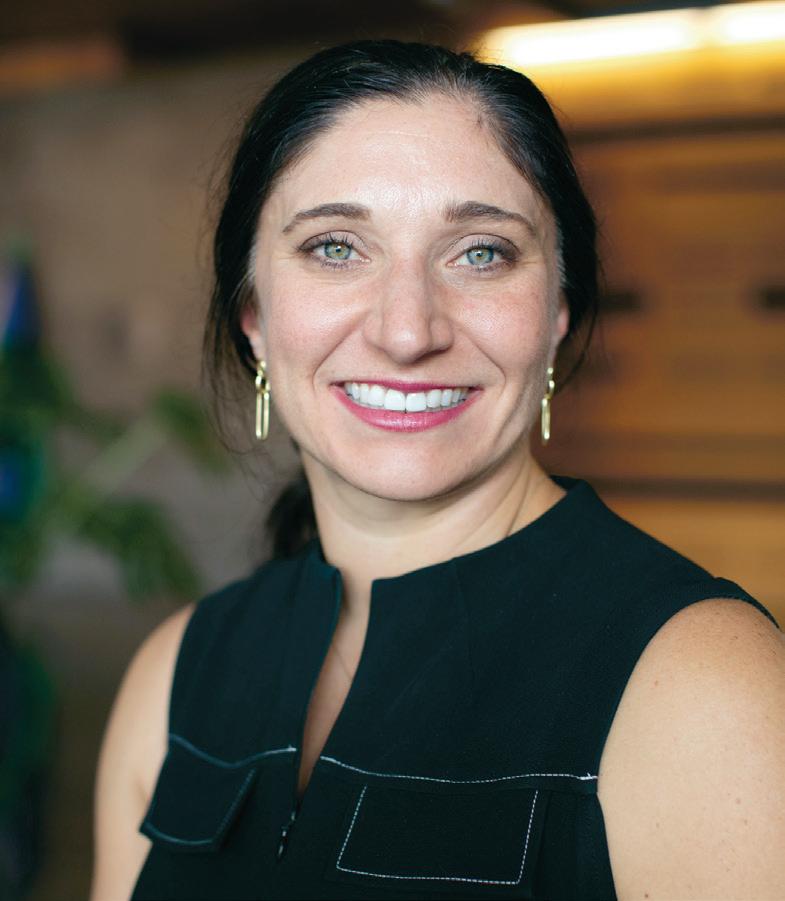
The Royal Commission into Defence and Veteran Suicide has laid bare the devastating impact suicide has on our veteran community. The numbers are staggering.
According to the Australian Institute of Health and Welfare, between 1997 and 2020, 1,600 current and former members of the Australian Defence Force (ADF) lost their lives to suicide.1 This is a national tragedy and we need urgent action to support our ADF members and veterans. But an often forgotten consequence of suicide is the long-lasting impact it has on the people left behind.
Each suicide sends a wave of grief and trauma through the veteran community. Recent research shows that for each person who dies by suicide, 135 other people are directly impacted. 2 Partners, children, family, friends, colleagues. A single person touches so many lives.
No matter the cause, coping with a loved one’s death is always difficult. But suicide carries extra burdens. Often the death is violent and sudden. Families can be left with questions about why their loved one took their life. They may blame themselves; they may wish they had noticed something sooner, or tried harder to get help. This can cause trauma.
Feelings of grief are inevitable. After all, grief is an expression of love. But trauma is also present too. While trauma and grief may go hand in hand, they are different, and the treatment to recover from each is also different.
This is why it’s time to have a conversation about postvention, and the steps we can, and should take, to better support families struggling after suicide.
So, what is postvention? Postventions are supports provided to families after a suicide has occurred. Postvention recognises that suicide has a profound impact that differs from other deaths. People who have
lost someone to suicide are at an increased risk of dying by suicide themselves. They are also likely to experience symptoms of posttraumatic stress. They may become socially isolated, struggle with feelings of guilt and shame or succumb to substance abuse.
But with targeted support, risks can be managed and families given the best chance to rebuild their lives after suicide.
Immediately following a death, people should receive access to services that can assess and provide support for posttraumatic stress. After a death, many people report feeling alone and are reluctant to seek help. How could anyone understand what they’re going through? If you haven’t experienced it, you couldn’t know. But there is a community who have been there. People who have lived through the trauma and recovered. So we need to get better at connecting those who are left behind. Talking to someone who knows what they’re going through is the best way to validate their feelings, share their grief, and receive advice on how to seek specialist support.
you don’t want to look at, let alone speak about, and it is heavy. But through postvention you can learn a language that gives voice to those feelings and gain a community where it is safe to connect and tell your story.
Sometimes when you’re having a bad day it can be as simple as saying, ‘I feel like my feet are in concrete and I’m sinking to the bottom of the sea,’ and have someone there who understands. It also helps those suffering to connect better with those around who are not as affected by the death. Those left behind often lose people from their social networks after the suicide. Learning how to reconnect to loved ones who cannot understand the deep, heavy, unrelenting pain can be life saving.
Once a person has the support they need, they can start to move beyond the initial shock of the death. It is true that the grieving never truly stops. But with time and work it is possible to adapt to the daily rhythms of grief, and begin a new relationship with a loved one which isn’t defined by their death.
If we give families these tools to navigate their grief and trauma, they will have the best chance to build a new life. In time, they may even provide support to someone else who is suffering.

assessment of their own mental health, and easy access to appropriate trauma support. And we need to remember that support will look different for different people. That’s why we need networks of providers who specialise in a range of different treatment and delivery strategies, so people can get the right help that will work for them.
Postvention is not a silver bullet. On its own, it cannot cure the trauma. But it is an important tool. Armed with these tools families will feel supported and be better able to build a new life after loss.
Right now, I am working with Military and Emergency Services Health Australia, a number of organisations and lived experience leaders in our community to develop a framework that will align support systems for bereaved families with the Postvention Australia Guidelines. There is a wealth of expertise in our civilian suicide services. It is time for Australia to use that knowledge, listen to the lived experience of veteran families, and design a formal postvention program that focuses on educating the bereaved. We know what we need to do to help families through these devastating ordeals. It’s time to make it happen.
References:
Something postvention can give people is a language to talk about their pain. The shock, the grief and the trauma that comes with losing a loved one to suicide has no comparison in daily life. For the longest time I didn’t know how to speak about it, and that traps the pain inside, where it festers and grows darker day by day. Eventually it becomes a monster that
We need to get better at making the tools for recovery available. Recent research out of the Tragedy Assistance Program for Survivors (TAPS) has led to the development of best-practice postvention treatment. 3 They have shown that for someone to have the best chance of recovery, they need to be connected to an understanding community. They need to receive early
1National suicide monitoring of ser ving and ex-serving Australian Defence Force personnel: 2020 update, Introduction – Australian Institute of Health and Welfare (aihw. gov.au)
2How Many People Are Exposed to Suicide? Not Six – PubMed (nih.gov)
3 Responding to Grief, Trauma, and Distres s After a Suicide: U.S. National Guidelines | Suicide Prevention Resource Center (sprc.org)
18 Vetaffairs April 2023 FAMILIES
COMMISSIONER GWEN CHERNE Veteran Family Advocate
Postventions are supports provided to families after a suicide has occurred.
FEATURES
DVA and Defence engagement
DVA and the Department of Defence are working closer together than ever before.
My role includes engaging with Defence on a regular basis to ensure we are working in tandem to support you and anticipate any problems before they arise.
Some veterans I meet tell me about the experience they had when they left the Australian Defence Force (ADF) many years ago and how the transition process fell well short of what it should have been.
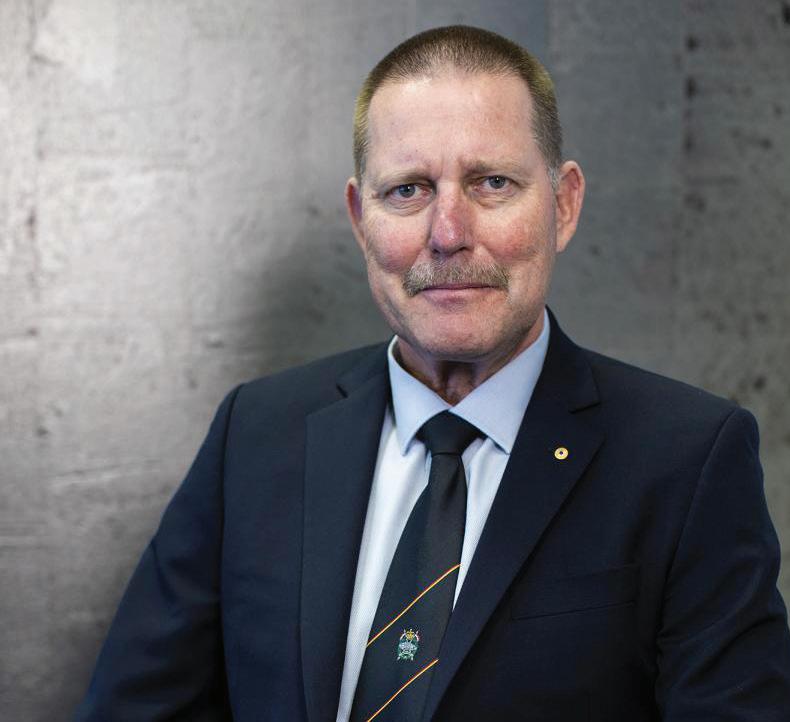
Please be assured that a lot has changed for the better in recent times and that DVA and Defence
continue to be very focused on making further improvements.
There is now a comprehensive range of services and support – available from both DVA and Defence – to help make the transition from military to civilian life easier for veterans and families.
The great thing about these services and support is that they are complementary and holistic.
As a result of the relationship that has been built between DVA and Defence, DVA is now engaging
earlier with ADF members. DVA also has Veteran Support Officers embedded on 56 bases around the country and Defence and members are making the department aware of important information so we can identify early the specific support needs of individuals.
Through the available transition programs, Defence and DVA are assisting ADF members in the areas of health and wellbeing, employment, education and training, transport, accommodation, finances and social connectivity.
For all veterans and families, DVA has released a booklet titled Planning Ahead – a guide to putting your affairs in order.
The purpose of the booklet is to help you get your personal affairs in order and to provide information on the services available for family and friends after your death. The guide has been written for members of the veteran and Defence communities and their families. It also contains information that will be useful to their carers and the people who act on their behalf or who help and advise them.
Losing a family member is a distressing and difficult time but by ensuring that your personal affairs are in order, you can make it easier for your families and loved ones in their time of grief. Read more about the kit and how you can access it on page 6.
A Joint Transition Authority (JTA) has also been established within Defence. Working in partnership with DVA and the Commonwealth Superannuation Corporation, its purpose is to better prepare and support ADF members and families as they transition from military to civilian life.
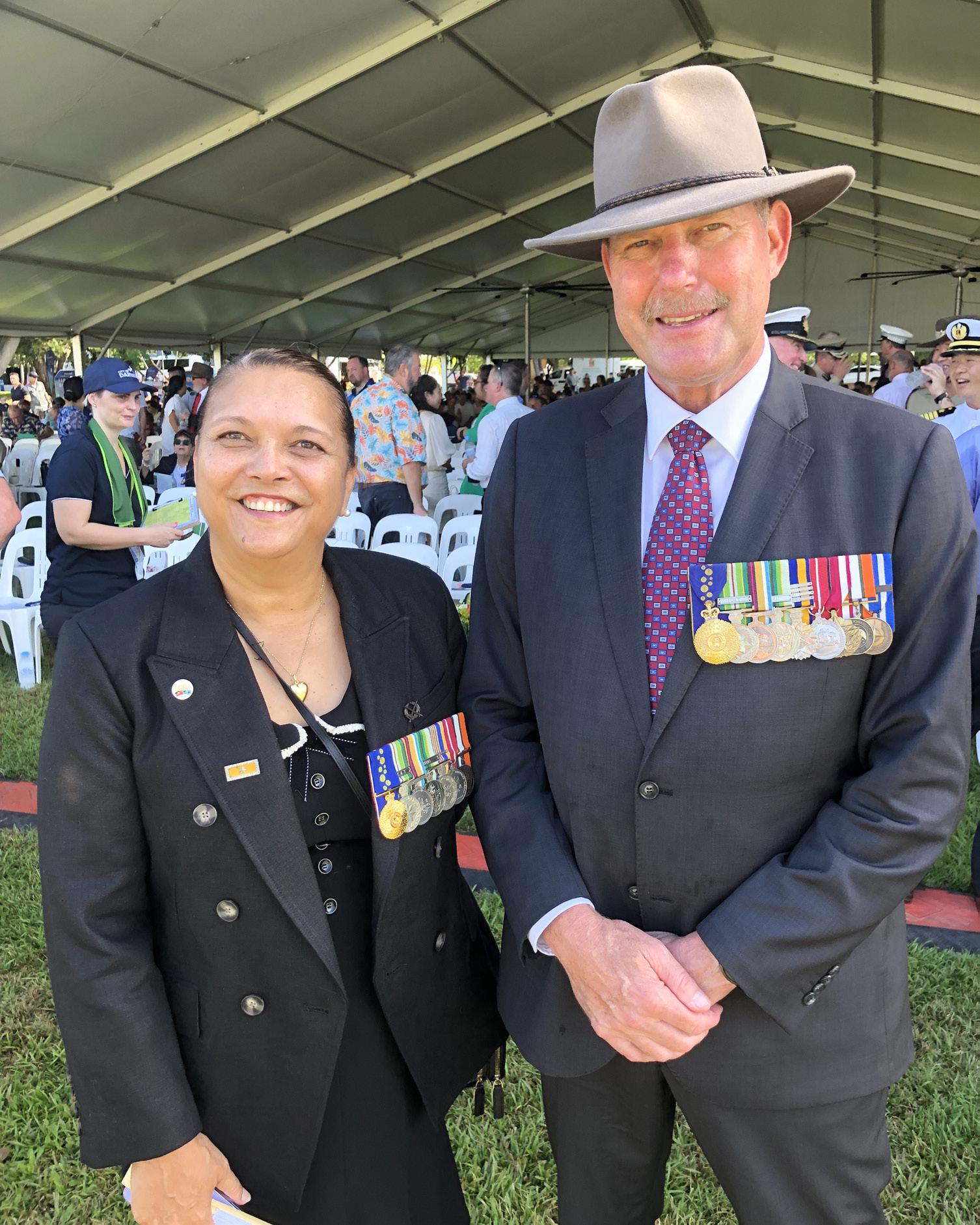
The JTA reviews the transition journey, identifying opportunities for improvement, such as:
• removing duplication
• addressing gaps in services
• integrating existing services, and
• influencing new services as they are developed.
If you are thinking of leaving the ADF in the short- to medium-term, my advice to you is to start preparing now. Just like anything in life the more you prepare, the smoother things will go.
Planning Ahead Kit
It’s a hard topic to raise but I know many older veterans think about the impact their death could have on their loved ones.
Anzac Day
As we approach Anzac Day, I encourage veterans to join local commemorative services and marches across the nation. It is always good to see old mates and stand side-byside to remember the service you and so many others have given to this country. Find out where local services will be held by getting in touch with your local RSL subbranch or visiting their websites.
This year, 25 April marks 108 years since the first ANZAC troops landed at Gallipoli. I am honoured to be participating in ceremonies delivered by the Australian and New Zealand governments at Gallipoli in Türkiye, including as Master of Ceremonies of the Dawn Service and the Lone Pine Service.
Wherever you are and whatever you do for Anzac Day this year, be sure to take a moment to pay tribute to all those who have served our nation in wars, conflicts, and peacekeeping operations and the more than 103,000 men and women who have given their lives.
Lest we forget.
April 2023 Vetaffairs 19
Repatriation Commissioner Don Spinks AM and the Australian Army’s Indigenous Elder Aunty Lorraine Hatton OAM at the Bombing of Darwin Commemorative Service on 19 February 2023
If you are thinking of leaving the ADF in the short- to medium-term, my advice to you is to start preparing now.
DON SPINKS AM
Repatriation Commissioner
FEATURES
Operation Digger – archaeology and veteran wellbeing
By Stirling Smith
Coming from a long line of family members who served in the defence forces, I grew up with a keen interest in the military and in military history.
Although I was interested in joining the Army fulltime upon leaving school, I followed a different path into archaeology and heritage.
Although archaeology was my chosen career, I was still keen to join up as a reservist and in 2010 I was posted to the 28 Field Battery based at Dee Why. This allowed me to serve in the Australian Defence Force (ADF) and continue my civilian career. Often, I’d find that the two careers would combine, especially when undertaking archaeological surveys or excavations of ex-military heritage sites. When working on these sites I would always try to include ex-ADF people in the work as much as possible. This provided me with invaluable firsthand knowledge from the veterans, while they would often get a sense of belonging and involvement.
The inclusion of veterans in archaeological and heritage projects is by no means a new idea and there are several well-established programs that have run for many years overseas. Operation Nightingale for example is a UK-based initiative that uses archaeology as a means of aiding the recovery of service personnel wounded in recent conflicts. An evaluation of the program based
on standardised psychological measures demonstrated ‘improvements in wellbeing among veterans participating in fieldwork … including a reduction in the occurrence of anxiety, depression and feelings of isolation and a greater sense of being valued’ (Everill et.al. 2020).
Being aware of the success of these programs, in 2021 I established Operation Digger. Operation Digger is a community-based program that actively involves veterans in the recording of archaeological and heritage sites throughout NSW.
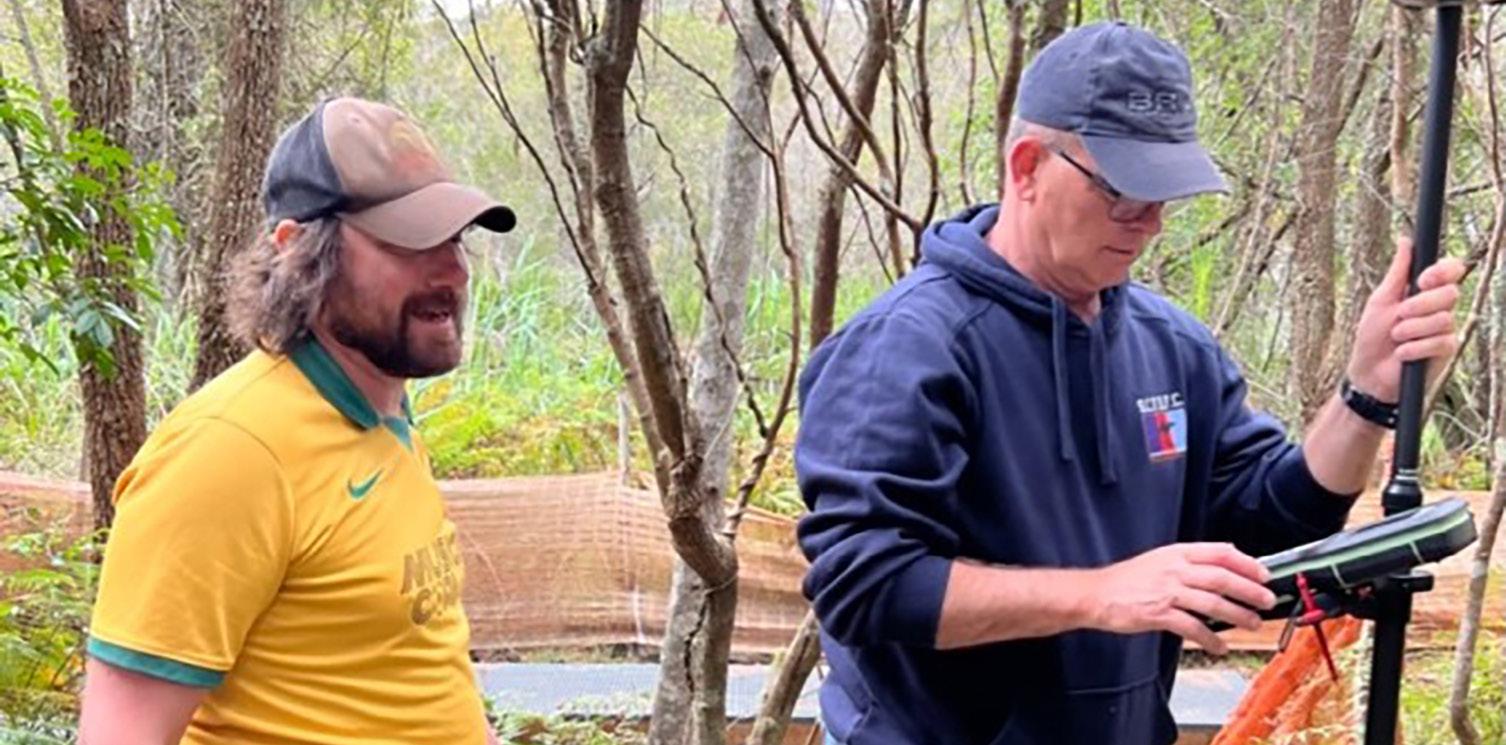

I run this as a volunteer with the generous support of other heritage professionals and veterans’ organisations. The information gathered by Operation Digger projects is provided free of charge to site owners, archaeologists, local councils and government agencies to assist them with heritage management and interpretation. The health and wellbeing of veterans is a core focus of Operation Digger and is front of mind when planning site-work, including consideration of physical abilities and mental health.
The first fieldwork project undertaken by Operation Digger was an archaeological survey of Camp X. Camp X was the secret Second
World War training camp used to train Operation Jaywick operatives for a highly secretive seaborne raid on ships moored in Japanese-occupied Singapore in 1943. In April 2022, Operation Digger volunteers with the assistance of veterans, in particular former Commando members from the Australian Special Forces Alliance, visited the former campsite at Refuge Bay on the Hawkesbury River, north of Sydney. As one of the goals of Operation Digger is to assist veterans’ physical wellbeing, ex-military kayaks were used to paddle the 12-kilometre return trip from Cottage Point to Refuge Bay (see above left). As the campsite is located within the Ku-ring-gai National Park, the results of the survey have been provided to the NSW National Parks and Wildlife Service to assist them in interpreting and managing this significant site.
In September last year, Operation Digger also assisted Saltwater Veterans members to undertake a site visit to Camp X for a memorial service for members of Operation Jaywick who trained at the camp but were later killed in Operation Rimau – the follow-up raid on Singapore Harbour in which all participants tragically died.
Operation Digger participants have also undertaken the first archaeological survey of a former German Labour Front, or Deutsche Arbeitsfront (DAF) at Deep Creek,
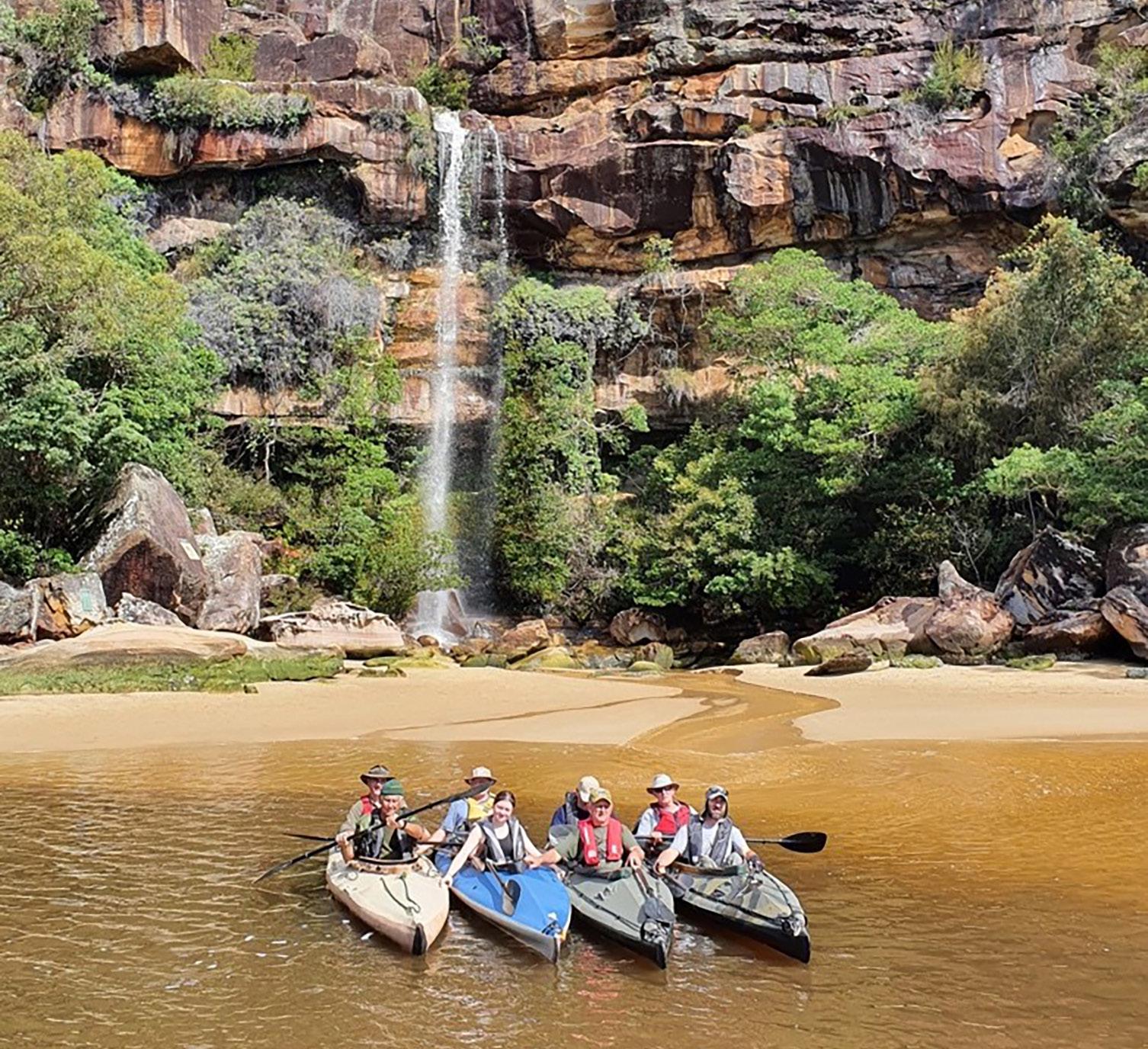
Narrabeen Lakes. The camp was established in 1937 to provide a recreational facility for the crews of visiting German ships while also keeping them away from the perceived corrupting influences of the mainly left-leaning waterside workers in Sydney. The visiting crews engraved the names of their ships into the rocks with other nationalistic symbols. The recording project was undertaken in collaboration with the support of the University of Sydney’s Archaeology Department, which provided advanced survey equipment and professional archaeology staff who trained veterans in the use of some of the equipment.
In addition to support from Sydney University, the NSW National Parks and Wildlife Service, Saltwater Veterans, the Australian Special Forces Alliance and the Mosman RSL Subbranch (of which I am a member) have actively supported Operation Digger by circulating information about the program, while its members have participated in our surveys. The Anzac Memorial at Sydney’s Hyde Park and DVA have also provided contacts and advice about potential funding. Discussions are underway with veterans’ dive program ScubaGym about potential maritime archaeology survey projects in the future.
To get in touch, email me on operationdigger@gmail.com
20 Vetaffairs April 2023
Above: Australian Special Forces Alliance members and former Commandos at Camp X (Image credit: Stirling Smith); Top right: Memorial Service for Operation Jaywick and Rimau (Image courtesy of Saltwater Veterans); Right: Associate Professor James Flexner from Archaeology at the University of Sydney (left) demonstrating the use of advanced survey equipment (Image credit: Stirling Smith).
While I can, I must
Former DVA employee Keith Fowler, who turned 102 in November, spent three gruelling years in Japanese captivity during the Second World War, a significant part of that time on the Burma–Thailand Railway.
For anyone who wasn’t there, or somewhere like it, it’s very hard to imagine what he and the some 60,000 other Allied prisoners of war (POWs) and an estimated 200,000 Asian labourers went through.
Vetaffairs asked Keith what kept him going.
‘My fiancée,’ he said. ‘I just kept thinking of her. But also somehow I didn’t think I was going to die. You’ve got to remember that often you’re not thinking of anything. You’re so exhausted, so sick, so starved, that your brain stops operating. You get what we called a jungle stare.’
That he did survive, he puts down to providence. ‘Someone was watching over me, as there were so many times I should’ve been killed. I don’t know why [I was spared].’
On one occasion, he nearly died from malaria as his temperature soared to 41.8°C. He was saved by the prisoners’ commanding officer Lieutenant Colonel Edward ‘Weary’ Dunlop, who got him into a makeshift cold-water shower, which he’d persuaded the Japanese to let him build.
‘Weary Dunlop was a marvel,’ he says. ‘The way he stood up to the Japanese over and over, despite getting bashed. Major [Ewan] Corlette was the same. They worked well together. We were very lucky to have them.’
In the past, Keith has reflected a gritty steadfastness in his words, ‘While I can, I must.’ It’s why he does all he can to help out his neighbours at the Adelaide retirement home where he has lived independently for 15 years.
Keith was born in Adelaide on 19 November 1920. He left school at 14 and worked in a car factory, then later at a bakery and in a grocery store.
Keith enlisted in the Australian Imperial Force in July 1940, having served in a civilian militia unit for several years.
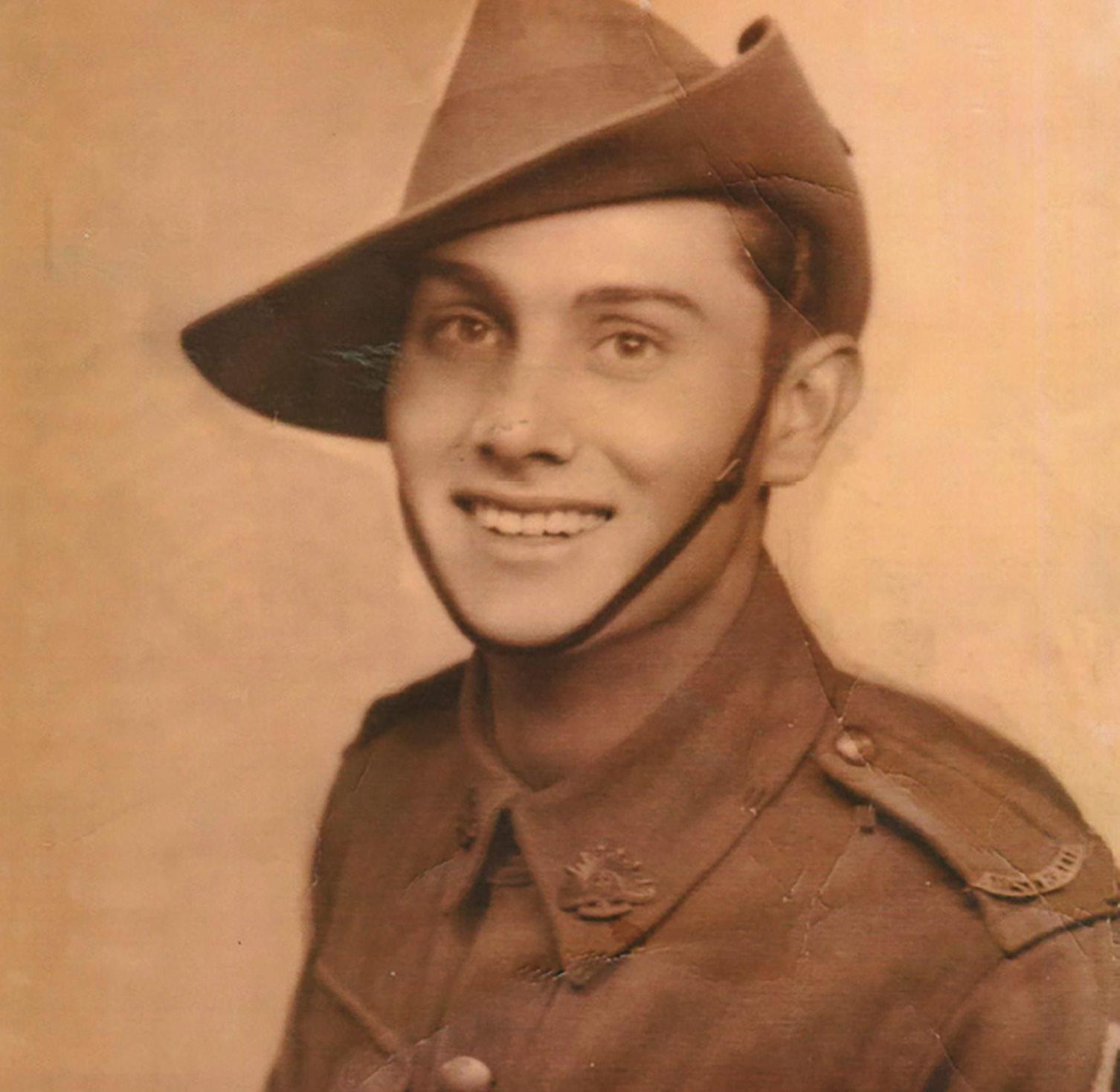
He was posted to the 2/3 rd Machine Gun Battalion, which was under the command of Lieutenant Colonel Arthur Blackburn VC. Keith and the battalion were sent to the Middle East where in June 1941 they took part in the invasion of Syria and defeated the Vichy French after a month of heavy fighting.
kissed the ground and came home as though I’d only been away a fortnight.’
He went on to marry his fiancée Hazel, had two children and many grandchildren.
About six years after the war, Keith experienced severe post-traumatic stress disorder.
‘The whole episode of my POW life hit me like a storm,’ he says. ‘I had ten years of hell and I wasn’t a very nice person to be around.’
In a decision that was unusual for the time, he got psychotherapy. It took eight months and the experience was challenging but well worthwhile.
‘It changed my life,’ he says. ‘And it put me in a position where I was able to help other blokes. I’m never unhappy now.’
In the late 1940s, Keith joined DVA and stayed with the department for more than 30 years until his retirement. He describes it as the best years of his life, largely because of the people he worked with. He was for many years a medical clerk, which meant he processed medical treatment and pension applications.
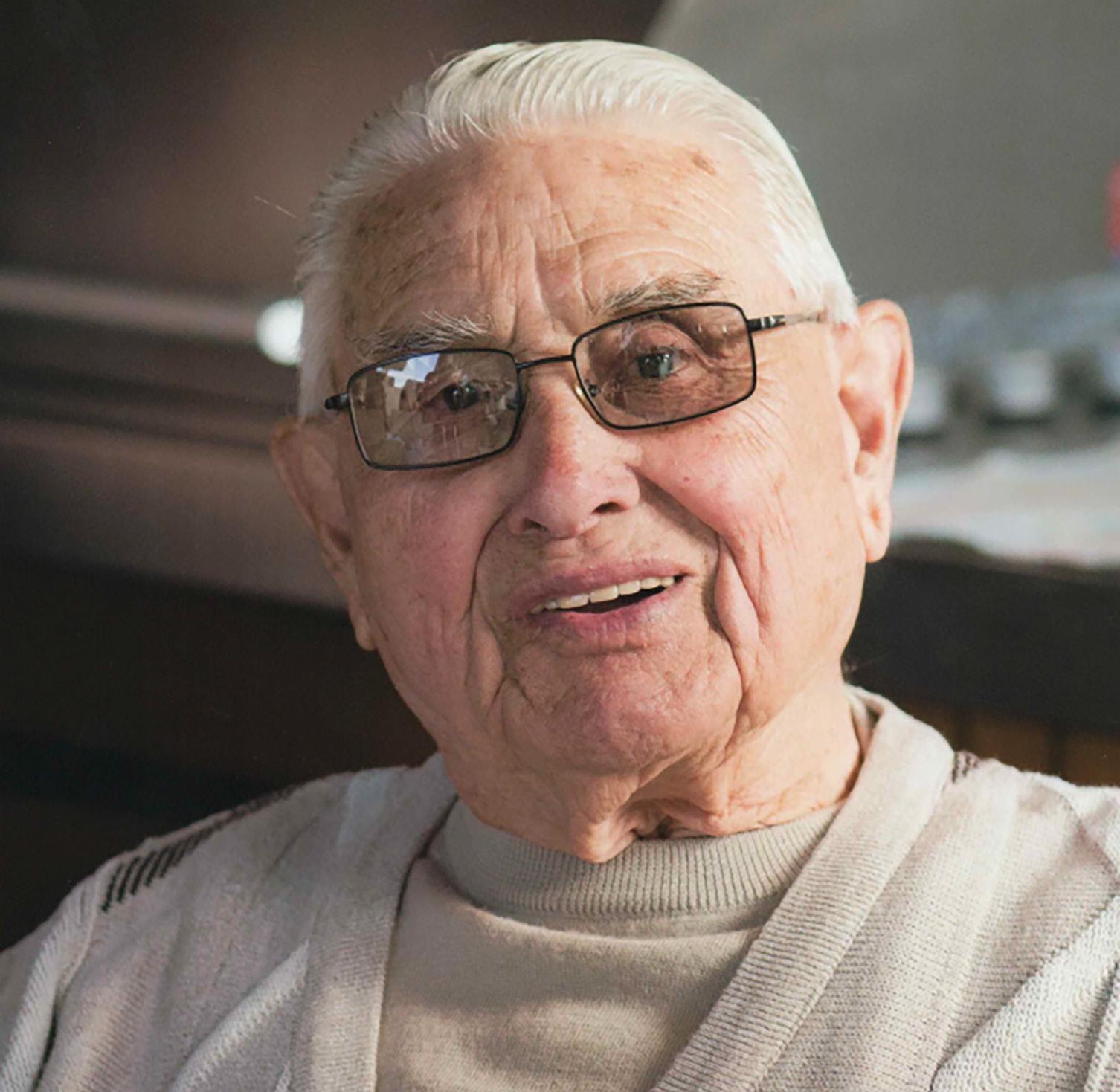
Having remained in Syria as part of an occupation force, the battalion left for Australia on 1 February 1942. However, Keith’s troopship was diverted to the Dutch East Indies. The 2/3rd was one of a small number of Australian, British and American units under (now Brigadier) Blackburn whose job it was to defend the capital Batavia from the oncoming Japanese. After only two days of fighting, they were ordered to surrender.
Of the 800 or so men in the battalion, 139 died in Japanese captivity. Keith is now the last survivor.
‘I think about all my fellow veterans who are no longer here and am very proud of what we all achieved together,’ he says. ‘War is a wicked waste of life and time.’
Keith was one of the lucky few liberated prisoners who was flown home. ‘I landed in Australia,
‘I’d read all the notes to see if there was anything I could do to get a pension increase for them,’ he says.
In January 2023, Keith was awarded the Medal of the Order of Australia for services to the veteran community and for his work with disadvantaged young people. One of the messages he tries to get across to these kids is: ‘Find a way to love yourself’.
‘I don’t consider myself a special person,’ he says. ‘I’m an ordinary bloke and I’ve had a wonderful life. I wake up in the morning and I say, “Are you breathing? Yes. Another good day”.’
A longer version of this article is available on the DVA website (dva.gov.au/vetaffairs). Watch a video interview with Keith on the Anzac Portal (anzacportal.dva.gov.au and search for ‘Keith Fowler’).
April 2023 Vetaffairs 21
Keith Fowler in 1940 ... ... and today
FEATURES
“[Psychotherapy] changed my life … it put me in a position to help other blokes.”
FEATURES
A portrait of multi-generational service
Four years ago, retired RAAF nursing officer Megan Pearson saw an article in the Canberra Times about DVA staff member Jane Gallagher, who had just been awarded the Public Service Medal. The article included a photo of Jane standing next to a large wall-mounted glass photo of Second World War nurse Glynneath Powell. The original was taken in 1942, shortly before Glynneath joined the Australian Army Medical Women’s Service (AAMWS).
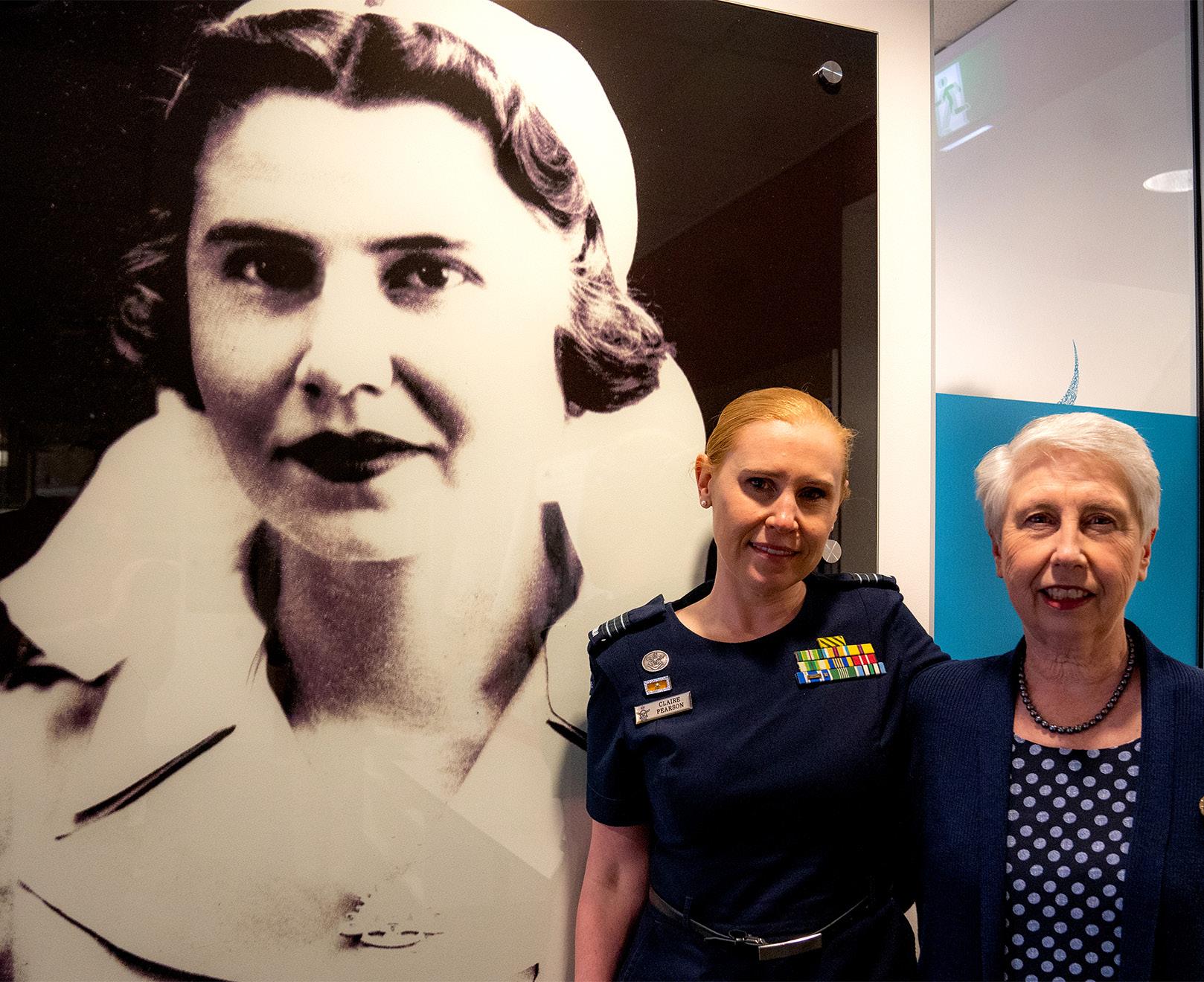
Megan is Glynneath’s daughter, and hadn’t seen the image since she’d donated the original to the Australian War Memorial many years before. Ten years ago, DVA drew on the Memorial’s photographic collection and printed several glass portraits of men and women who had served over the course of the previous century, then installed them in our offices around the country. Surrounding staff with images of veterans serves as a visual reminder of the people we’re working to support.
Megan and her husband Ian, also an RAAF veteran, approached DVA and asked if they could have a photo taken next to Glynneath’s portrait, along with their daughter Claire who was a serving officer in the RAAF at the time. We were happy to oblige and the Pearson family visited DVA’s head office in November.
‘When I came round the corner and saw the portrait it really hit me emotionally,’ says Megan. ‘I didn’t expect it to be so large.’
Claire was also surprised by the size of it. ‘It’s fabulous,’ she says. ‘It’s great to see her centre stage. And in particular that DVA is featuring female veterans, which is really important.’
Between them, Megan, Ian and Claire Pearson have served 84 years in the RAAF. The family has strong military pedigrees on both sides.
Glynneath Powell was born in Boulder, Western Australia in 1917. Three of her uncles served in the First World War (two were killed in action) and when the Second World War began, she and her two siblings decided to do their bit. Glynneath joined the Voluntary Aid Detachment (VAD).
In 1942, she was among the first VAD members posted to the 38th Australian Camp Hospital in the Northam army camp in Western Australia, relieving male orderlies who were volunteering
for overseas service. Glynneath took temperatures, made beds, and provided simple treatments.
In December, at the age of 25, she joined the newly formed AAMWS. When the war ended, Glynneath, by then a sergeant, helped care for repatriated prisoners of war, many of whom were very ill and required careful nursing. Lance Corporal Les Cody from the 2/4th Machine Gun Battalion had been a prisoner of the Japanese and had been forced to work on the Burma–Thailand Railway. Glynneath and Les fell in love and married in January 1948, later raising two sons and two daughters, one of whom was Megan.
Glynneath was president of the AAMWS Association from shortly after it was formed until 10 years before she died in 2011. In 1993, Glynneath travelled to Canberra where she carried the AAMWS banner at the entombment of the Unknown Australian Soldier at the Australian War Memorial.
Megan’s father was one of five brothers who served in the war. Sadly, two of them were killed during their wartime service.
Megan remained in the RAAF (permanent and reserves) for 18 years before pursuing a civilian nursing career in Canberra and Adelaide.
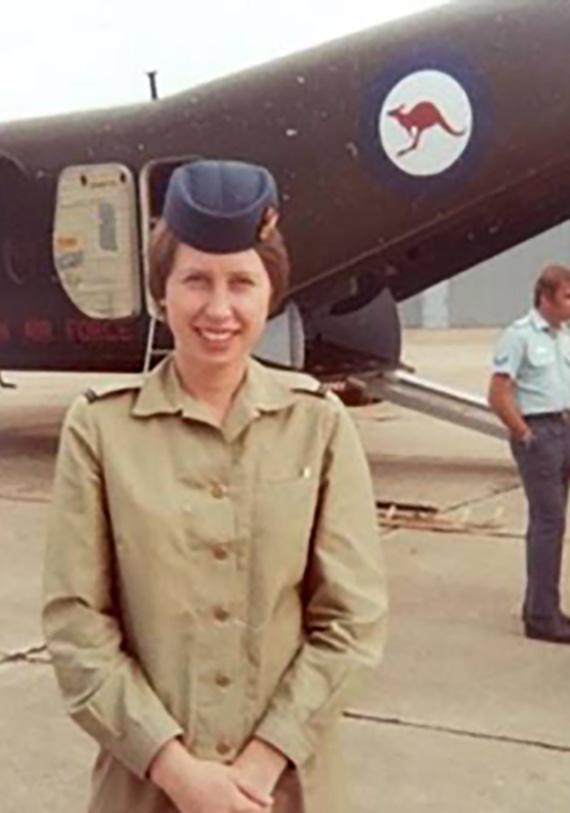
‘I miss the camaraderie,’ she says. ‘Feeling like you’re part of a team or family that has a purpose. On operational bases you felt the tempo of what the RAAF was trying to do.’
Megan and Ian’s daughter Claire joined the RAAF in 2001.
‘There was no other destiny,’ she says. ‘I wanted to join from the age of five.’
Following her transition from the RAAF, Claire has remained at the Department of Defence in a civilian capacity. She deployed overseas on four occasions – to the Middle East, Afghanistan (twice) and South Sudan with the UN – and was awarded the Conspicuous Service Medal among other decorations. A passionate advocate of gender issues in a military context, Claire was recently appointed as a director on the board of the not-for-profit Women Veterans Australia (womenveteransaustralia.org.au).
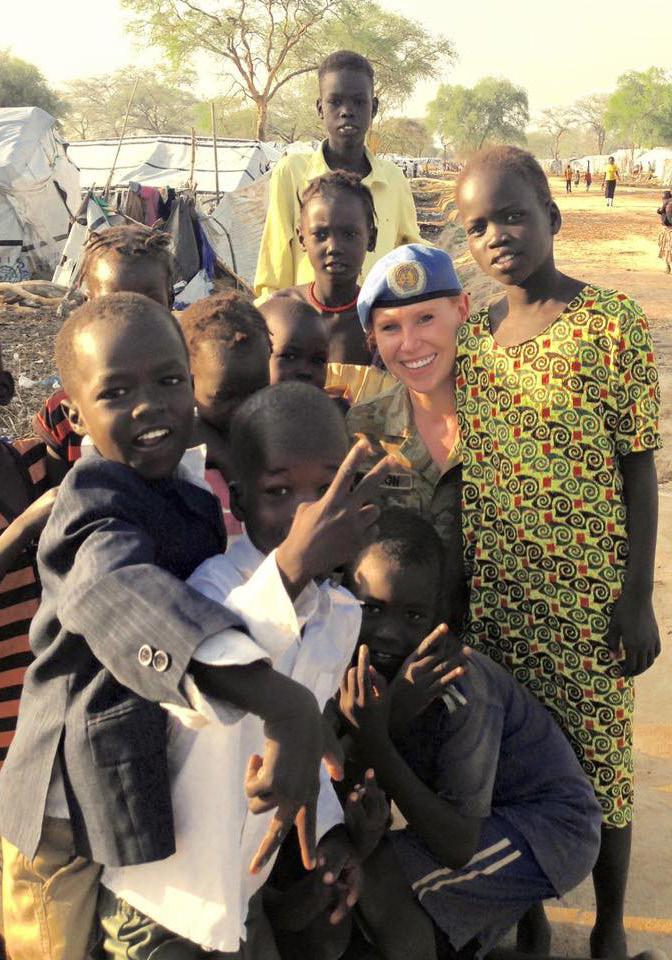
Megan says he barely spoke about his experiences but she feels he probably had post-traumatic stress disorder. In the 1970s, he wrote the book Ghosts in Khaki to record the wartime history of the 2/4 Machine Gun Battalion, which was raised in Western Australia.
Three months after she joined the RAAF in 1978, having previously worked in a high-pressure civilian nursing position, Megan felt the slower pace of Air Force nursing at RAAF Base Laverton in Victoria was not providing enough professional challenge. She decided to resign. The day before she was going to hand in her notice, she was told she was being attached to RAAF Edinburgh in South Australia and was to report the next day. Megan decided to give it a go. Three hours after arriving at RAAF Edinburgh, she met Ian. Eleven days later they were engaged.
‘Women play a pivotal role in national security,’ she says. ‘Deploying women on operations enables the commander to access the full population that might otherwise be off limits. As such, the face of veterans is changing with more and more women marching on Anzac Day. I see previous generations of women like my grandmother and mother as pathfinders in this regard.’
Ian served in the Air Force from 1976 until 2021 in maritime flying and various ground appointments. He recorded the operational service of RAAF P-3 Orions during the latter part of the Cold War in his book Cold War Warriors

‘Being born in Malta during my father’s deployment there with 78 Wing, educated at the RAAF School Penang, married to an Air Force nurse, and with a daughter in the Air Force I would say that the Air Force has quite literally been my life and my family,’ he says.
‘There is nothing remarkable about our family’s background of defence service, which no doubt is repeated by countless other Australian families. Nevertheless, we are proud of the contribution our family has made to our nation’s security over a number of years.’
22 Vetaffairs April 2023
Megan Pearson at RAAF Richmond in 1979 while undertaking medevac training Megan Pearson (right) with her daughter Claire next to a photo of Megan's mother Glynneath Powell, at DVA's head office in Canberra
"Women play a pivotal role in national security."
Claire Pearson with children at the internally displaced person’s camp near the remote settlement of Bor in South Sudan, where she was based for seven months in 2016
Ian Pearson in a P-3C Orion during an Operation Gateway patrol in 1985 while serving with No 10 Squadron
BOOKSHELF
The following books have been written, and often self-published, by veterans. If you have a book for a subsequent edition, please email vetaffairs@dva.gov. au, noting that we may not have room to include it in the hard copy, but will include it in the online version instead. Please provide the following: title, name of author, blurb (short description that we reserve the right to edit), publisher (if any), price, how to buy it, and image of front cover.
Please note that the following are not reviews or promotions of the books. DVA takes no responsibility for the accuracy of their content or the opinions expressed in them.
A Skipper’s Tale
By Doug Arrowsmith
For the last two years, Doug Arrowsmith and his daughter Judith have been working on his memoir, A Skipper's Tale
The title refers to his time in Bomber Command as a Lancaster pilot in 460 Squadron, completing 35 operations; and later as a champion lawn bowler. For someone who turned 100 in April 2022, his memory is exceptional. His writing style has produced an autobiography that is very readable and will play an important role in ensuring his story endures for future generations to come.
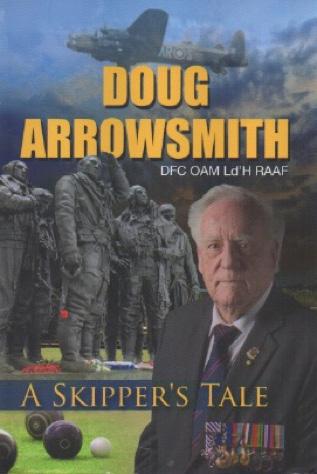
• Pages: 194
• Cost: $33.00 (incl packing and postage)
• To buy: contact Judith – jarrow1551@yahoo.com.au
Discovery Road
By Hank Koopman
This book tells the story of two youngsters, Hank and Donna Marie, who married much too young, but survived a remarkable journey of discovery together – from the Cold War, Malaysian Confrontation, to Vietnam and life in the Navy from 1964 to 1973. The couple then travelled across Australia many times as troubadours in their motor home and also performed on cruise ships in the USA and South Pacific.
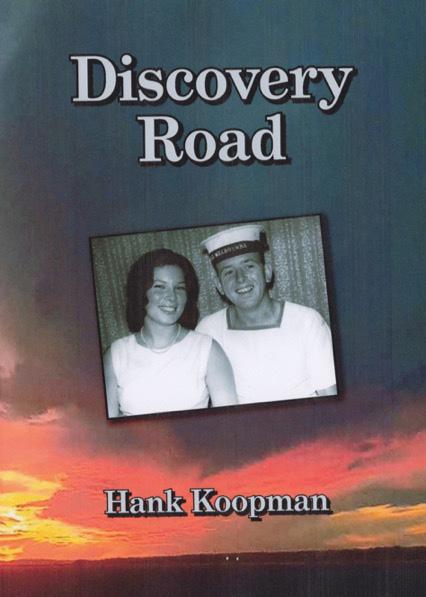
• Pages: 368
• Cost: $40.00 (including postage and MATES CD)
• To buy: hankkoopman@telstra.com
From Duntroon to Darazinda: A Compilation of Engineering & History through War and Beyond
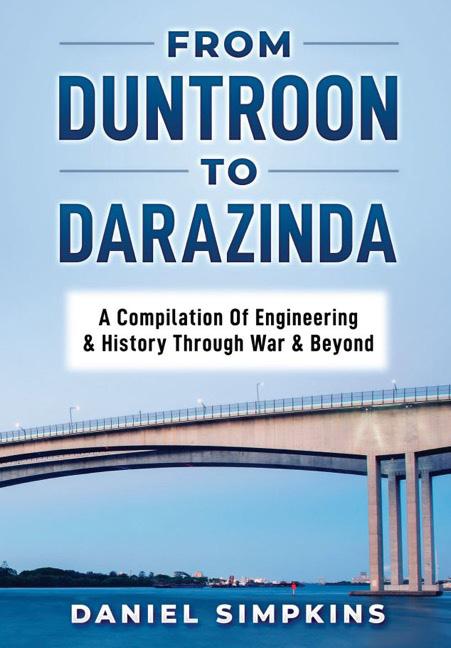 By Lt Col Daniel Simpkins
By Lt Col Daniel Simpkins
From Duntroon to Darazinda traces Dan Simpkins’ postings in the Army after graduating from Duntroon. He was in Vietnam, Papua New Guinea (PNG) and England, then worked on engineering projects in Samoa, PNG, Indonesia, Malaysia, China, Cambodia, Bangladesh, India, Pakistan and Georgia. Dan spent 24 years working on a contract basis with the Snowy Mountains Engineering Corporation, the most prestigious consulting engineering company in Australia, but finally COVID ended his work overseas.
• Pages: 647
• Cost: $39.15
• To buy: Amazon
Journey of a Jackaroo: The Life of Leslie Stansfield –Little Brother to Soldier Settler
By Margaret Stansfield and Gary Barker
This biography is the factual story of Leslie Stansfield who served in the Second AIF as a trooper in the 2/4th Armoured Regiment in Bougainville. He arrived in Australia aged 18 in 1939, went jackarooing, then enlisted, served in action, was discharged into the wilderness in 1946, and slowly rebuilt his life. He arrived on King Island as a soldier settler in 1956, achieving his ambition to be a farmer, but tragically died in 1961 aged 40, as a result of his war service.
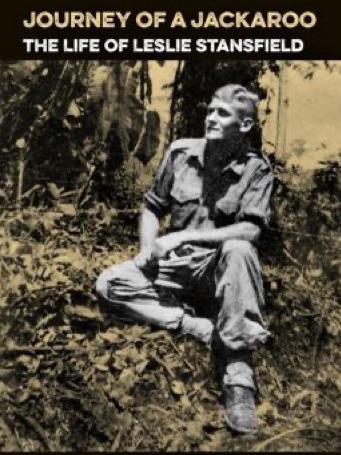
The book is real, raw and factual, written from a soldier’s viewpoint and finally free of the censorship of superiors. The administrative bungling of the soldier settlement scheme and the effect on the veteran is also covered.
• Pages: 262, with photographs and maps
• Cost: $40.00 plus postage
• To buy: contact Gary – gary.barker3@bigpond.com or 0409 446 475
The Australian Somalia Journal 1992–1994
 By Gary Conquest and Paul O’Brien CSC
By Gary Conquest and Paul O’Brien CSC
The journal encompasses a group of Australian and New Zealand Somalia veterans in showcasing the events, personal stories, and the work conducted as part of ASC UNOSOM (Operation Iguana). The Operation involved the NZDF Supply Platoons and the 1 RAR Battalion Group (Operation SOLACE) from 1992 to 1994 in Somalia. These units ensured food reached the Somali people during a ravaging famine, despite the Somali warlords who held their own people to ransom for food and water.
• Pages: 592 (hardcover)
• Cost: $135.00 plus $20 postage
• To buy: contact Gary Conquest at admin@veteransofsomalia.au
The Passion of Private White
 By Don Watson
By Don Watson
This book is about the 50-year struggle of Nev White, a National Serviceman, and the involvement of himself and members of his Vietnam rifle platoon in volunteer work in a Northern Territory Aboriginal homeland. A great read about the problems facing Aboriginal homelands, the clans involved and what was done to develop a community.
• Pages: 336
• Cost: $37
• To buy: Big W and bookstores
A Son of Empire – An Englishman in the Australian Army in the First World War
 By Lucie Davison and Rob Gray
By Lucie Davison and Rob Gray
Steve Cornish was born in 1887 and killed in action in 1917, one of the millions of victims of the First World War. He was an ordinary man – a son, brother, father and husband who simply lived his life and did what he thought he should. He spent a little over a year as a soldier, and died minutes into his first action. This book places him within the world he experienced, from the vast historic events to the ordinary, day-to-day aspects of life. It details Australian Imperial Force (AIF) recruiting, kit, weapons, food, training, troopships, the lead-up to the Battle of the Menin Road, and the first day of that battle from the perspective of the 9th Battalion.
• Pages: 212
• Cost: $9.99 (USD) ebook
• To buy: Amazon, books2read.com/ASonofEmpire, Google Books
Desert Diggers
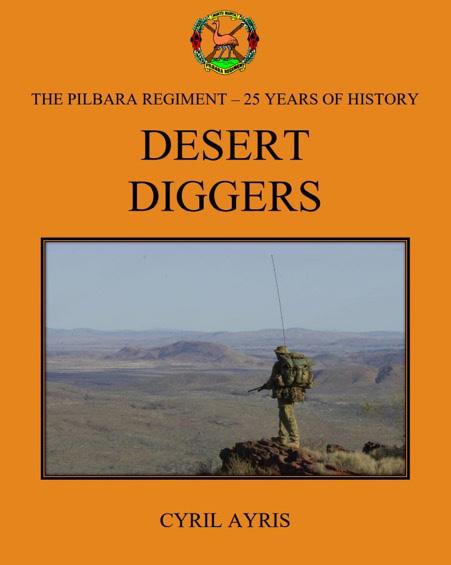 By Cyril Ayris
By Cyril Ayris
An Army General and a State Premier became strange bedfellows in their efforts to persuade the federal government to form a Pilbara-based regiment to protect the North. The politician, Sir Charles Court, and the soldier, Major-General Ken Taylor, were a formidable combination, and they were not above playing the system to achieve their aim. As a result, the 5th Independent Rifle Company was raised to take over coast watching and to extend its patrols across a staggering 1.3 million square kilometres of dangerous semi-desert all the way to the Northern Territory border. Desert Diggers celebrates the Regiment’s 25th anniversary.
• Pages: 130
• Cost: $25.00 plus $10.00 postage
• To buy: contact John Geoghegan, email –historian@tpraw.org
April 2023 Vetaffairs 23
Commemorating Anzac Day 2023
in the forging of the Anzac traditions that are embraced and carried on today by the Australian Defence Force.
Services have been held to commemorate Anzac Day at Gallipoli from as early as 1923 (pictured). This year, the Dawn Service will take place at Anzac Cove on Gallipoli, followed by a service at the Lone Pine memorial. The Dawn Service in France will take place at the Australian National Memorial near Villers-Bretonneux, followed by an afternoon service at the Australian ‘Digger’ Memorial at Bullecourt.

Final preparations are now underway for 2023 Anzac Day ceremonies across Australia and around the world.
The Australian War Memorial will once again host the national Dawn Service, which will be telecast live on ABC TV and streamed via Facebook for those who are unable to attend.
If you are looking to attend a service in your local community, the RSL, other ex-service organisations and state and territory governments organise Anzac Day services throughout the country. You can find out about local ceremonies by getting in touch with your local RSL sub-branch or visiting their website.
A number of Australian War Cemeteries and Gardens of Remembrance hold Anzac Day services. Please check the DVA website (dva. gov.au and search for ‘Anzac Day services’) for up-to-date information as it becomes available.
While Anzac Day is a time for public commemorations, it is also an opportunity for private reflection when Australians, whether they attend a community commemoration or not, pause and reflect on the contributions service men and women have made for more than a century since the First World War.
If you are planning a small commemorative service, or choosing to commemorate Anzac Day at home, DVA’s digital kitbag of printable materials can help you plan
your commemorations. The kitbag includes speeches, orders of service, commemorative music playlists, craft activities and more. To download these resources, visit the Anzac Portal (anzacportal.dva.gov.au).
International services
Around the world, Anzac Day commemorations will take place where Australians have served, or continue to serve today.
In 2023, DVA-led services will take place in Gallipoli, Türkiye and Villers-Bretonneux, France.
Both Gallipoli and Villers-Bretonneux hold special meaning for Australians. Our diggers fought and died in both locations during the First World War, and were integral
Anyone planning to attend either of these two services must register for a free attendance pass. Passes are available from the Anzac Day services ticketing website at commemorations.teg.com.au. The international Dawn Services will also be broadcast live on the ABC on Anzac Day and streamed live on DVA’s Facebook page (facebook. com/dvaAus).
Every year, the Australian Government works with local authorities to also hold solemn Anzac Day services at significant sites where Australians fought and died in the Second World War: the Bomana War Cemetery, and Isurava Memorial in Papua New Guinea, Hellfire Pass in Thailand, and Sandakan Memorial Park in Malaysia. Please consult the DVA website (dva.gov.au and search for ‘other Anzac Day overseas’) for important information about participating in these services.
More information about Anzac Day overseas services is available on the DVA website (dva.gov.au and search for ‘Anzac Day overseas’).
New commemorative resources available for Anzac Day
Ex-service organisations (ESOs), schools and community groups across Australia should have now received the 2023 Anzac Day commemorative package from DVA. DVA provides the package to help all Australians learn more about the service of our defence forces.
This year’s materials include:
• three commemorative posters: one for Anzac Day, one paying tribute to Australian service in the Vietnam War, and a poster from Legacy celebrating its centenary
• Australia and the Vietnam War
– a book exploring Vietnam’s long history of conflict leading up to Australia’s involvement in the war,
the experiences of Australians who served and the impact on those at home
• five ready-to-use workbooks that introduce secondary students to the military service of First Nations people, using art, poetry and enquiry questions to explore commemoration, roles of women and veteran experiences
• three new videos featuring stories of Vietnam War service: Indigenous man Buddy Lea – a hero of the Battle of Long Tan; Navy Clearance Diver Tony Ey; and the ‘Fab Four’ – the first four nurses to be sent to Vietnam
• a Commemorative Activity Centre with interactive digital activities for early childhood and primary students to learn about commemoration
• an Australian Curriculum map to assist teachers to identify how DVA’s education resources align with the Australian Curriculum Version 9.0, for planning and assessment purposes.
More than 17,000 schools, ESOs and community groups have been sent the Anzac Day commemorative packages and are encouraged to make full use of these informative resources to help provide a deeper appreciation of the service
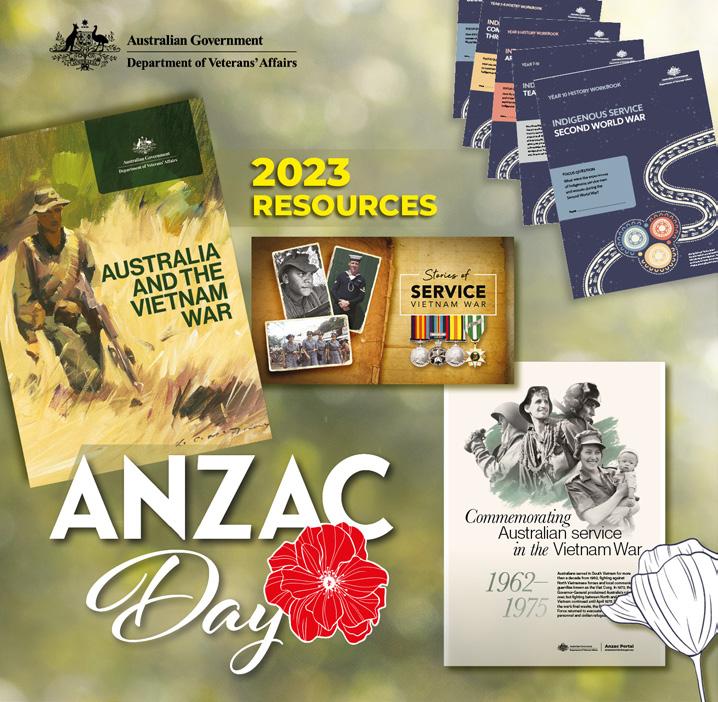
of veterans and military personnel to our country.
To download these free and creative resources, visit DVA’s Anzac Portal (anzacportal.dva.gov.au).
24 Vetaffairs April 2023 COMMEMORATIONS
Gallipoli, Türkiye, 25 April 1923. Buglers sounding the Last Post as the firing party loads during an Anzac Day service at Anzac Cove. AWM H12949
COMMEMORATIONS
A guide for entering the Anzac Day Schools’ Awards

Every year, DVA is proud to host the Anzac Day Schools’ Awards – a national competition that recognises the work of students, teachers and schools who engage with veterans and learn about Australia's wartime history. Every year we are inspired by the creativity and dedication to commemoration displayed by students and teachers around the country.
The theme of the 2023 awards is ‘Commemorating Australia’s Vietnam War Service’. The theme encourages students to discover personal stories and take part in commemorative activities to honour the service and sacrifice of Australian men and women who served, 50 years on since the end of Australia’s involvement in the Vietnam War.
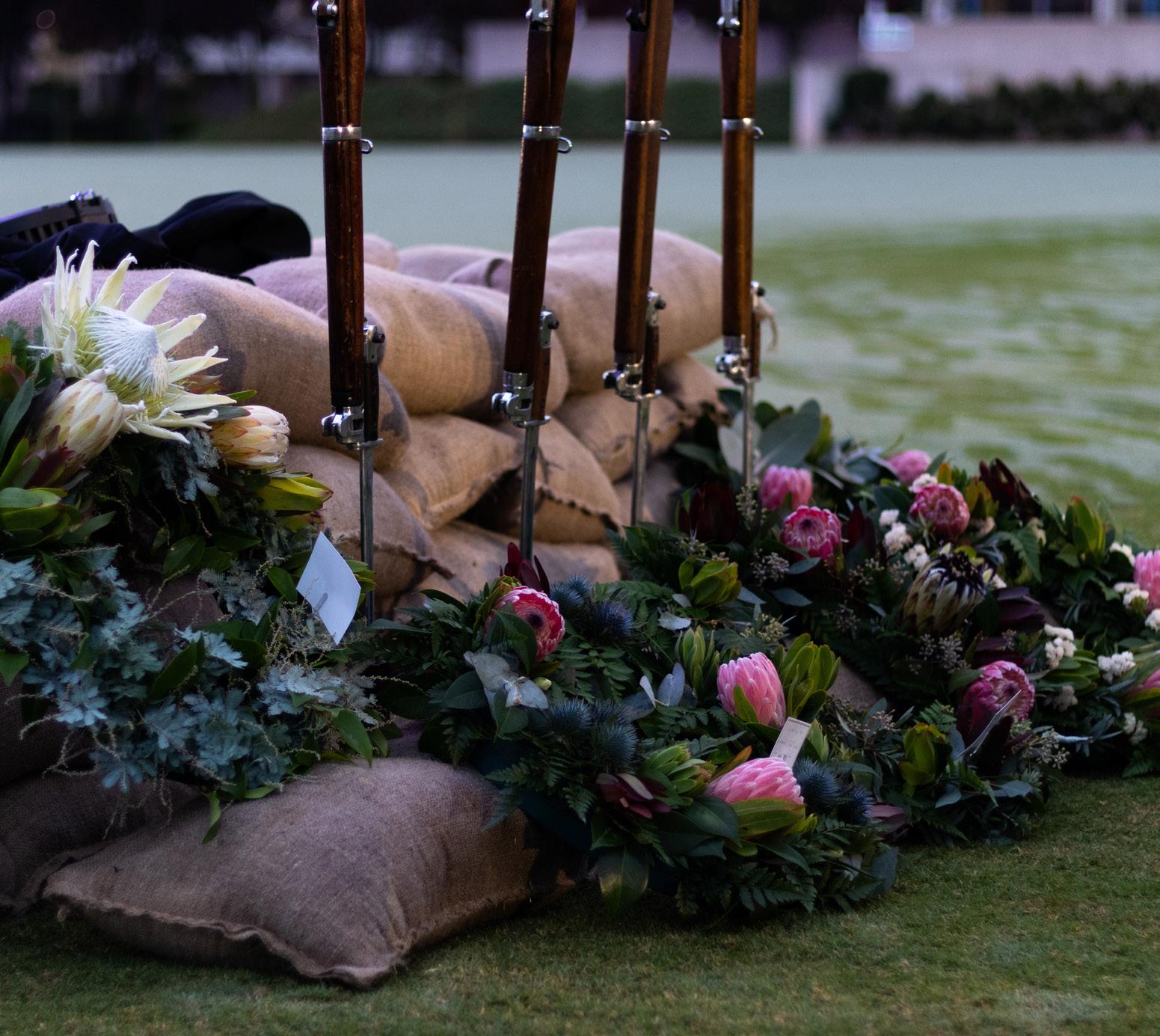
But what makes for an award-winning entry, and how should schools apply? This year, DVA’s Education team has come up with a handy step-by-step guide for teachers to create appealing commemorative projects with their students:
Step 1: plan your commemoration. How will students at your school learn about and commemorate Australian service personnel who served during the Vietnam War? Many schools hold special ceremonies or assemblies to commemorate wartime anniversaries, but we encourage you to consider other creative ways to honour Vietnam veterans, for example:
• a podcast or videos with veteran interviews and stories
• an exhibition, gallery walk, virtual tour, class artwork, mural, garden
or memorial to commemorate and reflect an aspect of service in the Vietnam War • a website to share veterans' stories and student investigations.
Step 2: research the Vietnam War. Historical research using credible sources is important for students to develop a good understanding of Australia's involvement in the war. Our Anzac Portal (anzacportal.dva. gov.au) has multiple resources and suggestions for external sources that may help your students.
One of these is a brand new book – Australia and the Vietnam War – (available on the Anzac Portal) which explores Vietnam’s history leading up to the war, the experiences of Australians who served there, and the impact on those at home.
Step 3: check the entry requirements. Please carefully read the entry conditions early in your preparation to avoid difficulties later. To be eligible, your entry must focus on the Vietnam War and the service of Australian veterans.
Step 4: Submit your entry by 31 May 2023! Schools can start preparing now and submit any time before this deadline.
For the full step-by-step guide, as well details on prizes, judging criteria and entry instructions, please visit the Anzac Portal.
And if you have any other questions, do not hesitate to contact our Education team at education@dva. gov.au. They are eagerly awaiting your entry!
$3.5 million available to commemorate veteran service
The 2023–24 Saluting Their Service Commemorative Grants program is now open and has $3.5 million available for projects and activities that commemorate the service and sacrifice of Australia’s service personnel. Grants are open to a wide range of applicants, including ex-service organisations, community groups, schools and local councils. There are two categories:
• Community Grants: amounts to a maximum of $10,000 for local, community-based projects and activities
• Major Grants: amounts between $10,001 and $150,000 for major commemorative projects that are significant from a national, state, territory, or regional perspective.
Throughout this year, Australians are marking the 50th anniversary of the end of our involvement in the Vietnam War. The anniversary presents a unique opportunity for
communities around Australia to commemorate the service and sacrifice of our Vietnam veterans. One way to do this is with the help of a Saluting Their Service grant.
Applications for these grants are always open, but are assessed in three rounds. The first round closes on 13 June and is the last round when successful organisations can receive their grant funding before the end of the 2023 Vietnam commemorative year.
Not quite ready to apply yet? The second round of Saluting Their Service Grants will open on 14 June and close on 10 October 2023; the third round will open on 11 October and close on 6 February 2024. Successful organisations can generally expect to receive their grant funding about three months after a round closes.
For more information, and to apply, please visit GrantConnect (grants. gov.au).
April 2023 Vetaffairs 25
50th anniversary of the end of Australia's involvement in the Vietnam War
This year marks the 50th anniversary of the end of Australia’s involvement in the Vietnam War, the longest 20th-Century conflict in which Australians participated.
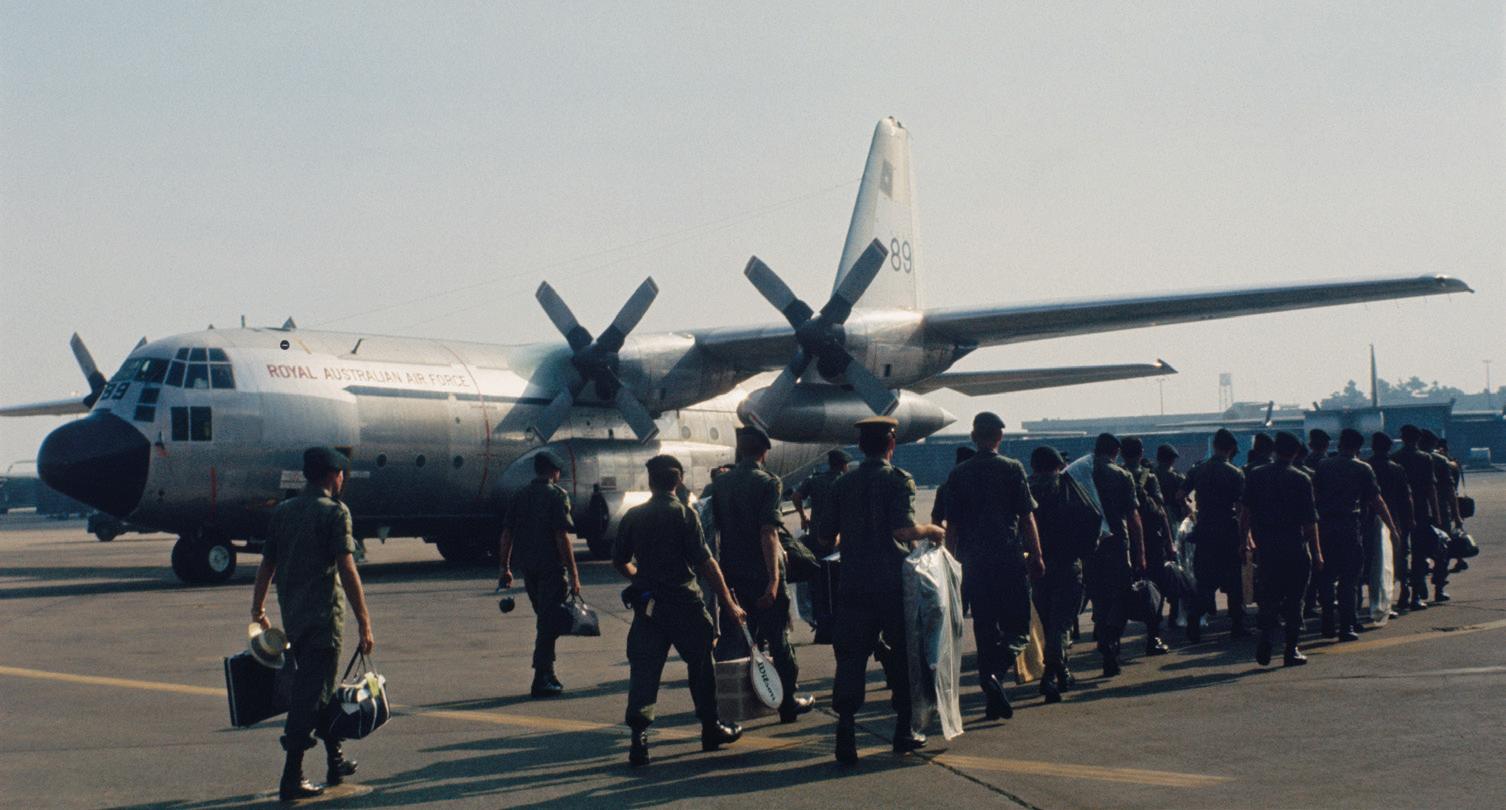
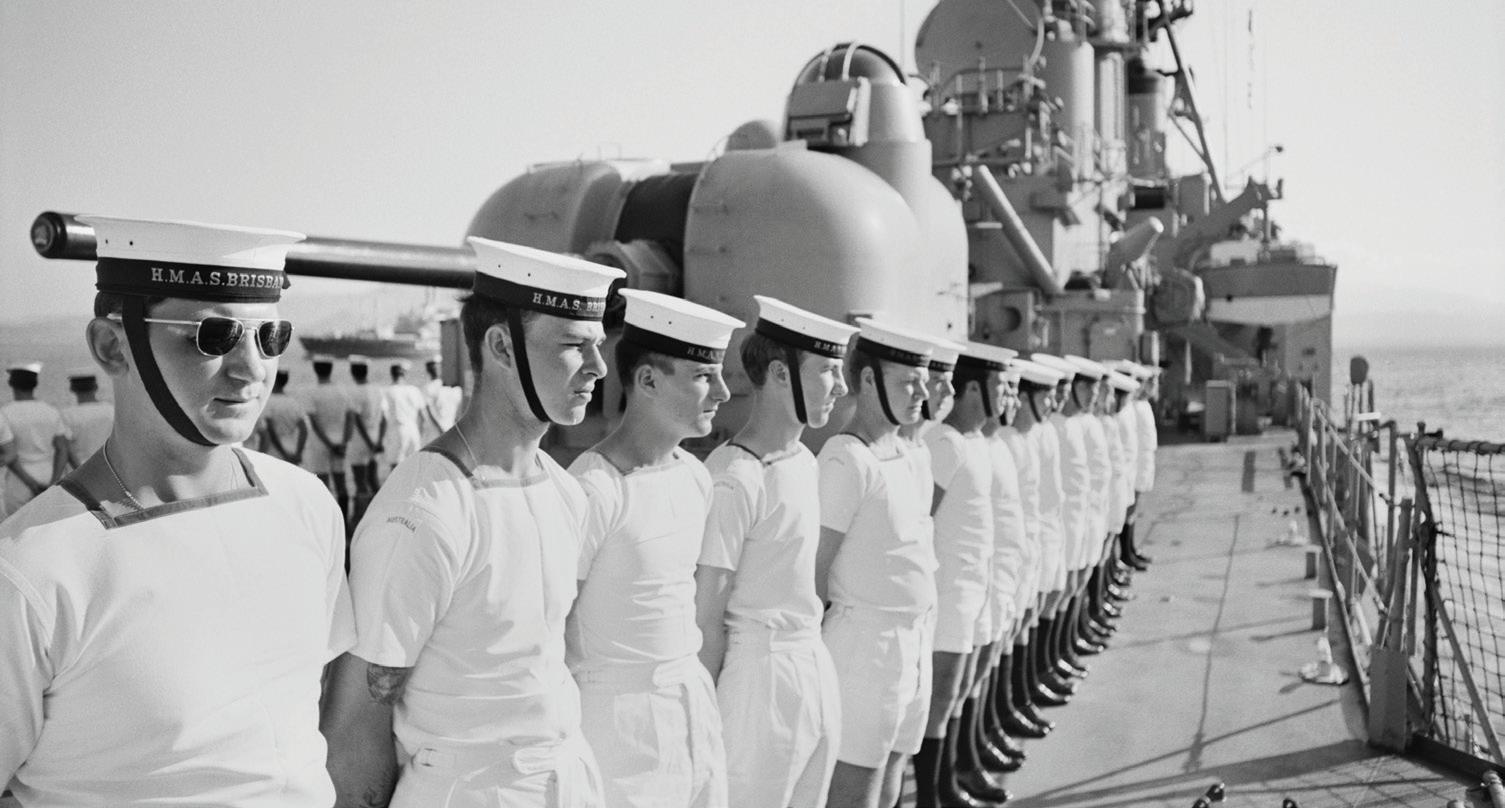
More than 60,000 Australians served in Vietnam, more than 3,000 were wounded and 523 gave their lives.
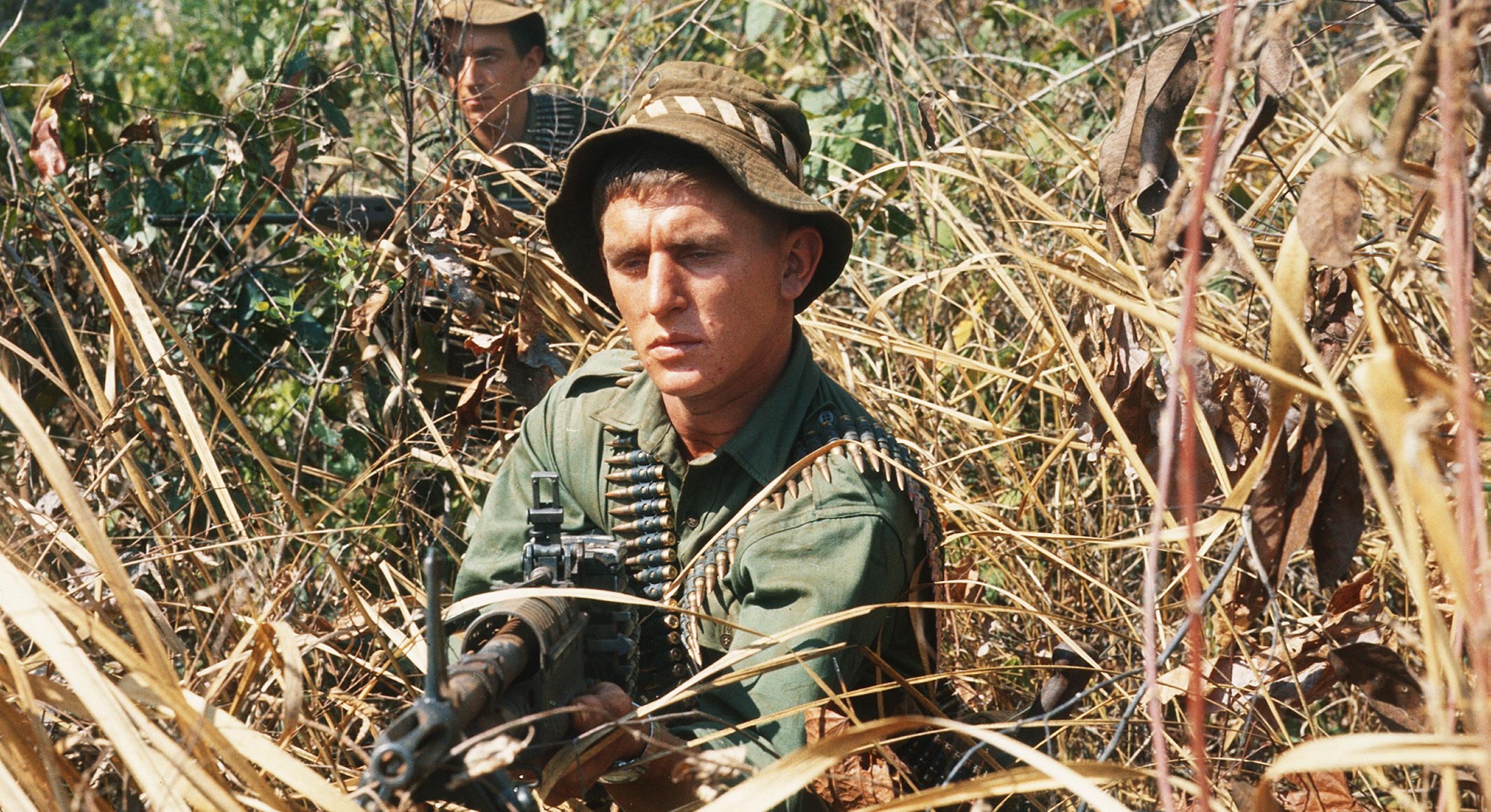
To commemorate this significant anniversary, DVA is honouring and raising awareness of the service and sacrifice of Australians who served in Vietnam, and the families who support or supported them.
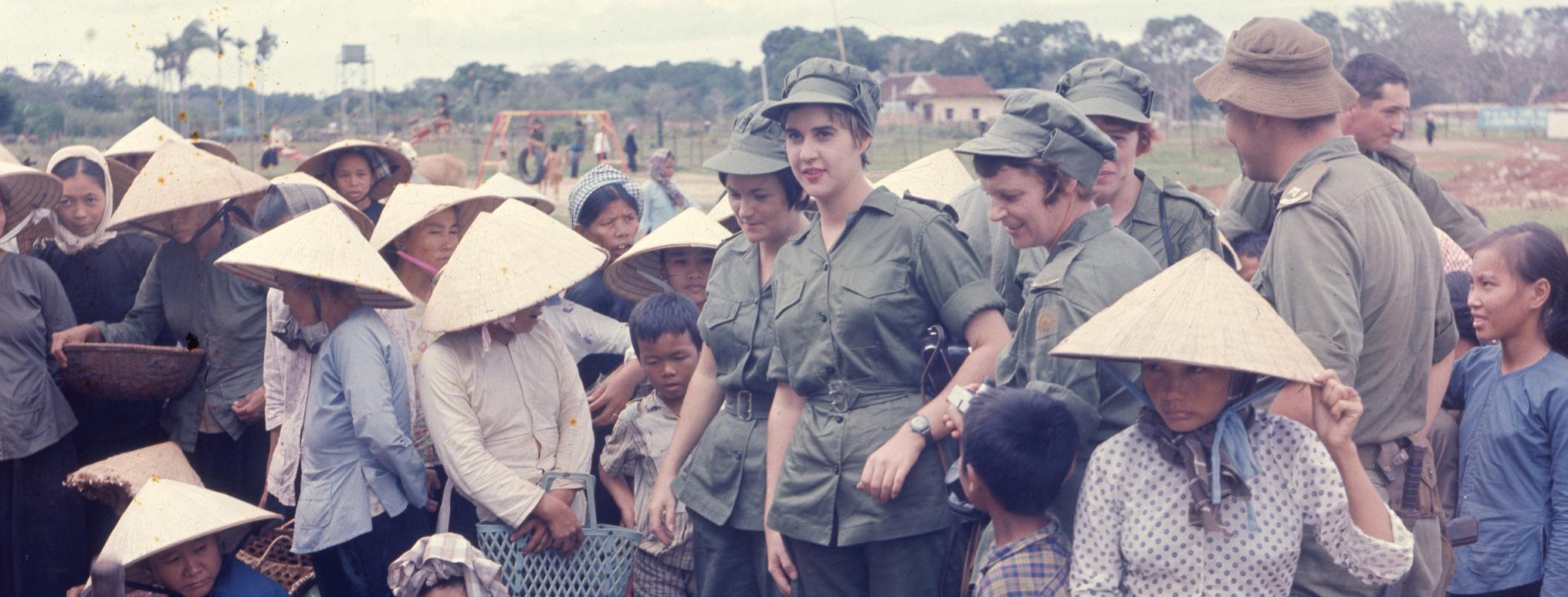
The Governor-General’s proclamation to end Australia’s involvement in the War
It was on 11 January 1973, that then Governor-General, Sir Paul Hasluck, issued a proclamation formally ending Australia’s commitment to the Vietnam War.
A peace treaty was signed on 27 January by the United States, the North and South Vietnamese governments, and representatives of the Republic of South Vietnam (who represented South Vietnamese communists).
While Australia’s commitment to Vietnam ended with the Governor-General’s proclamation, some Australians continued to serve in Vietnam after this date. This continued commitment included a platoon assigned to guard the Australian Embassy until June 1973, as well as members of the Royal Australian Air Force (RAAF) who undertook supply and evacuation missions just before the Fall of Saigon in April 1975.
26 Vetaffairs April 2023 50TH ANNIVERSARY – VIETNAM
Crew members of HMAS Brisbane (II) line the deck as the ship relieves HMAS Perth (II) for duty in Vietnamese waters. AWM NAVYM0290/11
Private Garry Cassidy (front) and Pte Bruce Everard from B Company, 5th Battalion, The Royal Australian Regiment (5RAR), search for enemy forces near the Task Force base at Nui Dat, February 1967.
Australian nurses in a marketplace. Image courtesy of Denis Gibbons’ family.
Soldiers of the Australian Army Training Team Vietnam board an RAAF C-130 Hercules aircraft at Tan Son Nhut airport in December 1972. The soldiers were leaving Vietnam as part of the new Australian government’s decision to withdraw the last of the Australian troops in Vietnam. AWM EDW/72/0659/MC
50TH ANNIVERSARY – VIETNAM
Recognising our Vietnam veterans
Throughout the commemorative year, DVA is recognising and honouring the service and sacrifice of Vietnam veterans and their families through a range of communication activities that include:
• Anzac Day Schools’ Awards – in 2023 the awards will focus on the service of Australians in the Vietnam War (see page 25)
• a documentary series by the ABC on Australians in Vietnam
• Saluting Their Service grants to assist with honouring the service and sacrifice of Australia’s service personnel and preserving our wartime heritage, including projects and activities marking the 50th anniversary and the service of Vietnam veterans (see page 25)
• a National Commemorative Service (see below)
• a 50th anniversary commemorative medallion and certificate of recognition honouring the service of Australians who served in the Vietnam War (see below)
• education materials about the Vietnam War included in the national Anzac Day mail-out to schools, ex-service organisations and community groups (see page 24 and immediately below).
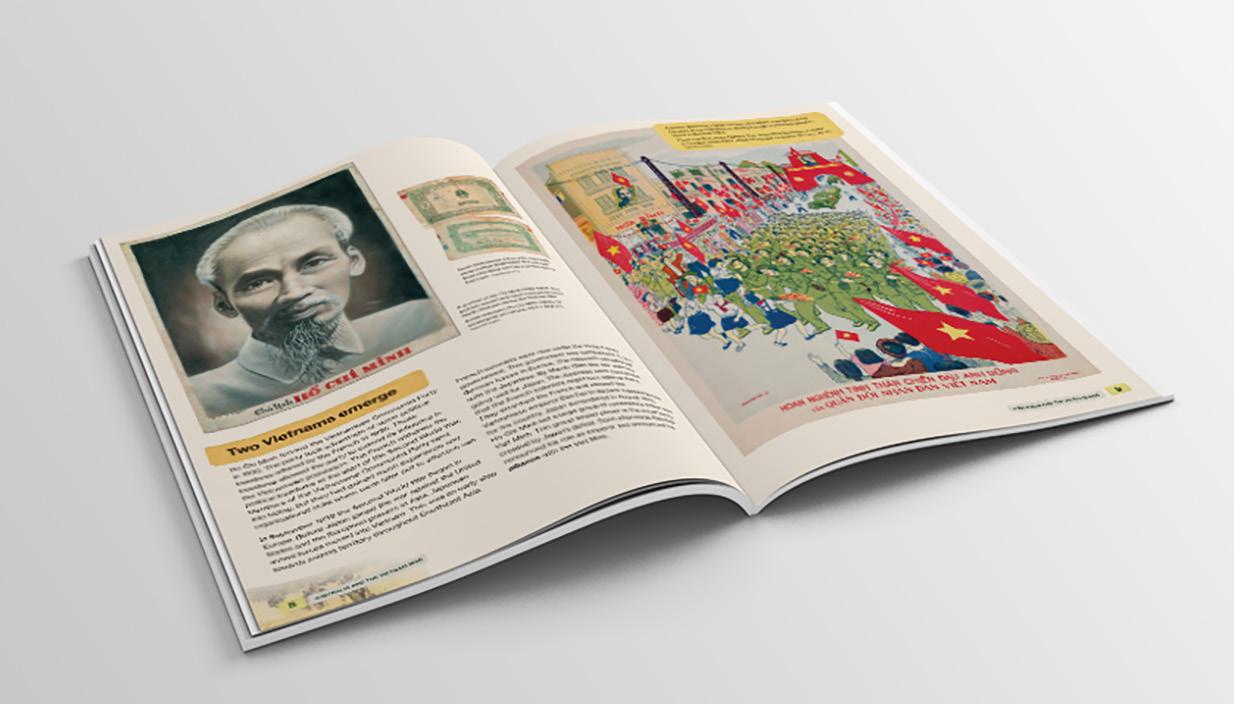
Commemorative medallion and certificate of recognition
The Australian Government has produced a 50th anniversary commemorative medallion and certificate of recognition, honouring the service of Australians who served in the Vietnam War.
On 29 March 2023, Prime Minister Anthony Albanese and Minister for Veterans’ Affairs Matt Keogh officially announced the medallion, presenting 10 Vietnam veterans with a commemorative medallion and certificate at a special ceremony held at Australian Parliament House, acknowledging their service and sacrifice in Vietnam.

The commemorative medallion and certificate is available to all Australian men and women who served in Vietnam, and to the family of veterans who have since passed away or were tragically killed in action during the Vietnam War. To apply, please visit dva.gov.au/ vietnam50

National Commemorative Service
A National Commemorative Service is being held on Vietnam Veterans’ Day, 18 August 2023, recognising the service of all Australians in the Vietnam War and honouring their sacrifices and that of their families.
The service will be held at the Australian Vietnam Forces National Memorial on Anzac Parade in Canberra. Tickets are free and will be available from early May. Please visit the DVA website for further details.

April 2023 Vetaffairs 27
Above: Prime Minister Anthony Albanese and Minister for Veterans' Affairs present Vietnam veterans with commemorative medallions and certificates of recognition; below: the medallion
The Australian Vietnam Forces National Memorial, Canberra.
Photo: Damian McDonald, National Library of Australia obj-147010151
Veteran arranges service to remember Korean War
Veterans have always played a significant role in commemorations of Australian military history. They have organised commemorative services, built memorials, returned to the battlefields on which they served, written books, shared stories with family, friends and historians, or simply reflected privately on their memories of service.

Peter Scott DSO, a 94-year-old veteran of the Korean and Vietnam wars, is no exception. Peter is organising a service on 29 July this year to commemorate the 70th anniversary of the cessation of hostilities in the Korean War. The service is open to all Korean War veterans, families of deceased veterans and members of the Korean community. It will be held at 11am at the Torrens Training Depot in Adelaide.
Peter’s decision to organise this service stems from many years of involvement in activities commemorating the Korean War. Each year, in the company of other Korean War veterans, Peter attends a service at the Royal Australian Regiment Association rooms to commemorate the Battle of Kapyong on 24 April. It was after this service in 2022 that Peter decided to create a tri-service-focused commemoration for the 70th anniversary, as he felt the Royal Australian Air Force
and Navy experiences had hitherto been ‘neglected’.
In addition to the annual Kapyong service, Peter also attends a service on 7 October each year, to commemorate the Battle of Maryang San. For many years, he has also acted as MC at an annual service commemorating the Australian personnel missing in action from the Korean War.
Peter’s visit to Korea as a member of the 2016 DVA commemorative mission party had a ‘profound effect’ on him. It brought back memories of ‘many significant events’ and soldiers with whom he served during his 12 months in Korea with the 3rd Battalion, Royal Australian Regiment (3RAR). Peter recalled a highlight of the commemorative mission was the opportunity to ‘view at some distance, Maryang San or Hill 317 as it was shown on maps’.
The experience was particularly powerful because Peter was a participant in the battle, and was Mentioned in Dispatches for his service as an Intelligence Officer.
He still has vivid memories of crouching in a Chinese-dug slit trench in the hill, with the Commanding Officer, Lieutenant Colonel Frank Hassett, the New Zealand Battery Commander, Major Arthur Roxborough and
other soldiers as they endured continuous Chinese artillery and mortar fire.
‘We were very lucky, I think, to survive that because the top of the hill wasn't actually hit although I expected it to [be] at any minute,’ recalls Peter.
3RAR took the strategically significant hill, a victory official historian Robert O’Neill described as ‘probably the greatest single feat of the Australian Army during the Korean War’. It was later recaptured by Chinese forces.

A graduate of the Pakistan Army Staff College and the US Army Command Staff College, Peter also instructed at the Australian Staff College in 1966. Following his service in Vietnam he was appointed Military Assistant to the Minister of the Army. Promoted to Colonel in 1973, he served as Services Attaché to the Australian High Commission and Embassy in Pakistan and Afghanistan respectively until 1975 and later Commander 2nd Military District, Sydney. He retired in 1983.
His commitment to the ex-service community continued after retirement, evident in many ways, not least of which his role as President South Australia and Broken Hill Legacy in 2000 and 2004.
A graduate of the Royal Military College Duntroon, Peter had a 37-year career in the Australian Army that was varied and distinguished. Having served with 3RAR in Japan as part of the British Commonwealth Occupation Forces and in Korea, he commanded the battalion from 1969 to 1971. This included an operational tour of Vietnam, for which he was awarded the Distinguished Service Order, the South Vietnamese Cross of Gallantry with Palm, and the US Army Commendation Medal.
A published author, Peter has written five books on his service experiences: A Matter of Pride, Command in Vietnam, Crossing the Khyber Pass, The Forgotten War and Infantry Commanding Officers in Korea and Vietnam.
Clips of an oral history interview with Peter are accessible on the DVA Anzac Portal website, (anzacportal.dva.gov.au). A longer interview, held in the State Library of South Australia J.D. Sommerville Oral History collection is also available online (slsa.sa.gov.au).
28 Vetaffairs April 2023 COMMEMORATIONS
Lieutenant Peter Scott observes the fall of a 17-pounder anti-tank gun shell, 16 July 1952.
“We were very lucky to survive … I expected [us to be hit] at any minute.”
Peter Scott DSO delivers a reading during the DVA commemorative mission to Korea in 2016.
Bombing of Darwin Day
Australians in Darwin and across the country paused on 19 February to observe Bombing of Darwin Day, marking the 81st anniversary of the Bombing of Darwin in the Second World War.
On 19 February 1942, some 240 Japanese aircraft attacked Darwin in two separate raids. More than 250 people lost their lives including members of all three services, Allied personnel, merchant mariners and civilians.
Minister for Veterans’ Affairs and Defence Personnel Matt Keogh spoke at the official commemorative service.
‘I am honoured to be in Darwin to attend the Bombing of Darwin Day commemorations and to stand with the local community as they honour those who fought to defend their home in 1942,’ Minister Keogh said. ‘This anniversary is an important opportunity to honour those who served, their sacrifices and the sacrifices of their families.’
During the first raid, the American destroyer USS Peary was sunk, killing 88 American sailors and wounding 13 – the greatest single loss of life on any ship attacked that day.
The attacks on Darwin were the first in a series of raids on northern Australia throughout 1942 and 1943. Air raids took place on towns and military bases from Broome to Wyndham, Port Hedland and Derby in Western Australia, Darwin and Katherine in the Northern Territory, Townsville and Mossman in Queensland, and Horn Island in the Torres Strait.
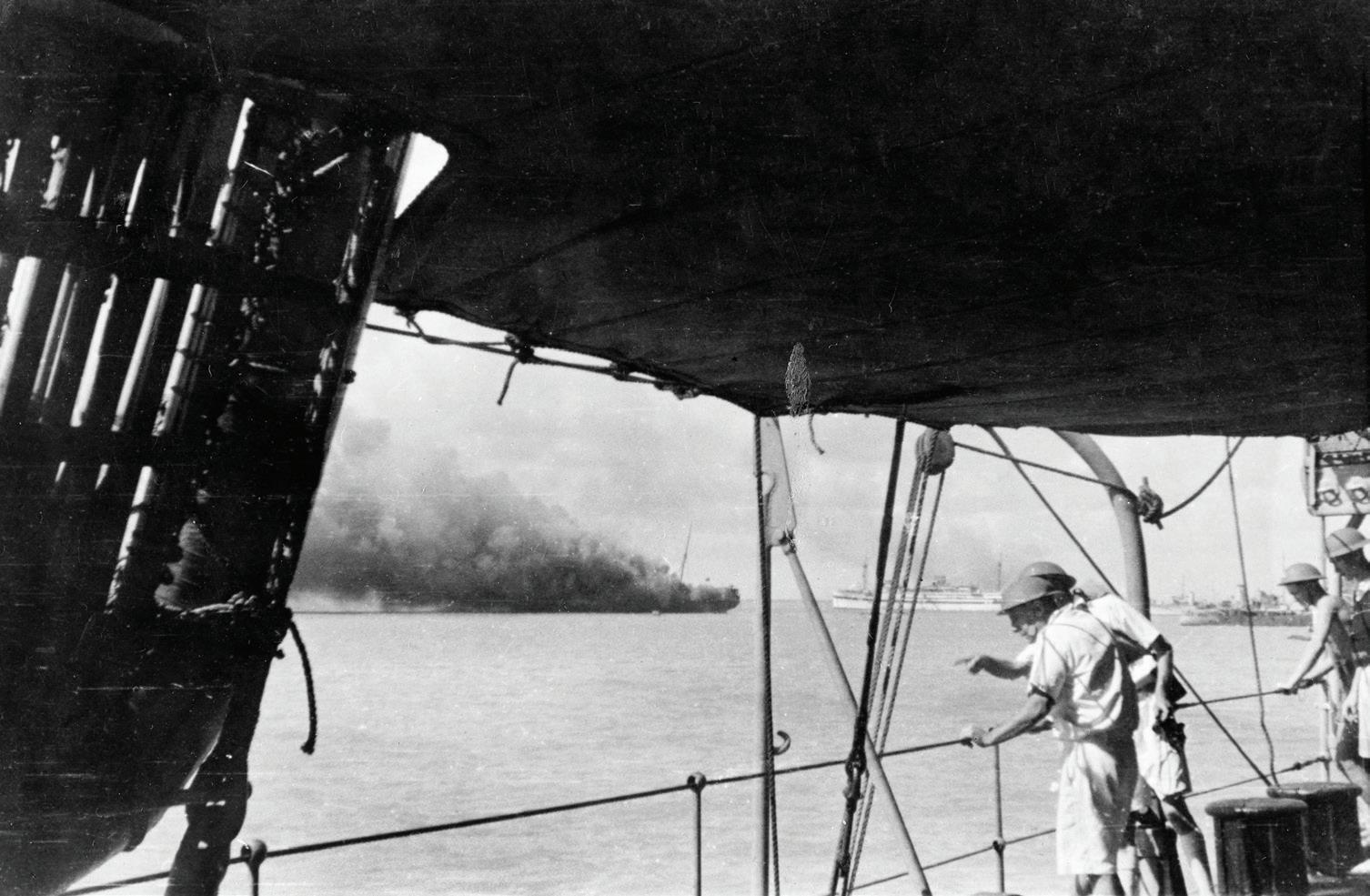
On 12 November 1943, the 64th and final air raid on Darwin occurred. Over almost two years, northern Australia had seen a total of 97 air attacks, and when these ceased, enemy air reconnaissance continued over the region during 1944.
‘The war had come to Australia, and for those here in Darwin at that time, they experienced firsthand the fear, devastation and loss that war brings,’ Minister Keogh said.
‘While 81 years may have passed, we will never forget the sacrifices of our service men, women and civilians who defended our country in the Second World War.’
On this national day of remembrance, we honoured those who died in the bombing of Darwin
Kapyong Day honours the service of Korean War veterans
Kapyong Day, 24 April, marks the anniversary of the Battle of Kapyong, which involved members of the 3rd Battalion Royal Australian Regiment (3RAR), other units of the 27 th British Commonwealth Brigade of which the Australian battalion was a part, and a small number of United States troops.
During the night of 23 April 1951, 3RAR was among United Nations units deployed to halt a Chinese offensive driving towards Seoul through the Kapyong River valley. The Australians were subjected to repeated attacks by the waves of Chinese troops. They were able to hold their positions through much of 24 April until they were forced
to make a fighting withdrawal that evening with the support of New Zealand artillery. The battalion re-joined the remainder of the Commonwealth Brigade in the valley.
Chinese attacks on the Canadian position, on the hills opposite those over which 3RAR had fought, made no progress and on 25 April they abandoned the assault.
The Battle of Kapyong was costly for the Australians, with the loss of 32 lives, more than 50 wounded and three taken prisoner.
Following the battle, 3RAR was awarded the United States Presidential Distinguished Unit Citation
for its part in the battle along with Canadian and US forces.
Each year on 24 April, we pause to honour those who served in the Battle of Kapyong and all those who served in the Korean War, and those who lost their lives.
and northern Australia, and all those who served in the defence of Australia during the Second World War.
Learn more about the 1942 bombing of Darwin and the other air raids the nation faced on DVA’s Anzac Portal (anzacportal.dva.gov.au).
In 2023, we also recognise the 70 th anniversary of the signing of the Korean War armistice on 27 July 1953.
To learn more about the Battle of Kapyong, and Australian service in the Korean War, visit DVA’s Anzac Portal (anzacportal.dva.gov.au).
Bomber Command Commemoration at the Australian War Memorial
A message from the Bomber Command Commemorative Day Foundation (BCCDF)
On Saturday 3 June 2023, a Last Post Ceremony at the Australian War Memorial will tell the story of an airman of Bomber Command recorded on the Roll of Honour.

The next day, at the Memorial’s Bomber Command Memorial, a ceremony will be held to pay tribute to the 10,000 RAAF aircrew along with ground staff and Women’s Auxiliary Air Force members who served in,
and supported, RAF Bomber Command from 1939 to 1945.
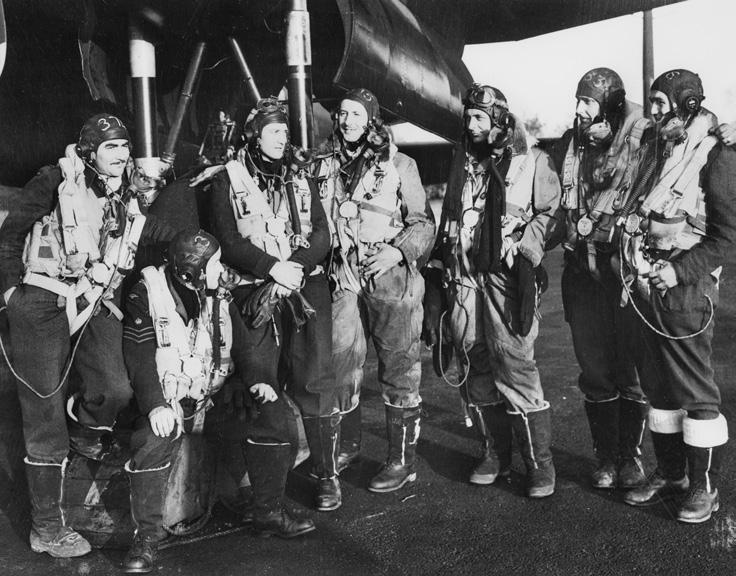
The BCCDF also recognise the 4,149 RAAF members who made the supreme sacrifice while serving across 132 RAF, RAAF, RNZAF and RCAF operational squadrons and operational training units of Bomber Command.
There will be a dinner on Saturday evening and lunch following the ceremony on Sunday.
If you are interested in attending any of the social functions, please
contact the Bomber Command Commemorative Day Foundation (BCCDF).
The commemoration is proudly organised by the BCCDF in conjunction with the Australian War Memorial.
Please see our website for further details (www.bccdf.org.au) or email us at events@bccdf.org.au.
Those attending the Last Post Ceremony will need to book a free ticket via the Memorial’s website: awm.gov. au/visit/plan
April 2023 Vetaffairs 29 COMMEMORATIONS
Crew members of the depot ship HMAS Platypus survey the harbour shortly after the Japanese air raid on Darwin.
A diorama in the Australian War Memorial depicting the Battle of Kapyong, April 1951. AWM ART93183
Crew of ‘Whoa Bessie’, a Lancaster of No. 463 Squadron RAAF, before taking off on a raid. All were Australian, except the sergeant on the right.
Untold stories of Australian sailors and airmen revealed
Two postgraduate history students have unearthed new findings from within the Australian War Memorial’s collection of wartime diaries and letters.
Anna Wilkinson and Hannah Billington, from Deakin University and the University of Melbourne respectively, will share their research into First World War sailors and Second World War airmen as they complete the Memorial’s prestigious Summer Scholars Program.
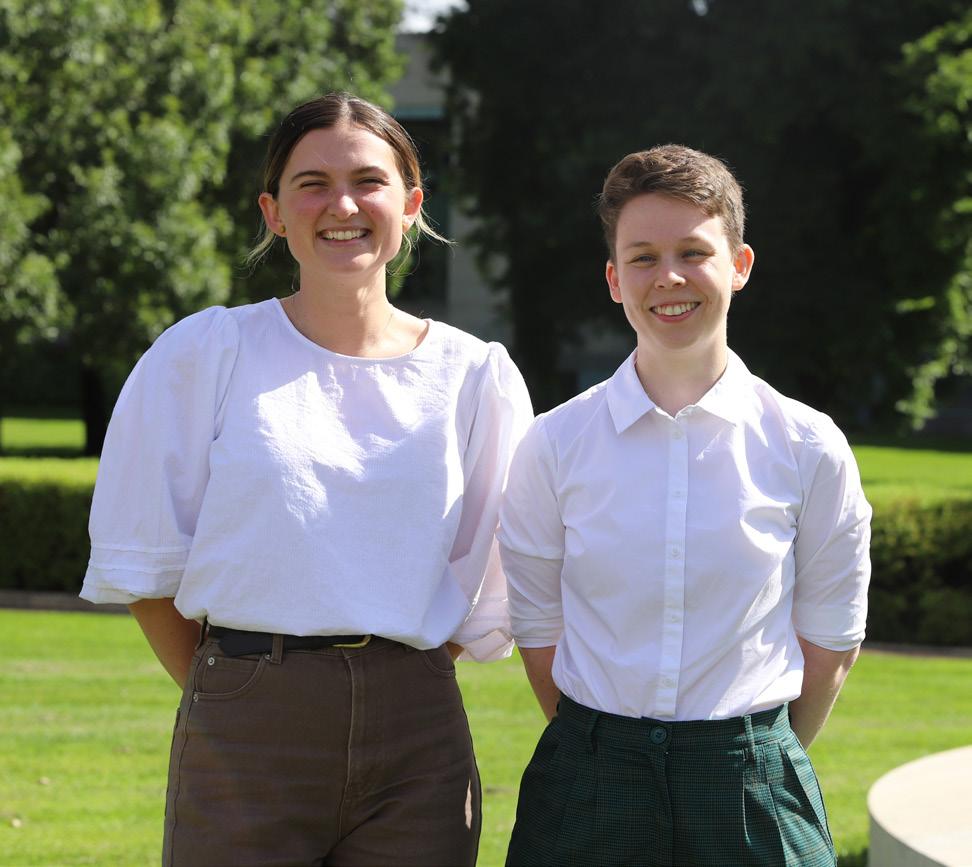
‘The most surprising thing I found is the everyday joys, frustrations and anxieties felt by these boys and men,’ Anna says. ‘Something as mundane as waiting for a letter could consume someone’s thoughts for weeks, even months. We have plenty of research focusing on ships, engagements and officers but I wanted to look at individual emotions.’
Hannah has investigated the experience of members of the Empire Air Training Scheme during the Second World War and the enduring legacy of their training in Canada.
‘There is a gap in existing scholarship,’ says Hannah. ‘By exploring how their Canadian training impacted RAAF recruits’ transformation from civilians to service personnel, I hope to highlight the significance of training to an individual’s service history.’
Both scholars are focusing on the reflections of the young men during these formative experiences and how they conveyed and recorded them.
Since 1985, the Summer Scholarship Scheme has given more than 90 young historians practical experience of working in a major historical institution. Each scholar produces a research paper related to their topic, be it an aspect of Australian military history, the Memorial’s collection, or developing an exhibition.
The summer scholars presented their research at a webinar, available on the Memorial’s website. A longer written version will appear on the Memorial's website (awm.gov.au) later in the year.
More information on the program, including application dates, can also be found on the website.
Enjoy a cuppa …
Be environmentally conscious and enjoy your favourite beverage in this ceramic travel mug. Designed by Ashdene for the Australian War Memorial and illustrated by leading botanical artist Jenny Phillips, this mug features the iconic red poppy.
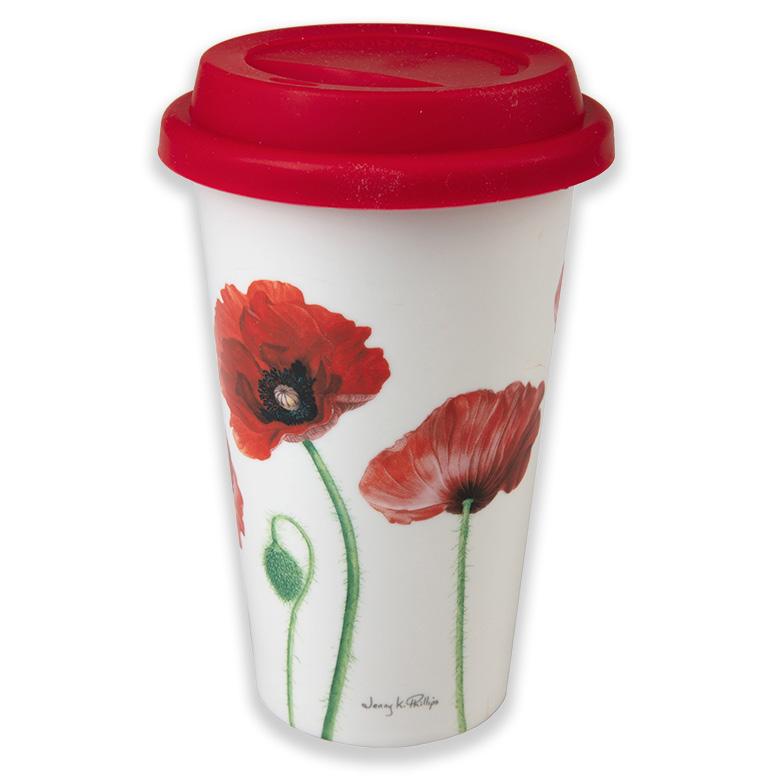
Poppy travel mug with silicone lid, holds up to 450ml. Last chance to buy – discontinued design. Available while stocks last.
$14.99
… and a biscuit.
The Anzac biscuit: an Australian icon and family favourite. A little chewy, a little crunchy and entirely delicious. Endorsed by the RSL, the sale of these Anzac biscuits helps to support Aussie veterans and families.

Biscuits made in Australia from at least 70% Australian ingredients; 300 grams.
$5.99
Tribute poppies
The Flanders poppy has been a part of commemorative services since the early 1920s. Fabric poppies adorn the panels of the Memorial’s Roll of Honour where visitors make a personal tribute to the memory of those who have lost their lives in the service of Australia.
Each bunch contains 10 poppies, which can be separated for your own commemorative purposes. $10.00 per bunch

30 Vetaffairs April 2023 AUSTRALIAN WAR MEMORIAL The Australian War Memorial values your privacy. Learn more about our privacy policy at awm.gov.au ITEMS FOR SALE Visa Mastercard Cheque/money order (made payable to the Australian War Memorial) Cardholder name Card number Expiry date Signature Full name Delivery address Suburb/town State Postcode Daytime phone Please provide your email address if you would like to receive the Memorial Shop e-newsletter for updates about new releases, special offers etc ✃ ORDER FORM
Summer scholars Anna Wilkinson and Hannah Billington in the grounds of the Australian War Memorial
To order, simply complete the order form and post your cheque/money order or credit card details to: eSales Unit, Australian War Memorial, GPO Box 345, Canberra ACT 2601. Phone (02) 6243 4555 (select option 2). Or shop online at www.awm.gov.au/shop PRICE NO OF ITEMS TOTAL Poppy travel mug with silicone lid $14.99 RSL Anzac biscuits $5.99 Tribute poppies (bunch of 10) $10.00 *Postage & handling 1–3 items $10.00; 4–9 items $15.00; 10+ items $20.00 *Postage and handling $ Please allow up to 6 weeks for delivery. Total amount $
RAADC 80th Shin Dig
21–23 April 2023, The Portsea Camp, VIC
Open to all past, present, family and friends of our outstanding Corps. Golf day on Friday. Pop-up spit roast on Saturday. Walk the Portsea Barracks at your leisure on Sunday.
Reaching out to members not on Facebook.
Contact: Sonia Thompson
0402 444 460
sonithompson1@gmail.com
2/3rd Aust Light Anti-Aircraft Regiment Association
22 April 2023, RACV City Club, 501 Bourke St, Melbourne, VIC Members and friends, including widows, descendants and associated others, are invited to participate in the reunion and the AGM. Details are online at the website below under ‘News & Events’.
Or contact Hon Sec Malcolm Wrigglesworth, 03 9726 0803 or msmtwrigg@hotmail.com
New members welcome!
Contact: David McDonald
0416 231 890
david@dnmcdonald.id.au
� www.antiaircraft.org.au
HQ Australian Forces Somalia (HQ AFS)
22–25 April 2023, Canberra, ACT
All past members are invited to attend the 30th Anniversary of ADF operations Somalia. See website for all details. Contact the below if you will be attending.
Contact: Graeme Woolnough or Kevin
Phone: 0459 573 272 / 0472 206 786 (Kevin)
Email: gkdc@bigpond.com or kevinyeo52@gmail.com
� Website: www.1rar.asn.au/ news/somalia-reunionadmin-instruction
Somalia 30th Reunion for
1 RAR Group OP Solace
22–25 April 2023, Canberra, ACT
Calling all ex-members B SQN
3/4 Cav Regt.
Please contact the below or visit the Facebook page –B SQN 3/4 Cav – OP Solace '93
Contact: Macka McAteer
0429 969 920
macka59@bigpond.net.au
2 SQN RAAF Reunion
25 April 2023, Brisbane, QLD
All former and serving members are invited to attend.
Contact: Arthur Rennick
0408 064 042 (business hours)
2sqn.association.raaf@ gmail.com
NOTICE BOARD
REUNIONS MEDALS LOST AND FOUND
1 RTB Kapooka – B COY
11+12 PL – 10-year reunion
13 May 2023, Townsville, QLD
Get together for all those members that are still in, or still with us. Catch up and have a beer.
Contact: Rosie and Goody � 0455 531 599
All Equipment Musterings
1 July 2023, CSI Club, Ipswich, QLD
All suppliers and clerk suppliers (box packers and mushrooms) from all bases and partners very welcome. Bookings required, $5 each.
Contact: Jacko or Paul Noble � 0413 700 298 / 0411 401 776
djjacko58@bigpond.com / paulwaynenoble@hotmail. com
HMAS Nirimba – July '73
Apprentice Intake – 50-Year Reunion
21–23 July 2023, Coolangatta –Tweed Heads, QLD
All members of this intake are encouraged to attend. Divisional staff and instructors who were involved with the intake are also welcome.
Contact: Gary Haigh � 0412 114 647
gary.haigh56@gmail.com
Korean War Veterans
29 July 2023, Adelaide, SA
Calling all veterans of the Korean War to a service for the 70th anniversary of end of the war.
Contact: Peter Scott � 0405 771 267
pscott1@internode.on.net
2nd/4th Battalion
The Royal Australian Regiment Association 50th Anniversary
15–20 August 2023, Townsville, QLD
To be held around Townsville and Lavarack Barracks. Payment and further details are on the website or make contact via email.
Contact: Phillip Smailes or Dave Lowe
0409 642 067 or 459 222 252
reunion@24rarassociation. com or committee@ 24rarassociation.com
� www.24rarassociation.com
17th Intake 24 platoon D Coy
1 RTB Kapooka 1969
18 August 2023, Vietnam
Forces National Memorial, Anzac Parade, Canberra, ACT
Looking for those of us who trained together in 24 Pl D Coy for a bit of a get-together during and after the 50th anniversary commemoration.
Contact: Ernie Burgers and Baz Collins
ernie.burgers@bigpond.com
� Facebook – 17th Intake
24 Platoon D Coy 1 RTB Kapooka
RAAF Catering Reunion
1–3 September 2023, Wagga Wagga, NSW RAAF Catering personnel, serving and ex-serving. RSVP by April 2023.
Contact: William Sullivan (Sully)
0417 218 579
sullivanw.n@bigpond.com
HMAS Leeuwin 49th Intake Reunion
RHOADES Division 49-year ann iversary
13–15 October 2023 Canberra See dva.gov.au/vetaffairs and click on noticeboard for more information.
Contact: Andrew Freame
0408 114 205
andrew.freame@bigpond.com
50th Reunion Birthday 8th/9th Battalion Linking 31 October 1973
27 October – 1 November 2023, Samford and Brisbane, QLD Activities include Meet and Greet, AGM, all-companies function, Battalion visit, birthday service and luncheon. Visit online for more details. All welcome, remember Vietnam to Afghanistan.
Contact: Gregory Decker
0417 464 251
pointstar@bigpond.com
� 89rar.com/welcome/ or facebook.com/89RARAssn/
HMAS Leeuwin 35th Intake Stevenson Division
10–14 November 2023, Fremantle, WA 52nd Anniversary Reunion.
Contact: Blue Skimmings (Skimmo)
0488 977 312
bluevicki1@hotmail.com
RAAF Apprentices 1974 –28 Scorpions
25 April 2024, Wagga Wagga, NSW Planning is in progress for our intake's 50th anniversary event.
All 28 Scorpions and their partners are welcome. Exact date and details to follow.
Expressions of interest through Facebook – 28 Scorpions or via email.
Contact: Chris Nielsen
0403 943 029
chris.nielsen@live.com.au
Vengeance,Melbourne reunions
Robert (Bob) Hokin served on both the Vengeance and the Melbourne and is wondering if any reunions are coming up.
Contact: Kylie
0472 659 571
manningriver@gmail.com
LOST
Francis Xavier Browne VX135675
WWII medals stolen from Williamstown, Victoria 8 years ago – 1939/1945 Star, the Pacific Star, 1939/45 War Medal, Australian Service Medal and New Guinea Medal.
Contact: Christine Bateman (daughter) � 0423 904 879
christine bateman@hotmail com
WWII veteran Dave Mauch Medals inscribed with David Mauch: QX60928, missing presumed stolen: 1935–45 Star, Pacific Star, War Medal 1939–45, Australia Service Medal 1939–45, Australian Service Medal 1945–75 with Clasps SW Pacific and Japan, and Australian Defence Medal.
Contact: Nev Mauch nevmauch@firebrook.com.au
William (Bill) Henry Burrough
Seeking Bill’s medals. Last sighted at Ballarat several years ago.
Contact: James Burrough � 0400 884 633
jamesfburrough@gmail.com
Walter Edward Watson
Looking for my grandfather’s missing/lost medals from WWI –Star, British War Medal, Victory Medal. Service Number 994, 21st Battalion.
Contact: Patricia Andrews � 0418 249 275
Patriciaandrews5@bigpond.com
Herman Augustus Arnold (known as Monty) Service No 2362
Looking for my grandfather's medals which were stolen some years ago. Decorations: South Africa – Queen's Medal with five clasps; WWI – British War Medal & Victory Medal; WWII – War Medal, Australia Service Medal, Long Service and Good Conduct Medal, Meritorious Service Medal.
Contact: Helen Thomson (granddaughter)
0412 868 218
helent77@bigpond.net.au
Errol Rasmussen 1200441
My Vietnam medals were last seen at a funeral in Toowoomba, QLD
Contact: Errol
0408 051 941
eras1941@gmail.com.au
Flying Officer Peter Trare Murphy 57774
Trying to locate Peter's medals – the War Medal 1939–45 and the Australian Service Medal 1939–45.
Contact: Lance McDermott � 0433 064 830
lancemcd@iinet.net.au
FOUND
J C Wilkins – medals returned The medals of QX42641 J C Wilkins have been returned to his next of kin. The Hervey Bay RSL Sub-Branch wish to thank Nicole from The Geraldton Historical Centre (Western Australia) for her extensive work in tracing the descendants.
Contact: Amanda (office manager)
A J Rogers, Army, Service No 4677
I have two medals in my possession, issued to Mr A J Rogers, and would like to return them to his family.
Contact: John Jaggard � 0402 218 622
john.jaggard@bigpond.com
Gunner Eric John Stein NX153650
Two WWII medals found during a home renovation that I would like to return to family. Eric was born in Wauchope, NSW, on 9 November 1918. He served in the Australian Army 18 May 1943 – 12 October 1944. He enlisted in Mareeba, QLD. His NOK was Gloria Stein.
Contact: Mark Ledden � 0407 691 106
mark_ledden@live.com.au
N K Roe NF456294
Set of two medals, WWII Australian Service Medal and one other.
Contact: Cathy York � 0401 423 536
yorkette296@gmail.com
Allan Leo James Husband of Jean. DOB 15/1/1918, DOD 31/7/1967. I would like to return medal to his family.
Contact: Michael Kan � 0414 503 552
prokan1@bigpond.com
John Joseph EGAN, R63225 General Service Medal belonging to John, rank AB (UW) in the RAN. Enlisted on 4 April 1964 and discharged on 26 July 1969.
Contact: Geoff Stewart � 0419 208 944
geoffst@hotmail.com
QX42641 (Q122973) Jack
Crane Wilkins – Craftsman
Two medals belonging to Jack have been handed in – War Medal 1939–45 and Australian Service Medal 1939–45. 2/31 Australian Infantry Btn (on discharge), DOB: 15 June 1917, served 2 Sept 1940 – 22 Feb 1946. We would like to return medals to close relatives.
Contact: Simon Morley, Hervey Bay RSL Sub-Branch Inc. � 07 4197 7477
subbranch@herveybayrsl. com.au
You may also want to visit the Defence Department website’s Honours and Awards page for information on applying for medals, replacements and relatives’ medals (defence.gov.au/ adf-members-families/honours-awards).
April 2023 Vetaffairs 31
NAVY
Ex HMAS Arrow
Seeking anyone who served with Leading Seaman Ian William Wakely from January 1975 until his discharge in May 1980. Following the loss of HMAS Arrow, Ian continued his service in the RAN on the following postings until discharge: Coonawarra 26.12.1974, Waterhen 27.01.1975, Buccaneer 10.02.1975, Watson 02.02 1976, Harman 03.01.1977 and Perth 24.01.1977. Information is required to assist with a DVA claim on behalf of his widow and family.
Contact: Kev
secretarywalkpleyrsl@ bigpond.com
Andrew Kirkwall Smith
Served in Army and Navy
WWI and WWII, being the recipient of various medals, including Military Medal and Distinguished Service Cross (DSC). I have personal documents and photos, which may be of interest to his relatives.
Contact: John Penhallurick
0408 723 034
faye4john@gmail.com
Naval Association of Western Australia, Perth Northern Suburbs Sub-Section
Meetings held on the first Wednesday of each month except January. Southern Wing, City of Stirling Administration Building, 20 Cedric Street, Stirling.
Contact: Ian Holthouse
0477 160 097
wasection@navalassoc.org.au
� navalassoc.org.au/sections/ wa-w00
HMAS Sydney III Missing Bell
Thank you to all who provided me with input regarding the HMAS Sydney III ship’s bell. However, my search for the bell has been like The Hunt For Red October . I have found there are 3 bells from Sydney III. One at Nowra Naval Air Station, one in the Army Sergeant’s Mess Singleton and one in a display cabinet in Fleet Headquarters, Garden Island. Unfortunately it appears my daughter’s name, Rachael Harrold, is not engraved on any of these bells. She was christened on board Sydney in February 1970 and we do hold a certificate of this taking place. Captain D A Clarke, RAN (Nobby) was the Captain during my time on Sydney Oct ‘68/Oct ’69. I am seeking Allan Gilbert, Captains Steward at the time of the christening –old Friend and great sportsman.
Contact: Brian Harrold
patandbongo@hotmail.com
ARMY
NX1984 Cpl Lionel R Clarke 2/4th Battalion
AIF
Seeking relatives of Lionel to inform them about the formal recognition of his attachment to HMAS Armidale during its ill-fated mission to Timor in
NOTICE BOARD
December 1942. It was never recorded in Lionel's service record, or in the other two AIF members services records, that they were attached to the ship and therefore part of the epic survival story. Due to the efforts of the Remembering the Armidale Association, we are hoping this will change shortly.
Contact: Hugh Callander
0424 937 301
hughiecallander@gmail.com
Book Word From John – An Australian soldier's letters to his friends
I have just read this book which was published in November 1944 about an Australian soldier’s letters, 20 April 1940 to 12 December 1943, while serving with the Australian Imperial Force in the Middle East, Greece, Syria and New Guinea. Is anyone able to identify John?
Contact: CDRE Peter G Habersberger AM RFD RAN (Retired)
03 9576 0021
pghabers@bigpond.com
Seeking Rod Riley
Potentially served at Enoggera Barracks, QLD in 1977, 6RAR Division.
Contact: Linda Wharton
0422 924 861
lindawharton@hotmail.com
11PL, Delta Coy 4RAR, SVN
Second Tour 1971–1972
Seeking contact with two members we have lost touch with – 3799111 Peter James Higgins and 2795730 Trevor Wayne Walpole. Hoping to renew old friendships.
Contact: Warren Dowell
07 5578 3229
warren.dowell@gmail.com
Private Walter James English Walter may have been a POW, with my father, after the fall of Singapore. Details are: Reg No: QX19328, Unit: 2/26 Battalion, NOK: Winnifred English, Petrie, QLD, DOB: 26/10/1906. I have a copy of The Australian Soldiers’ Pocket Book that belonged to him and would like to return it to his family.
Contact: Sue Ansford
ansgar24@outlook.com
Seeking John Keys CC 1B 1970
I have a tape recording that you and yours really need to hear; it was recorded in a tank.
Contact: Ashley Trost
0438 703 971
ashley.trost@bigpond.com
Seeking Charles Warren Young (3788443)
Charles, known as Warren, was a trooper with A Squadron 3 CAV during service in South Vietnam, March 1967–68. Would like to make contact as Warren was known to a member of my family during this period.
Contact: Ross Croft
0427 093 915
4crofty@westnet.com.au
John 'Johnny' Michael Mills
Seeking my cousin who served in Vietnam 1969–1971. He was a member of 8RAR Battalion and the 1st Australian Logistic Support Group. He was born in 1949 in Sydney and may be living in the Woonona, NSW area.
Contact: Bob Mills – New Italy, NSW � 0491 634 946
montferns@msn.com
49RQR live hand grenade throwing exercise Nov 1974, Greenbank Qld
During the above exercise, a live hand grenade was thrown but did not go over the wall. The instructor got the student to the priming bay before the grenade exploded in the throwing bay after 7 seconds. No one was injured. Could any soldier who attended the exercise that day, please make contact.
Contact: Barry Joseph Cuttler � 0488 043 652 or 07 5494 2530
bmcuttler@hotmail.com
Seeking F555637
G K Hammond
Joined 10 June 1986, 5/86 Med Assist Cse.
Contact: Wendy Freudenstein
wmfreudy@bigpond.com
Seeking 1986 Army Marathon Team
The Team circumnavigated Australia in 96 days to raise money for the Australian Cancer Research Foundation. I would like to interview members for a book I’m writing on the marathon.
Contact: Barbara
bmackaycruise@gmail.com
Sustaining the Fight –request for photos, etc
Sustaining the Fight – RAASC Operations in Vietnam and Peas, Beans and Bullets sold out, but a reprint of both is underway. Keen to honour all 2,682 members who served in RAASC units by creating a Volume 2 of Sustain. Please dig up photos/slides of you and your mates and I will scan and convert to head and shoulders pic and then return all photos. Mail to 20 Callister Cres, Theodore, ACT 2905 or email through.
Contact: Russ Morison � 0408 947 935
dabblers3@gmail.com
AIR FORCE
Seeking old mates from RAAF recruit course 848 in 1967
After Edinburgh, many went to RSTT Wagga for various
TO UNSUBSCRIBE
mechanical and fitter's courses. Where are you now?
Contact: Ralph Shaw or John Powell
0427 615 370 / 0435 413 296
ralphshaw@bigpond.com
RAAF Jervis Bay
I would like to hear from anyone who served at RAAF Jervis Bay, 1943–45 (St Georges Basin) to answer local history queries.
Contact: Tony Tayler
tonyt.98@bigpond.com
4SQN AFC 1916–1919 & AFC
RAAF 1942–1945
I am ex Cmdr RAN Peter Lancaster whose English father was a pilot in the AFC and RFC from 1917 to 1918. He migrated to Australia in 1922 and became a RAAF SQNLDR in the ATC IN WW2. His elder brother, also a pilot in the AFC and RFC and later RAF, was the pioneer aviator William (Bill) Newton Lancaster. If any children or grandchildren of WWI AFC/RFC/ATC/RAF/ RAAF aviators are still surviving, please contact me as my dad died when I was 2 years old in 1945.
Contact: Peter Lancaster
0419 659 982
MISCELLANEOUS
Australian flag photos
The Flag Society seeks photographs of the Australian flag in a warzone, or any other military-related flag memorabilia.
Contact: Nigel Morris
0431 149 177
nigelrmorris@hotmail.com
Remembering the Women –
A new project to photograph and interview retired exservicewomen around Australia
I’m photographing these women and recording their story because I haven’t seen enough of what the women have done. This is my way to rectify the disparity. To date, I have travelled and photographed women in South Australia, Victoria, ACT, and NSW. I am now heading up the north coast to Brisbane, Ipswich, Toowoomba and back down the New England Highway. Consider yourself important enough to fill in the gaps of women who've served – I do.
Contact: Carla Edwards
0407 102 695
carla.edwards@tpg.com.au
� ex_service_women_australia (Instagram)
Nowra TPI Social and Welfare Club
Are you a military TPI looking for social interaction? Come
and join us. We are seeking new members. We hold our meetings at the Nowra Veteran Wellbeing Centre, 124 Wallace Street, Nowra, on the third Tuesday of each month at 11am, as well as having social outings and lunches. Spouses and partners are very welcome.
Contact: Leanne Wehmeier, Secretary � 0419 464 313
leannew70@bigpond.com
INT Corp Assoc Anzac March WA 2023
Are you affiliated with the Australian Intelligence Corps and would like to march as a contingent in Perth on Anzac Day with lunch afterwards at the Grosvenor Hotel? If so, contact Julie as soon as possible to express your interest. Minimum numbers are needed to march, but you will still be welcome to lunch at 12.30pm at the Grosvenor.
Contact: Julie Nelson-White
08 9378 3276
janelsonw1@bigpond.com
Special Coastal Unit
In the mid-70s, I worked at the then Greenslopes Repatriation Hospital in Brisbane as a registered nurse in the dermatology ward. In that time, I had two long-term patients with chronic skin problems who were in a special unit in WWII. This unit patrolled the east coast of Australia, their mission was to root out Japanese radio operators. This unit operated as ‘fishermen’ in small boats, either on their own or with two men. Their job was to find these hidden radio operators and dispose of them. I wonder if these men got the recognition they deserved.
Contact: Narelle Nuffer 46 McLeod St, Boyne Island QLD 4680 � 07 4973 8737 � 0417 025 260
AFC and RAAF Association –Toowoomba Branch
We are reaching out to all those who serve/have served in the RAAF, either Regular, Reserve or National Service to join in the camaraderie of the Association. This invitation is also extended to Army Aviation and Commonwealth Allied Forces. The Branch meets on the first Sunday of each month at Club Glenvale, Boundary Street, Glenvale, starting at 10am.
Contact: Bruce Kucks � 07 4634 6668
bruce.kucks@bigpond.com
Vetaffairs is published three times a year and is longer than ever. However, we often have to reduce the length of articles to make them fit. The full versions are in the digital editions on our website (dva.gov.au/vetaffairs).
If you no longer wish to receive the printed edition of Vetaffairs, please email us at vetaffairs@dva.gov.au with your name and address and either your DVA client number or date of birth.
If you’d prefer to receive the digital version via email instead, please say so when you email us.
If you would like to subscribe to our e-newsletter, DVA e-news, please go to dva.gov.au/latest-news. DVA e-news is published every two months.
32 Vetaffairs April 2023














 Assistant Minister for Defence and Assistant Minister for Veterans’ Affairs
Assistant Minister for Defence and Assistant Minister for Veterans’ Affairs
 - The Editor
- The Editor



















































 By Lt Col Daniel Simpkins
By Lt Col Daniel Simpkins

 By Gary Conquest and Paul O’Brien CSC
By Gary Conquest and Paul O’Brien CSC
 By Don Watson
By Don Watson
 By Lucie Davison and Rob Gray
By Lucie Davison and Rob Gray
 By Cyril Ayris
By Cyril Ayris




















